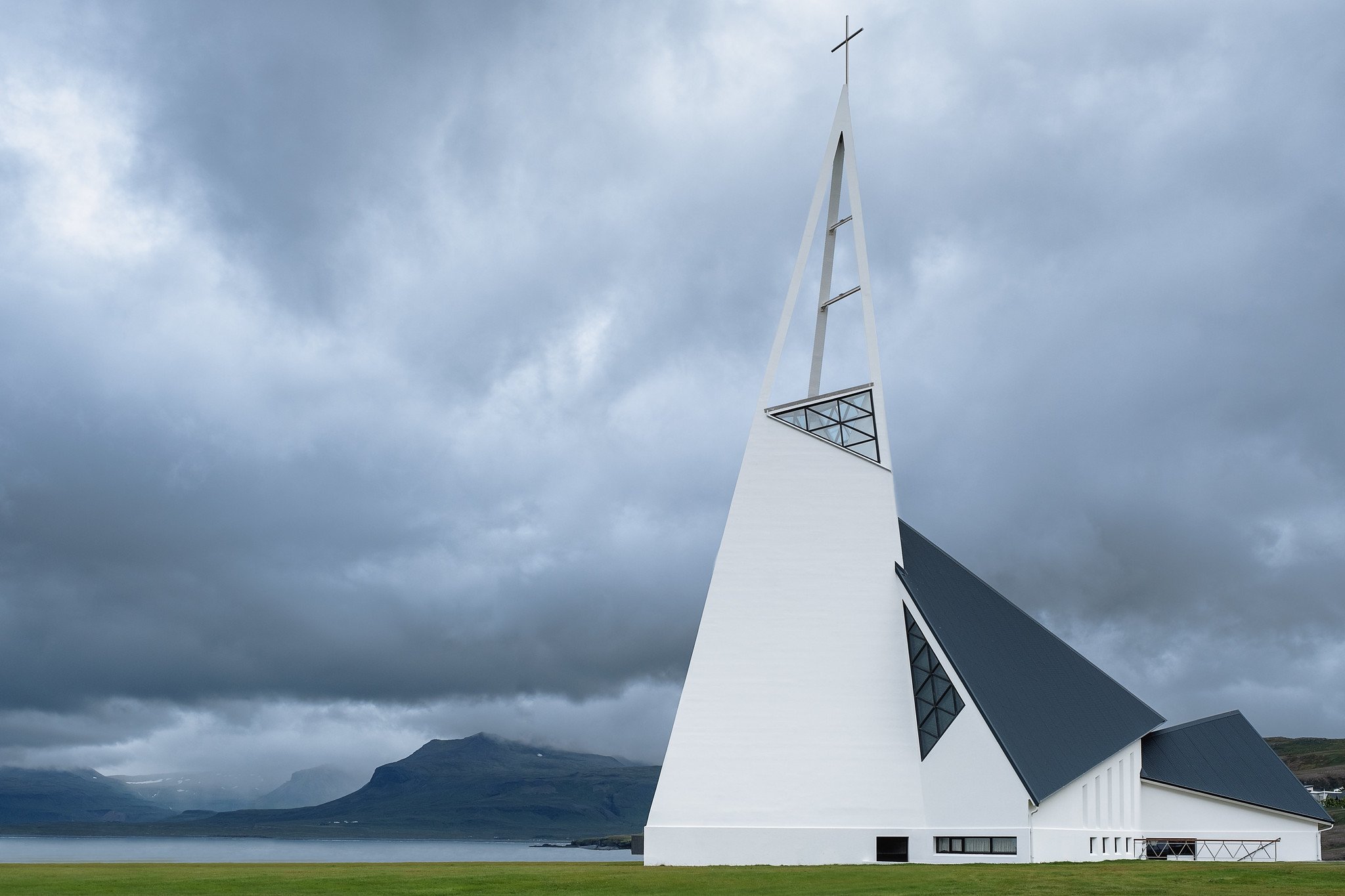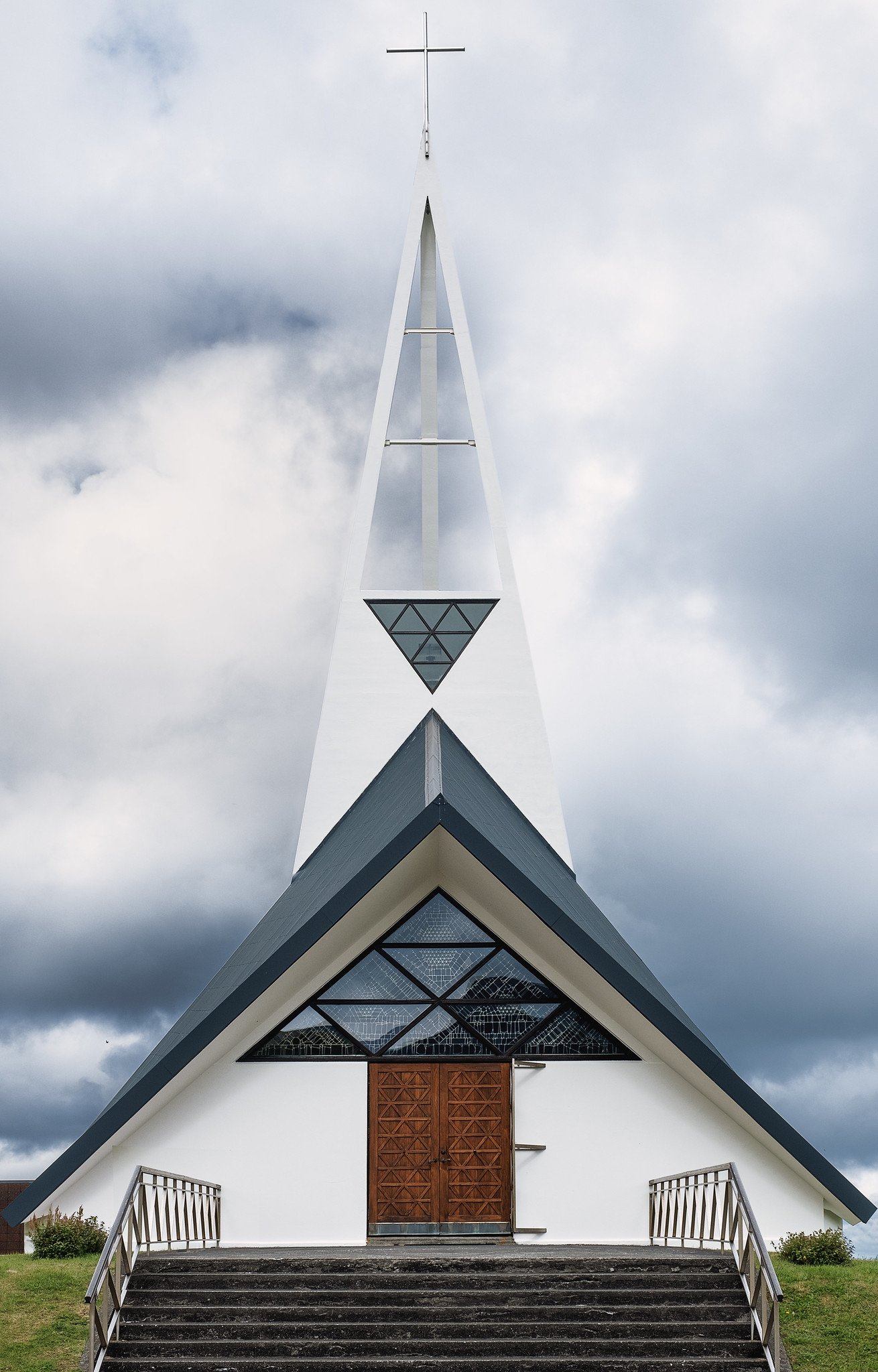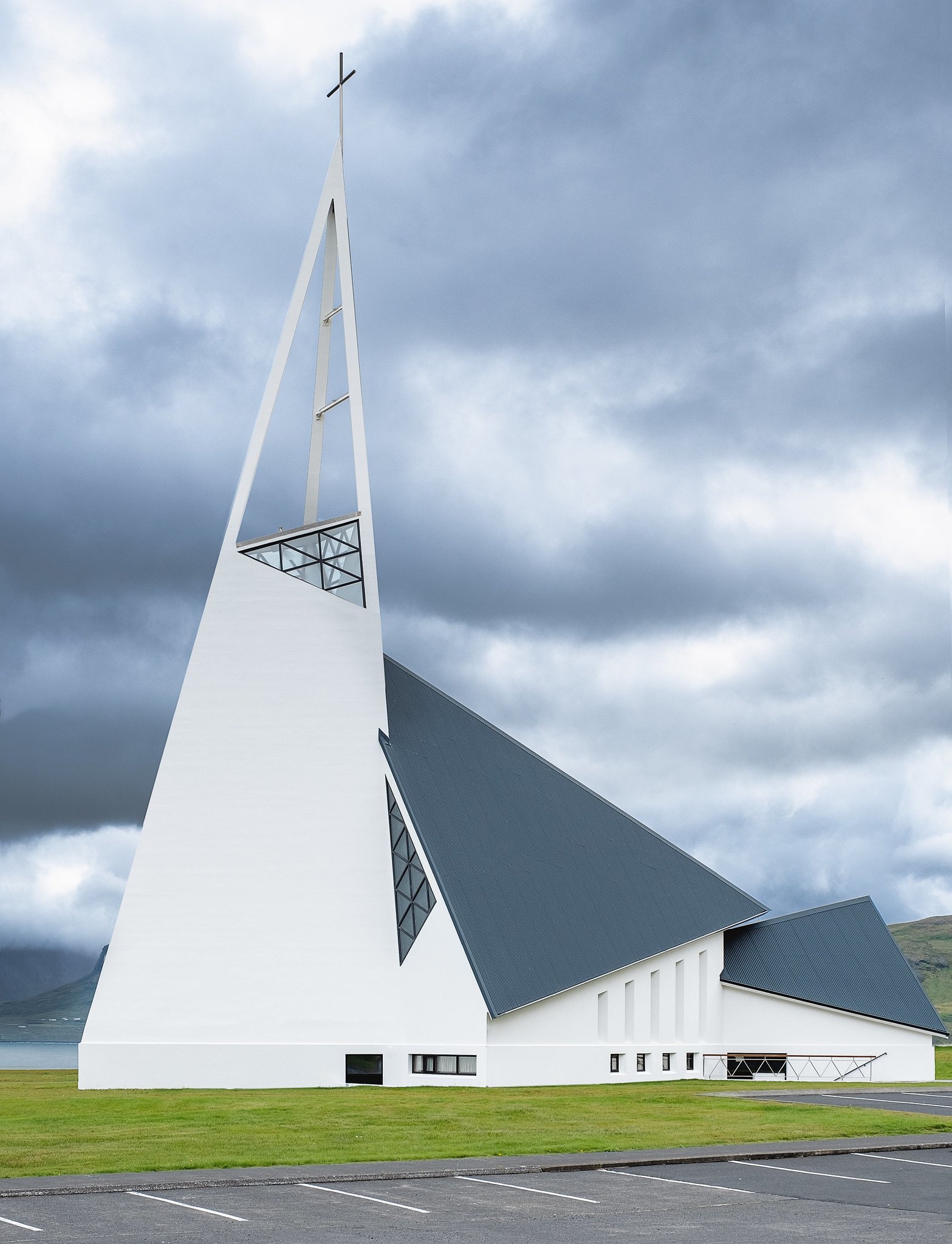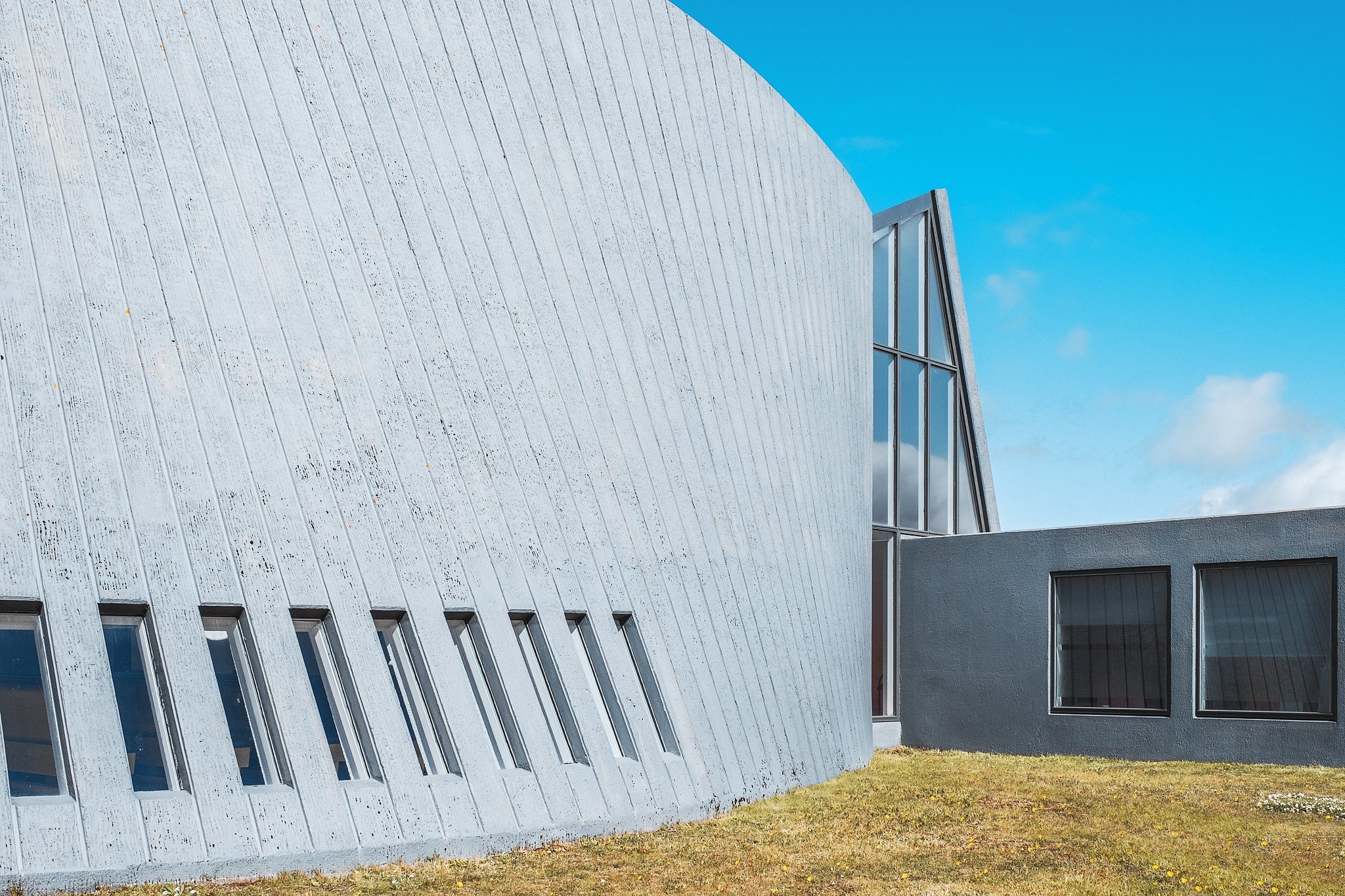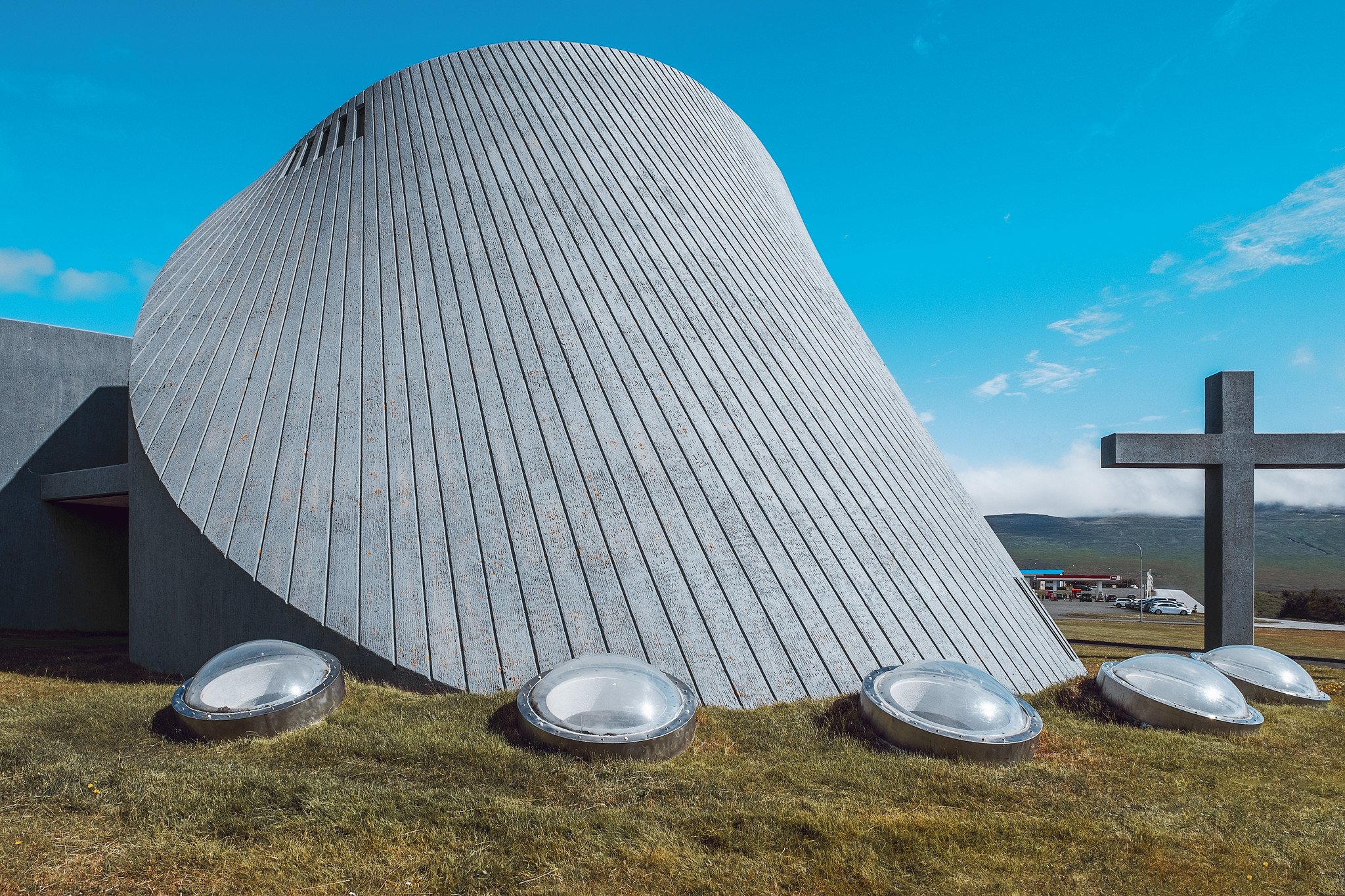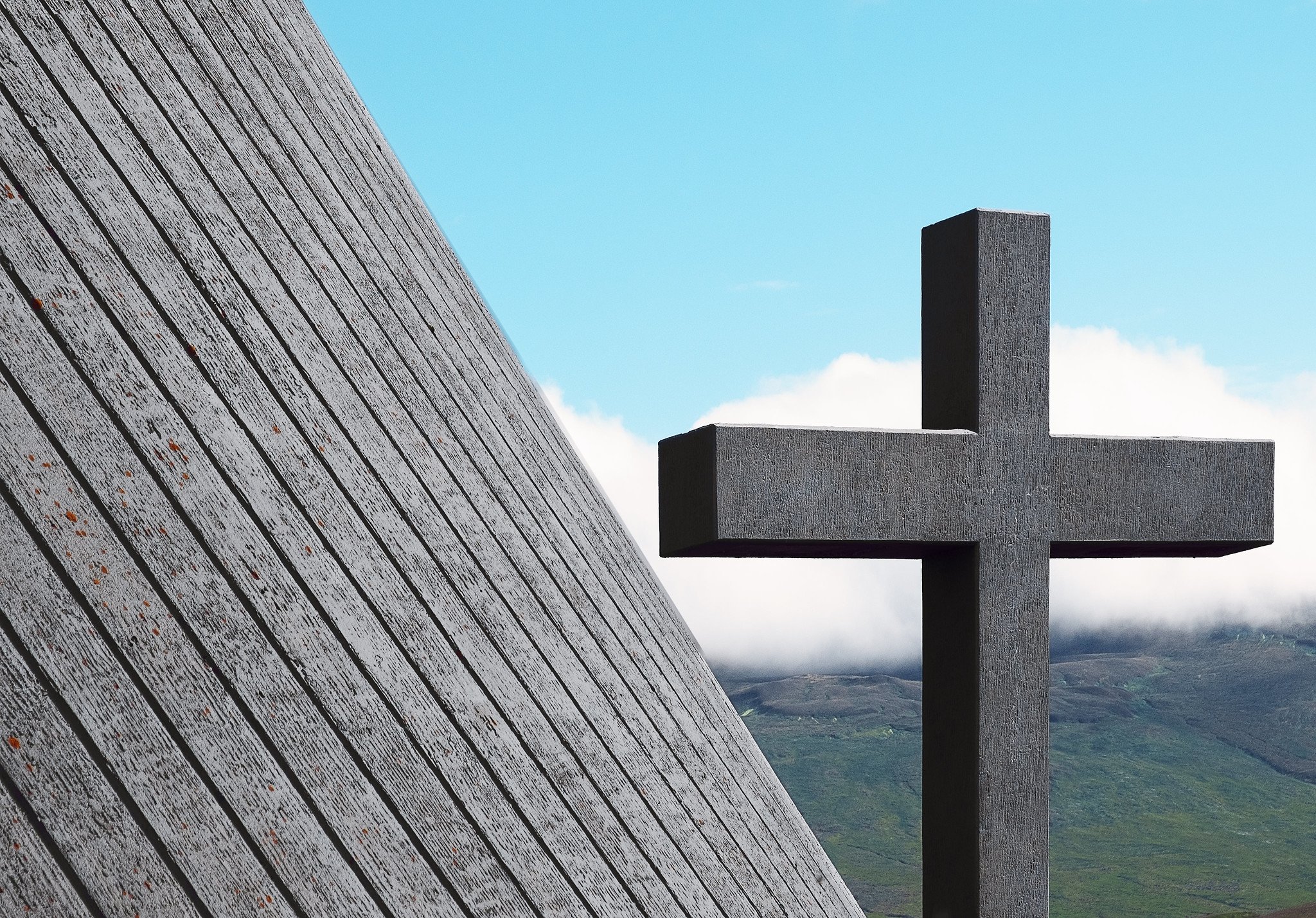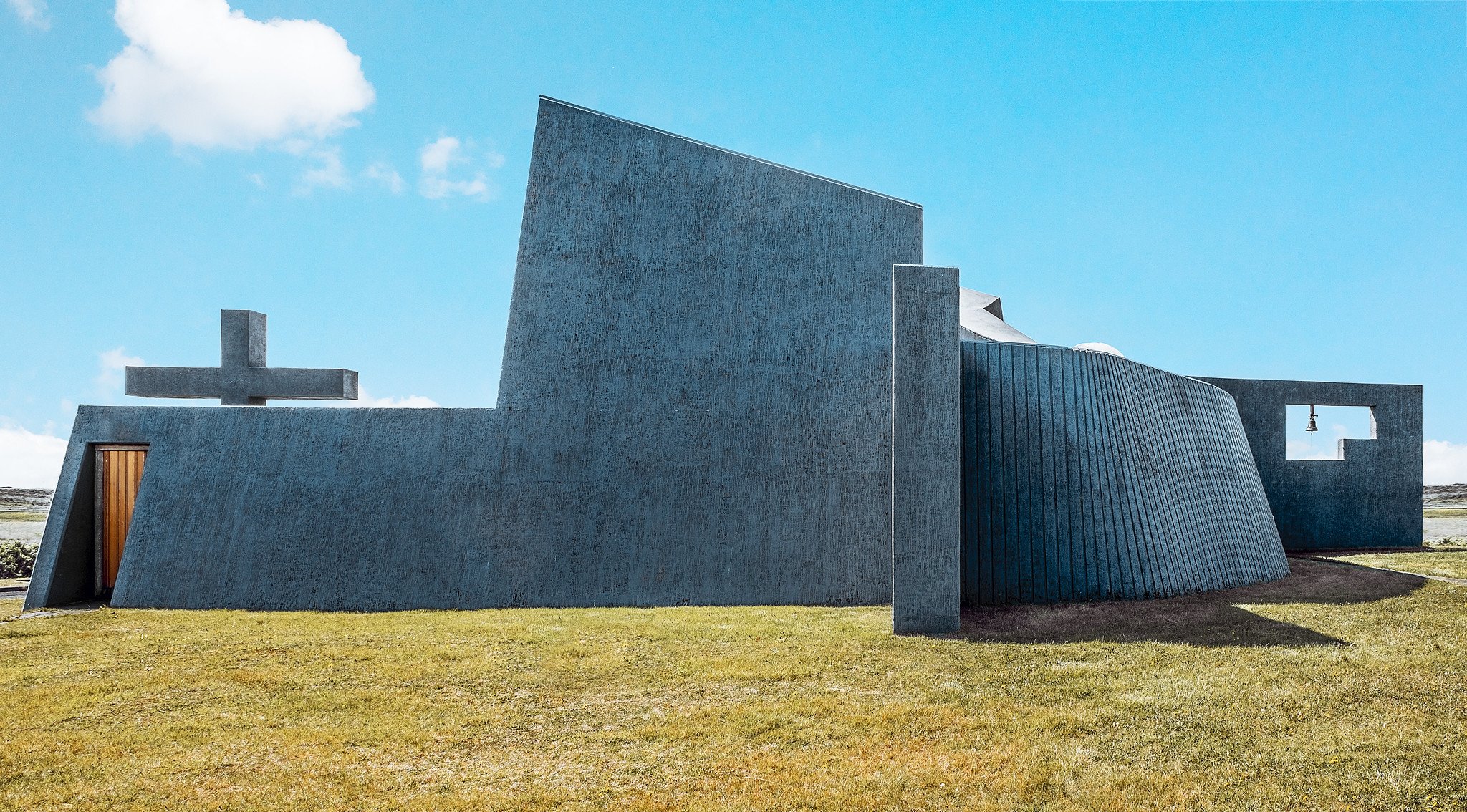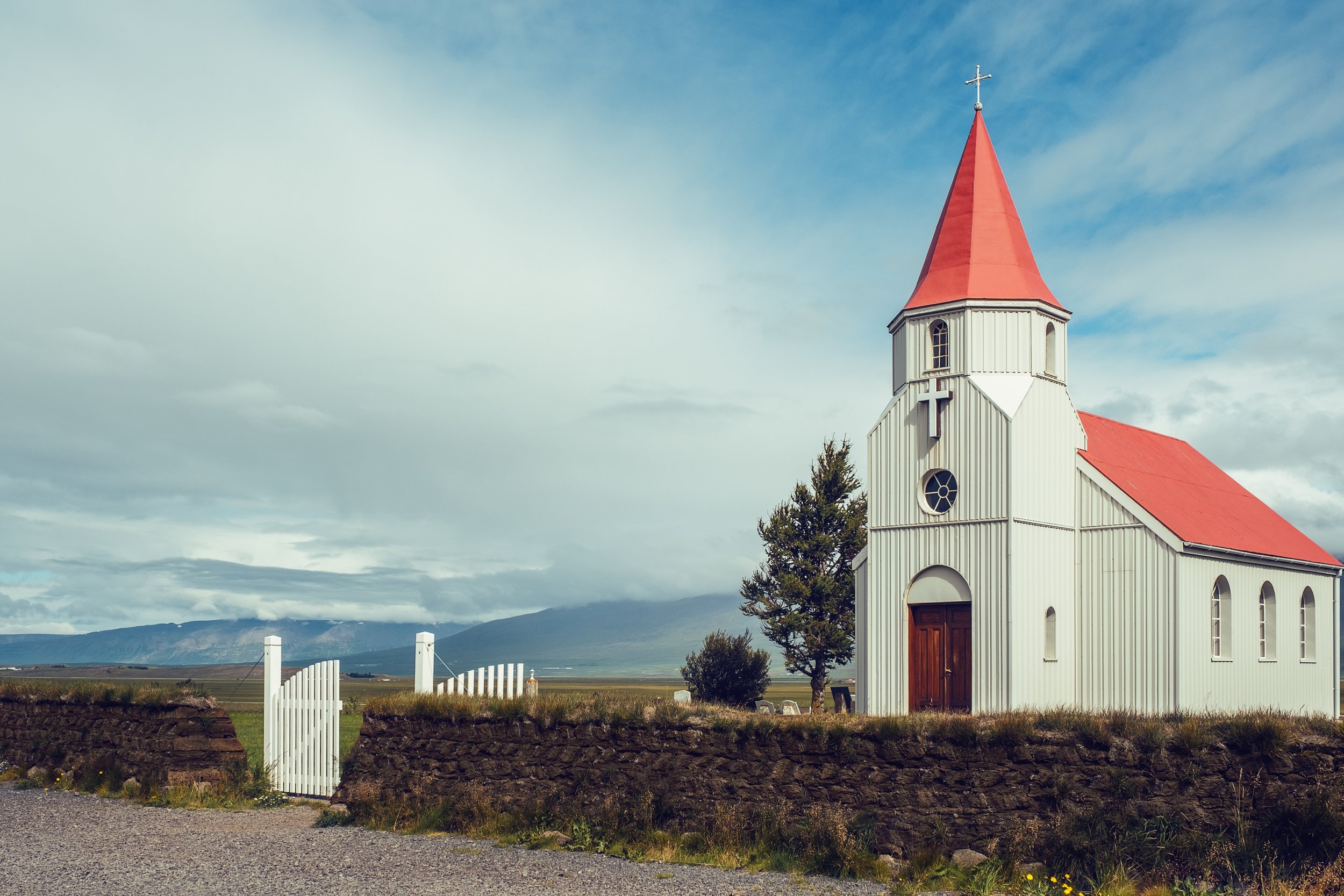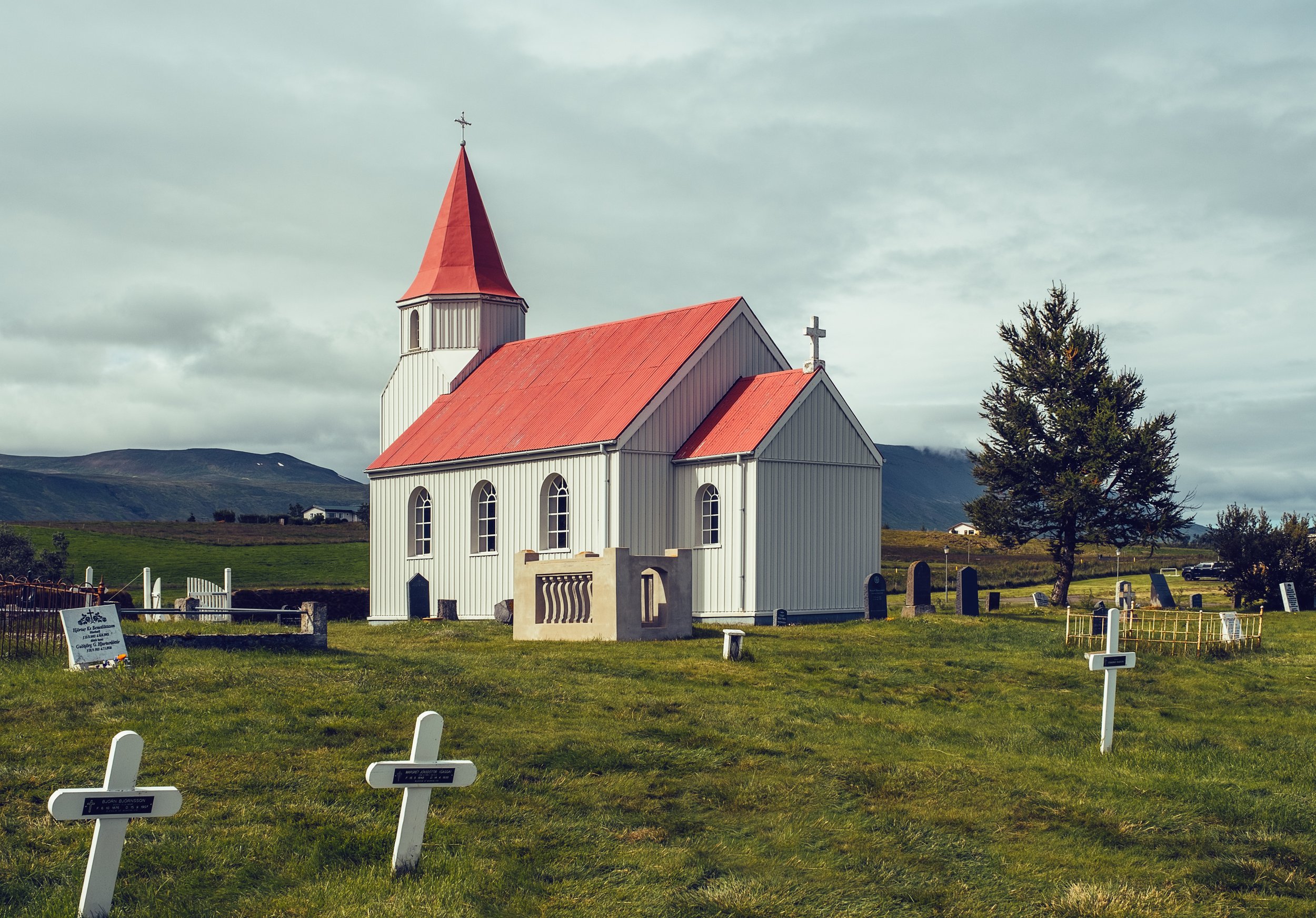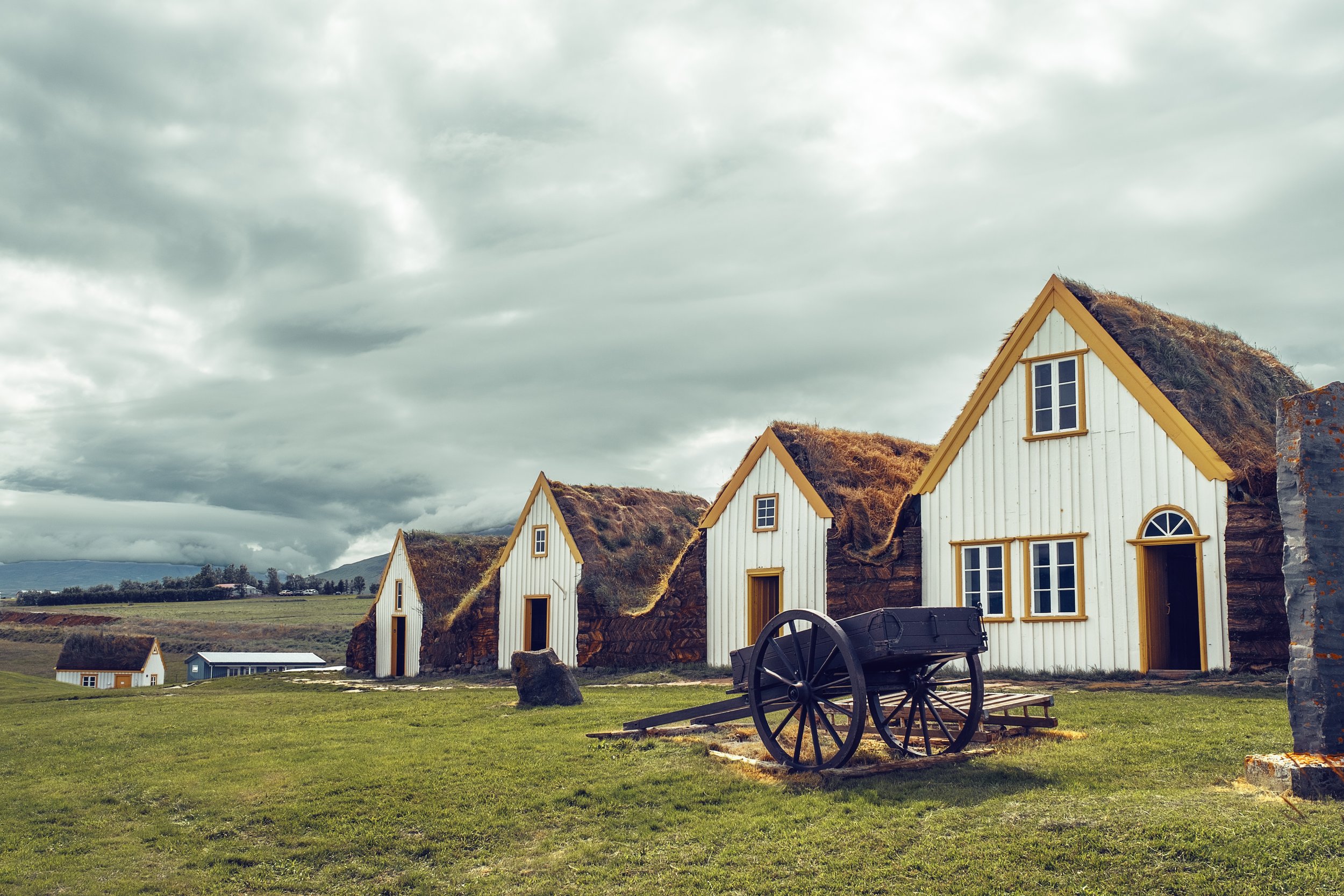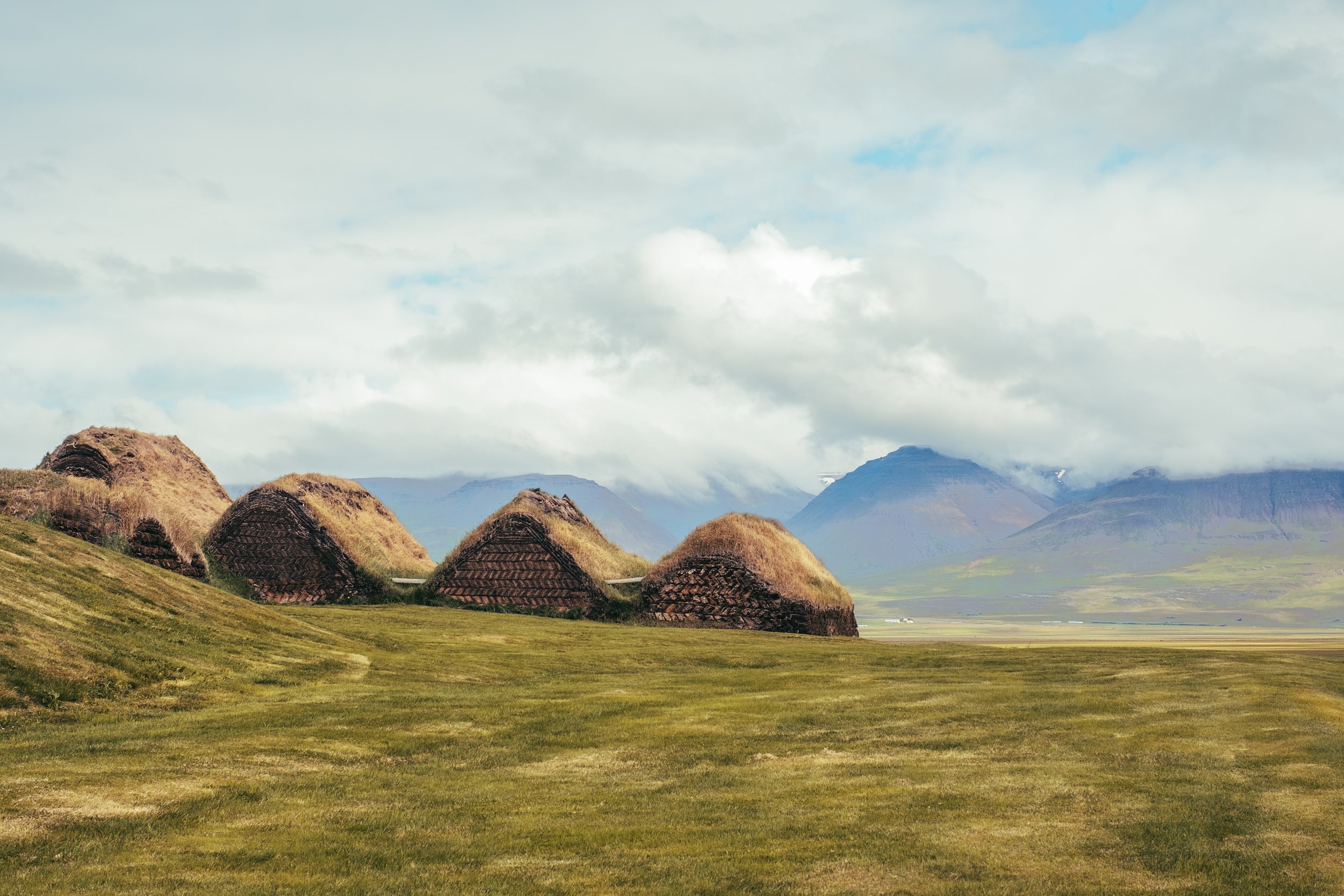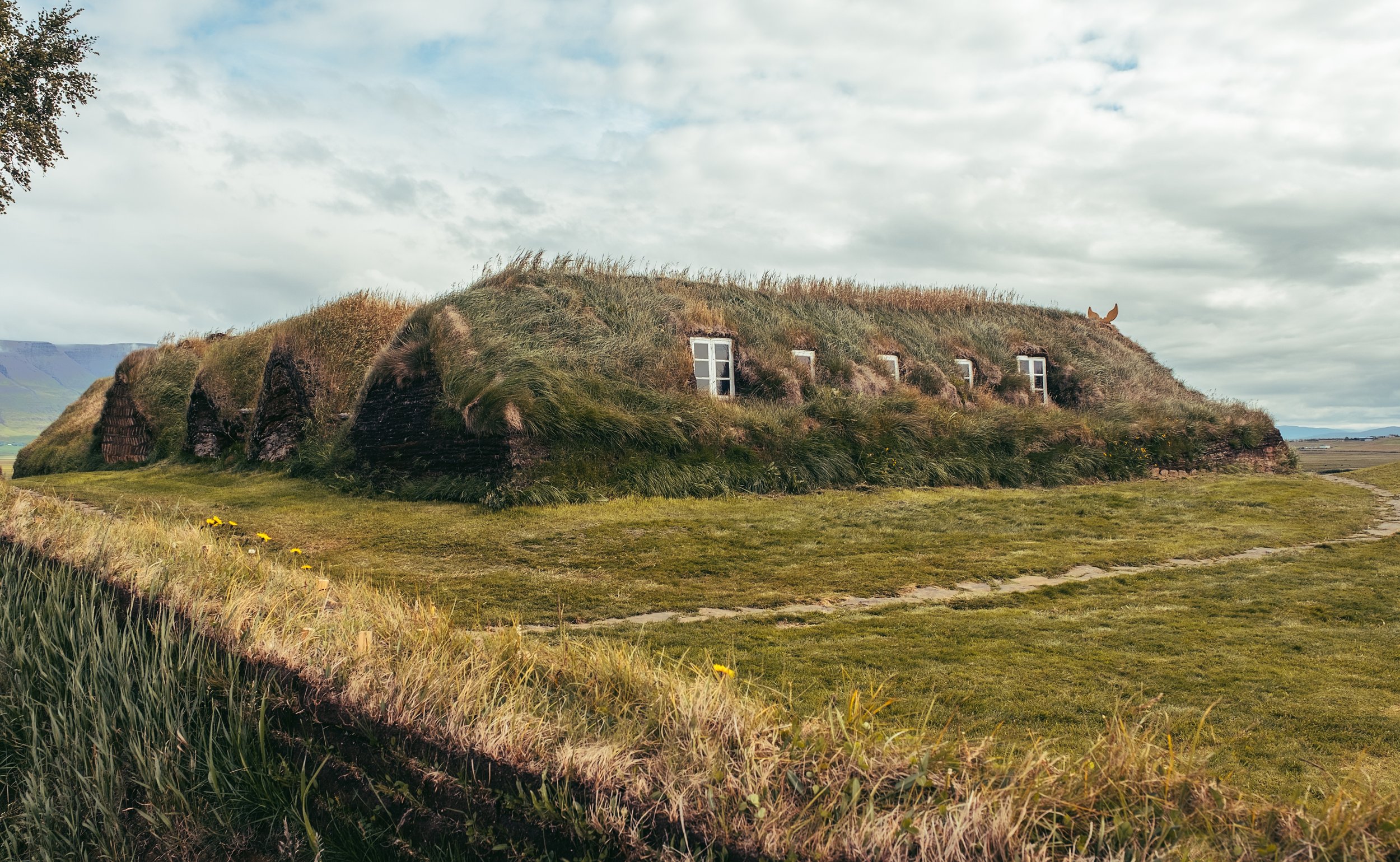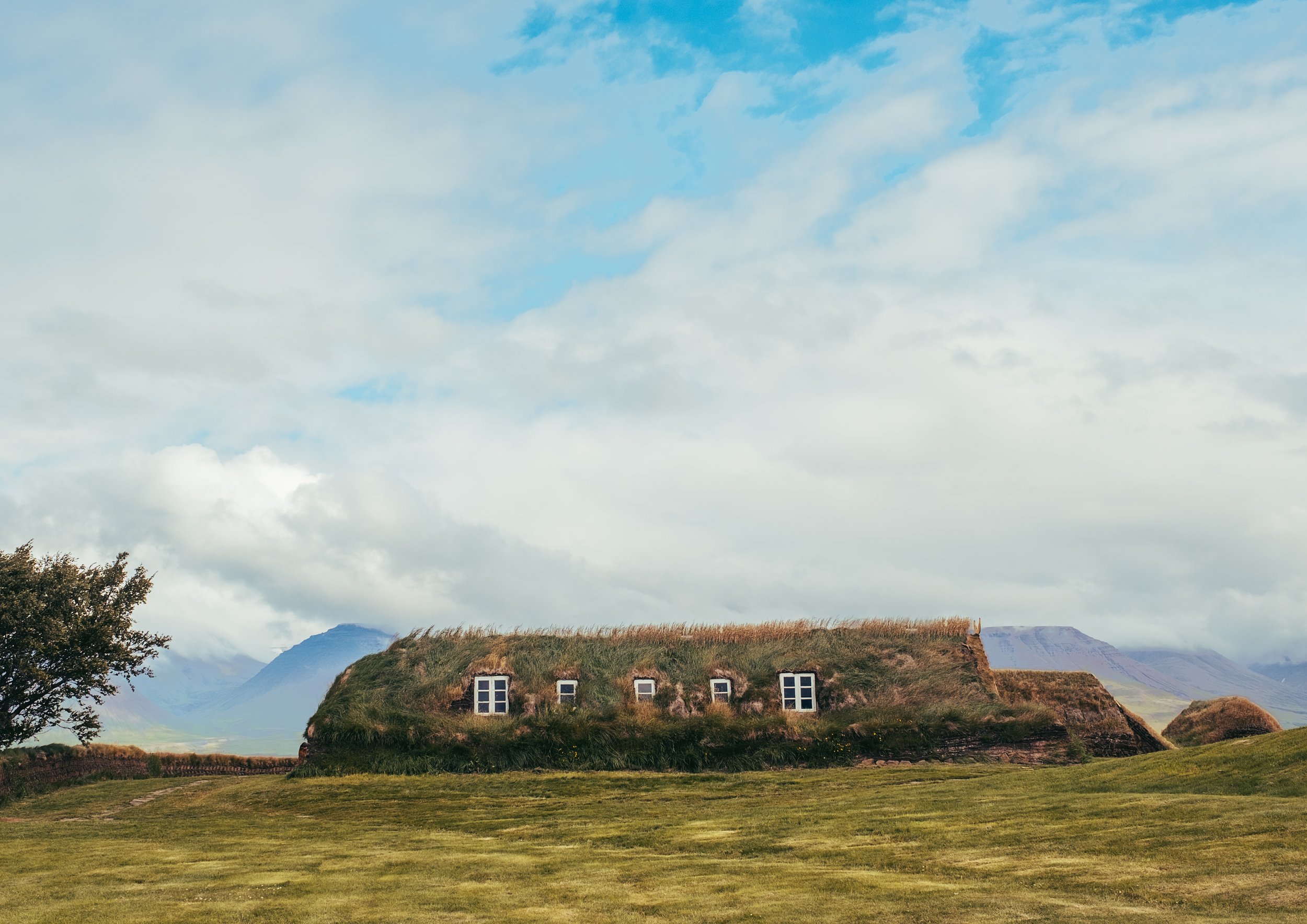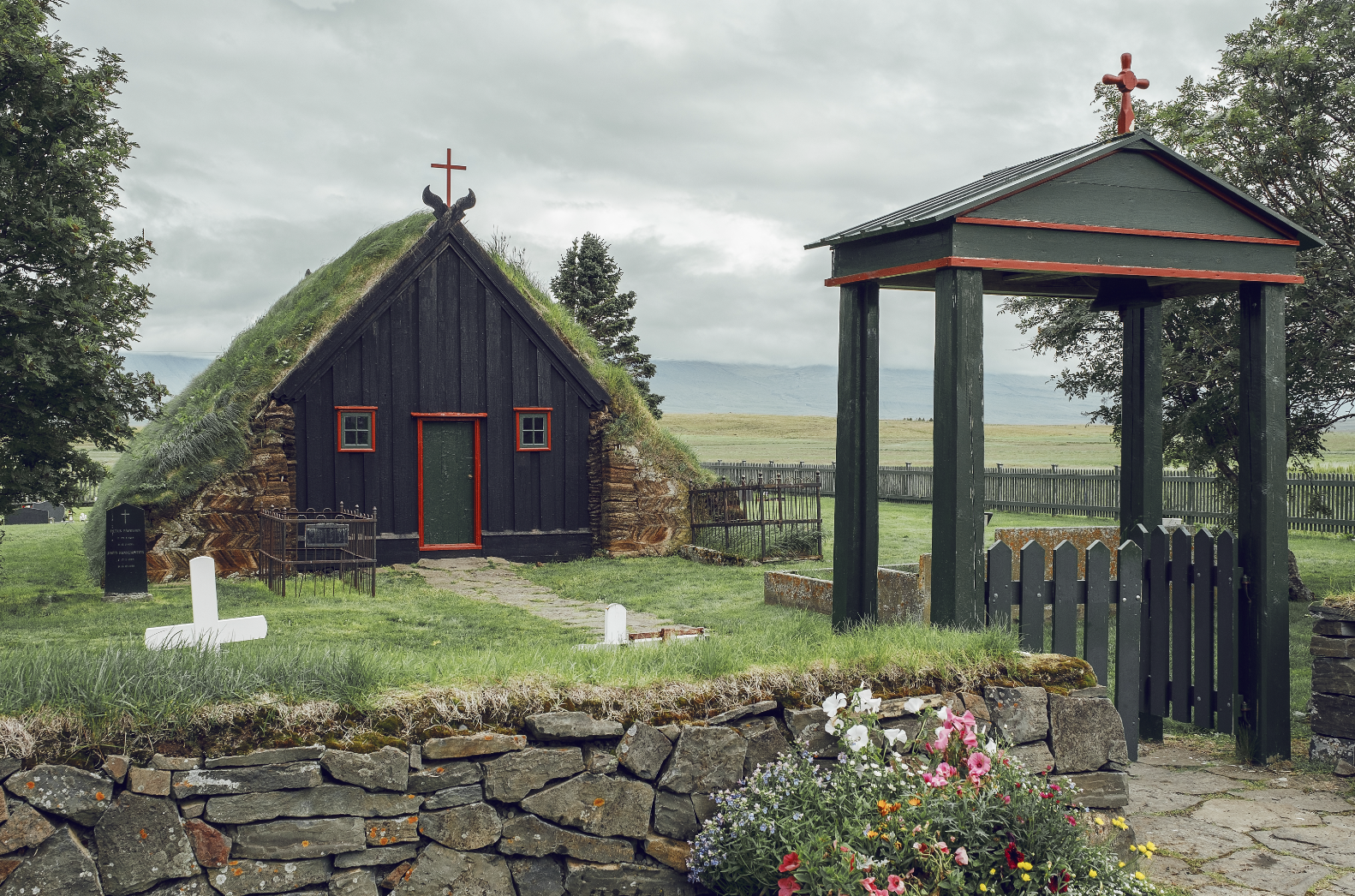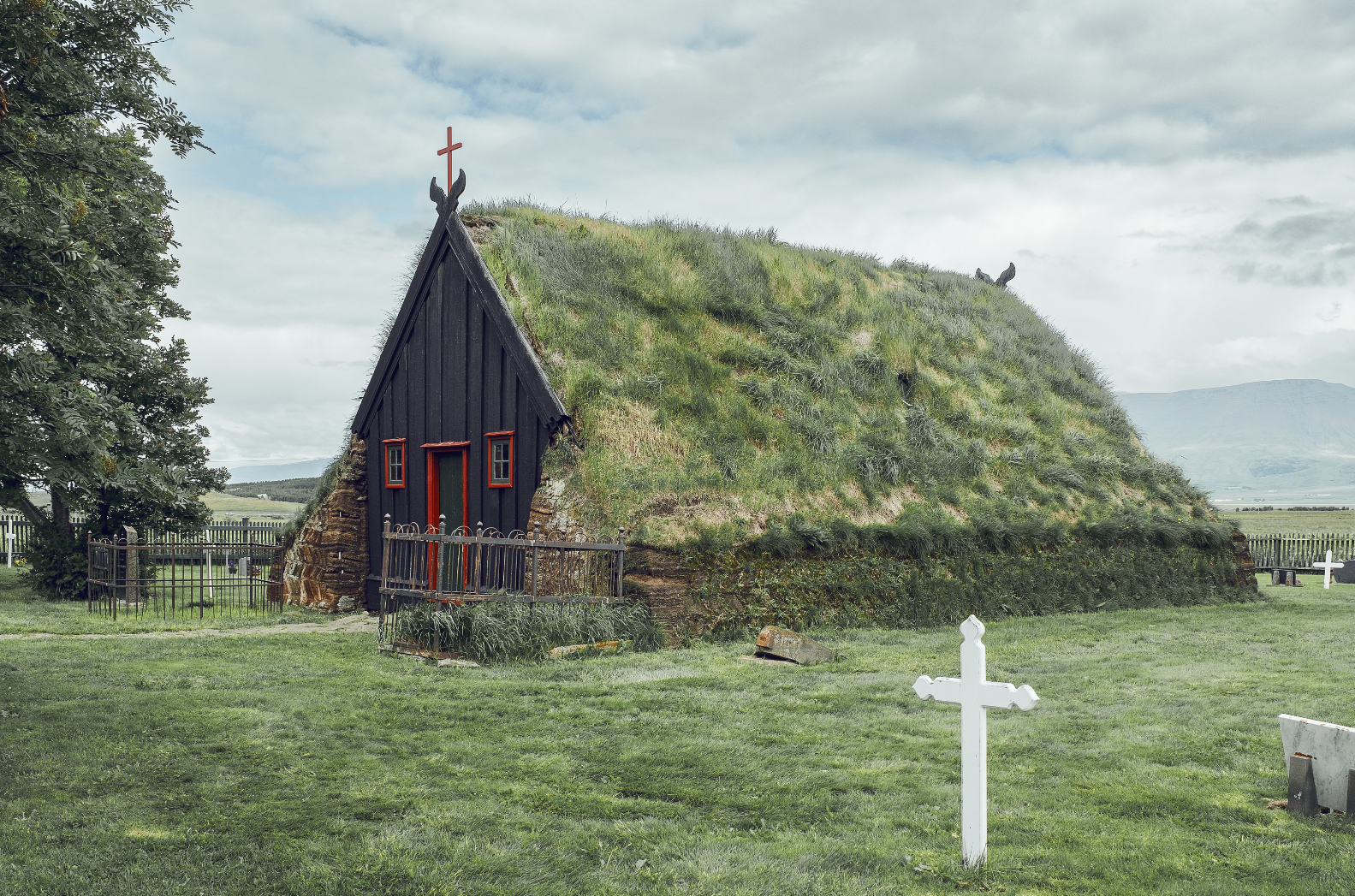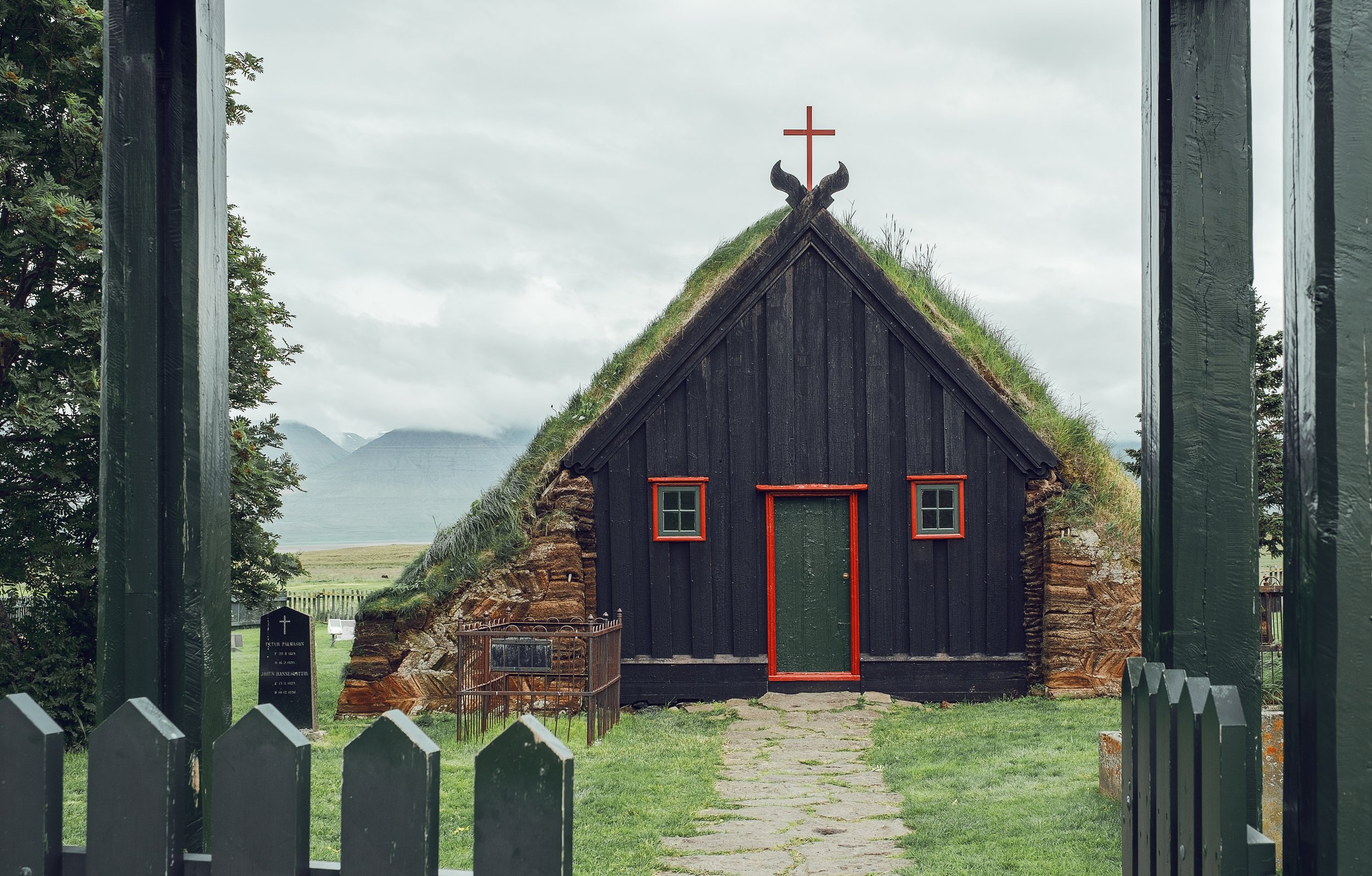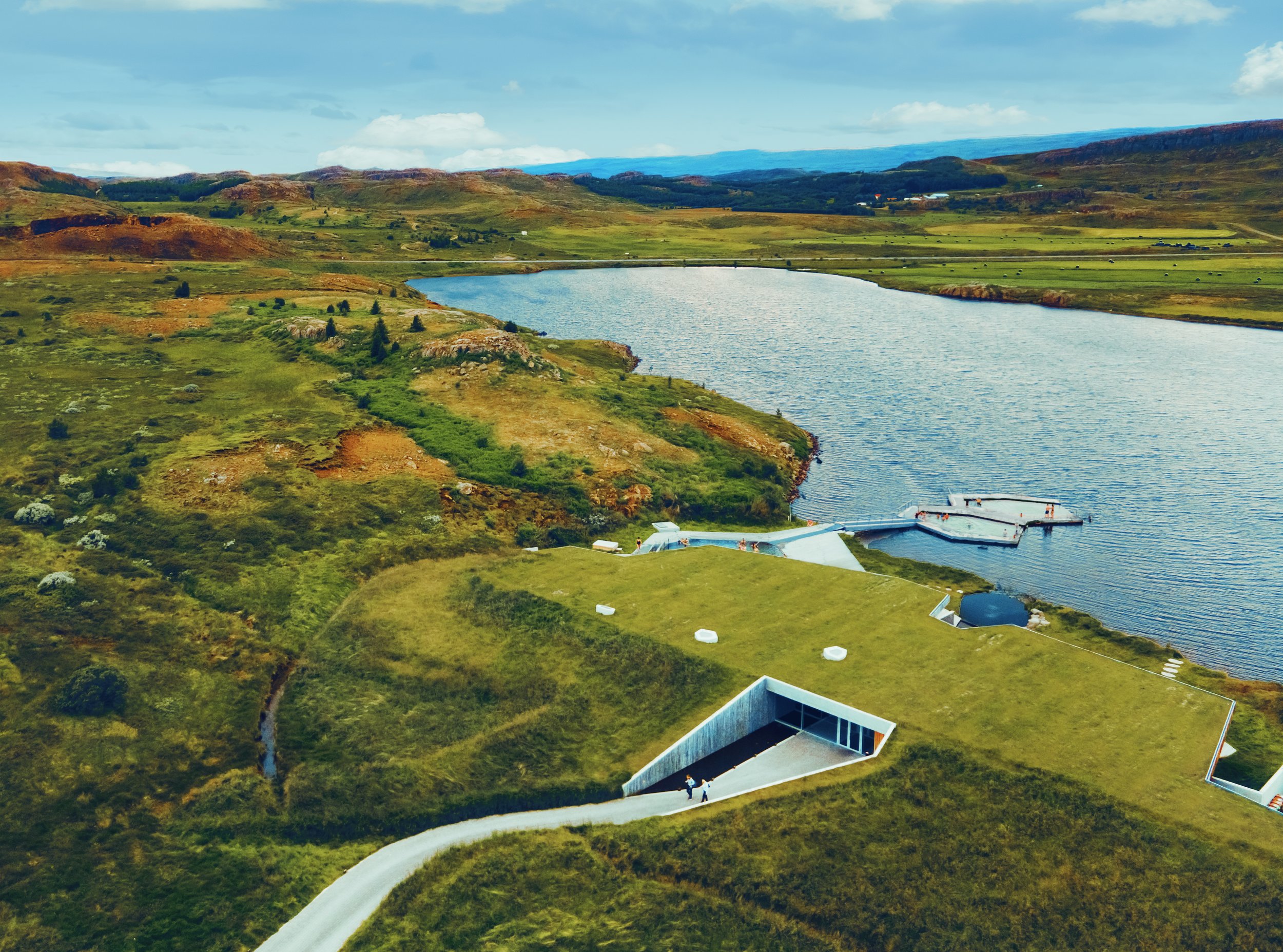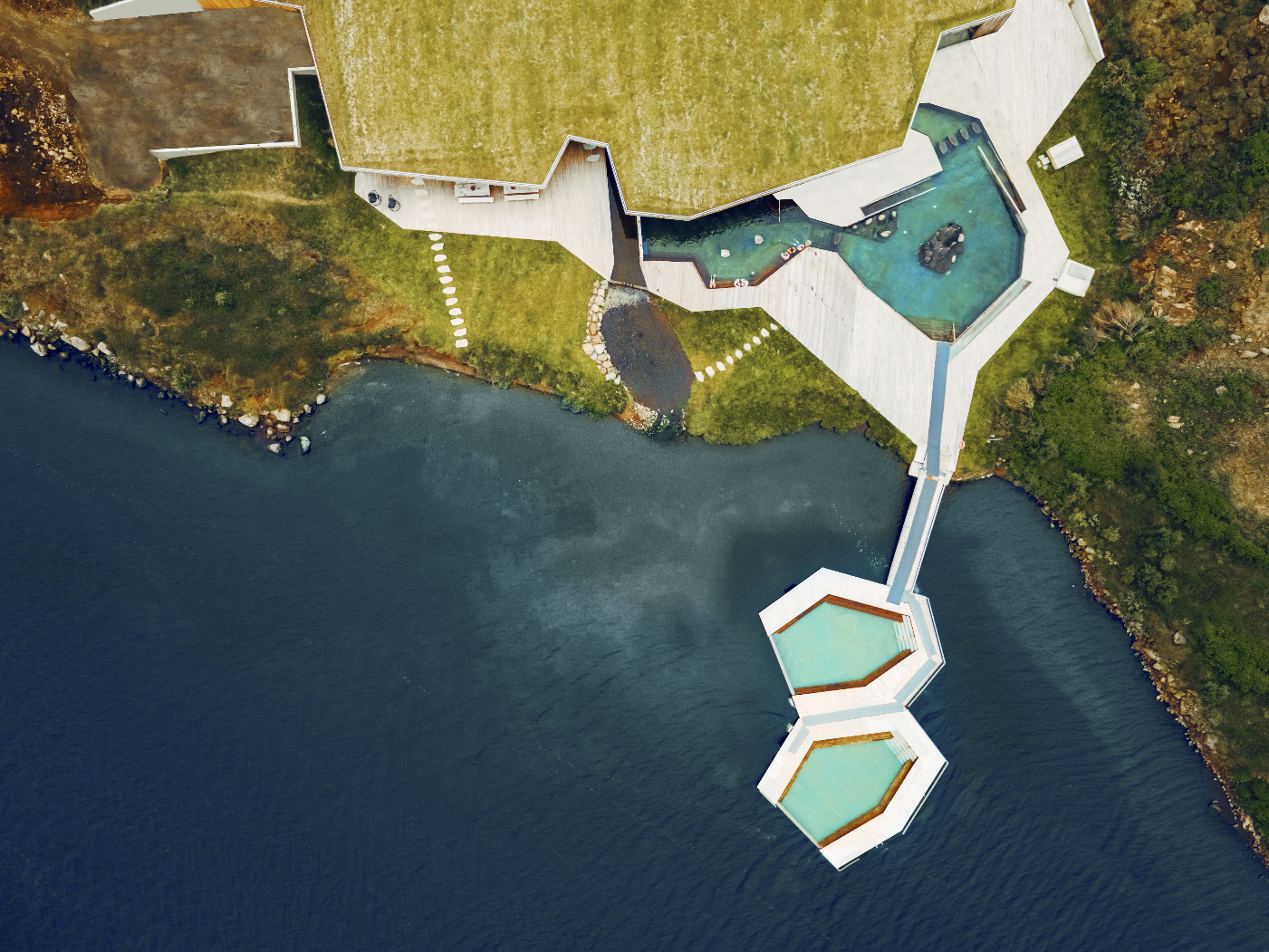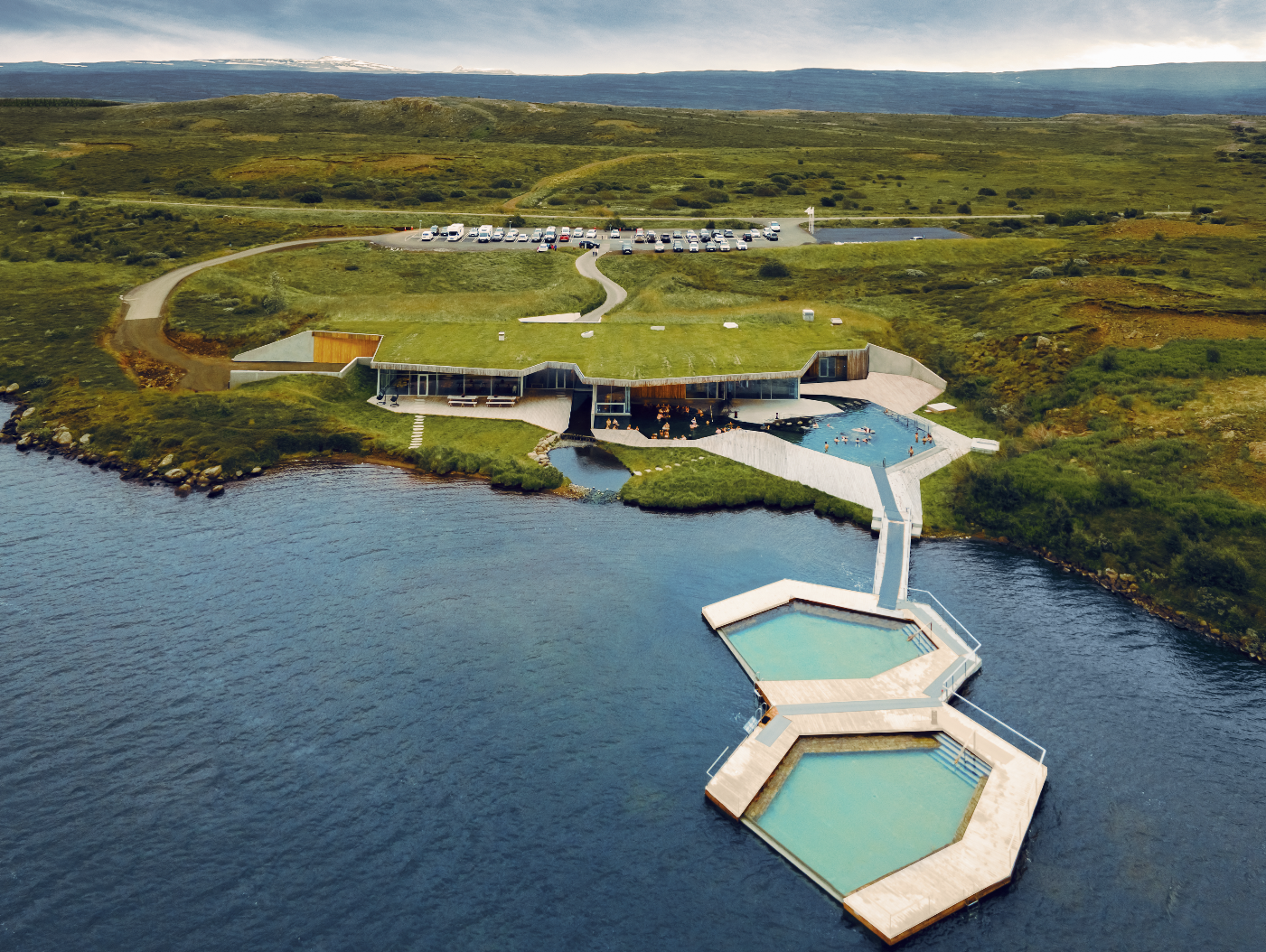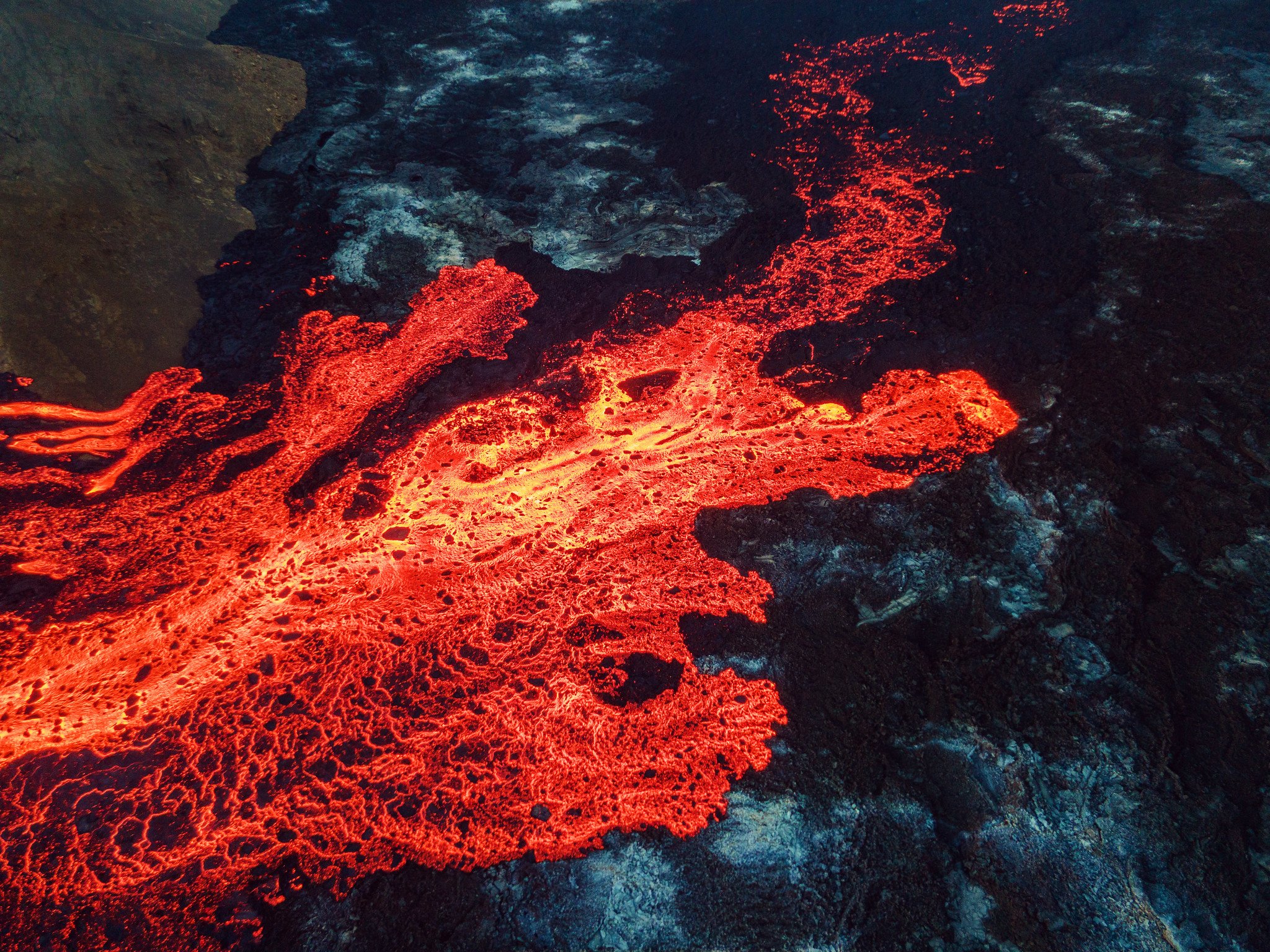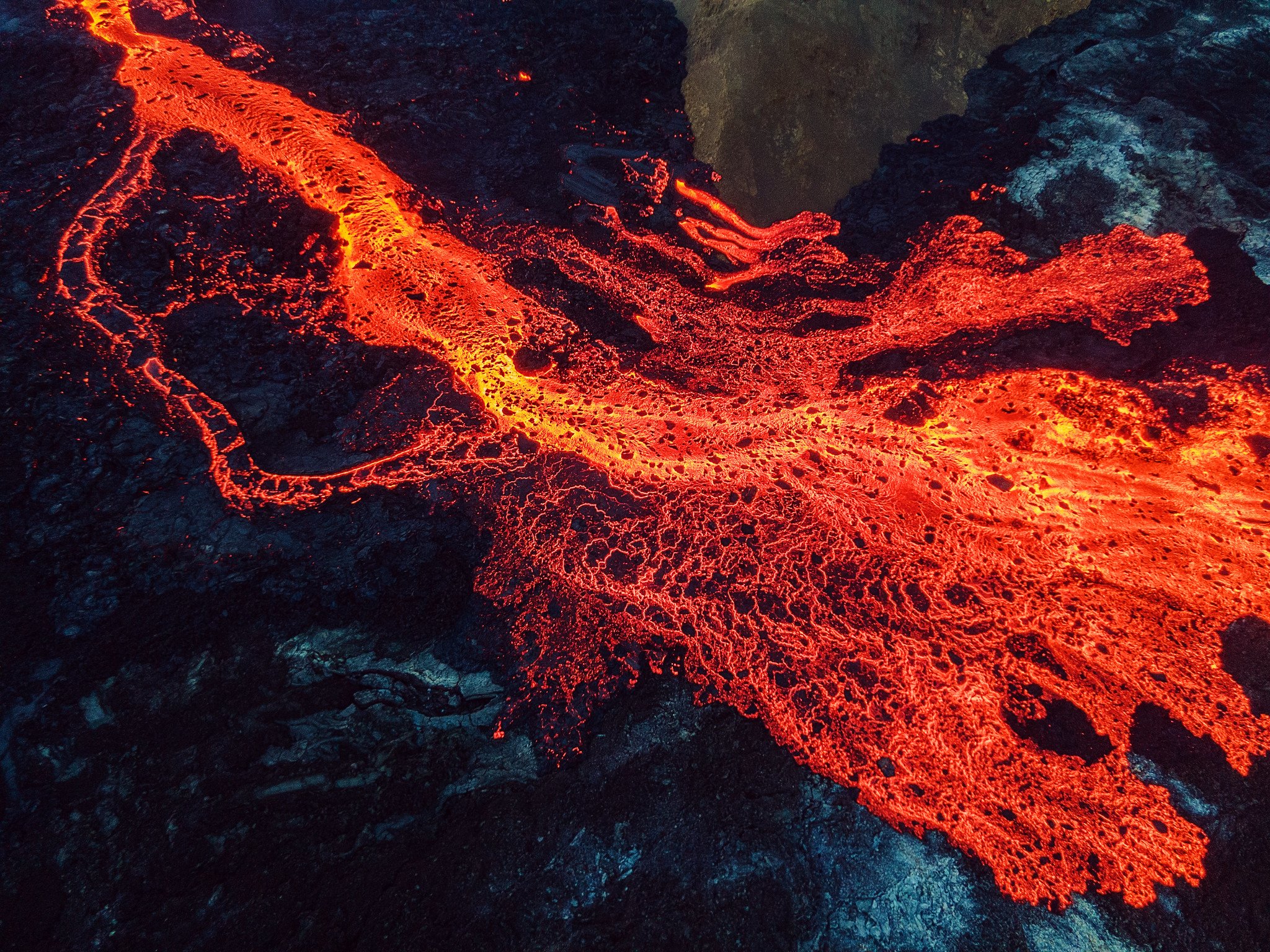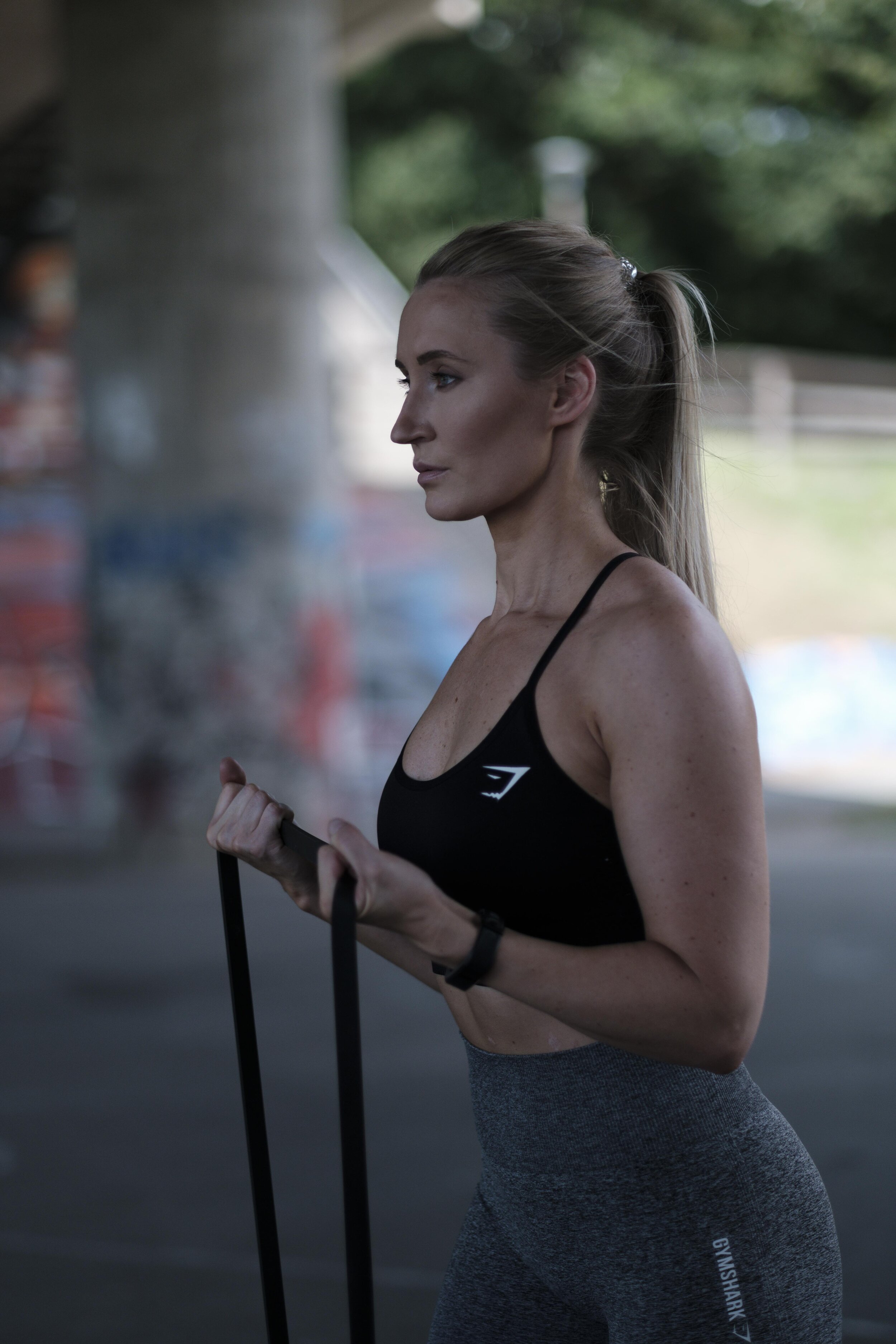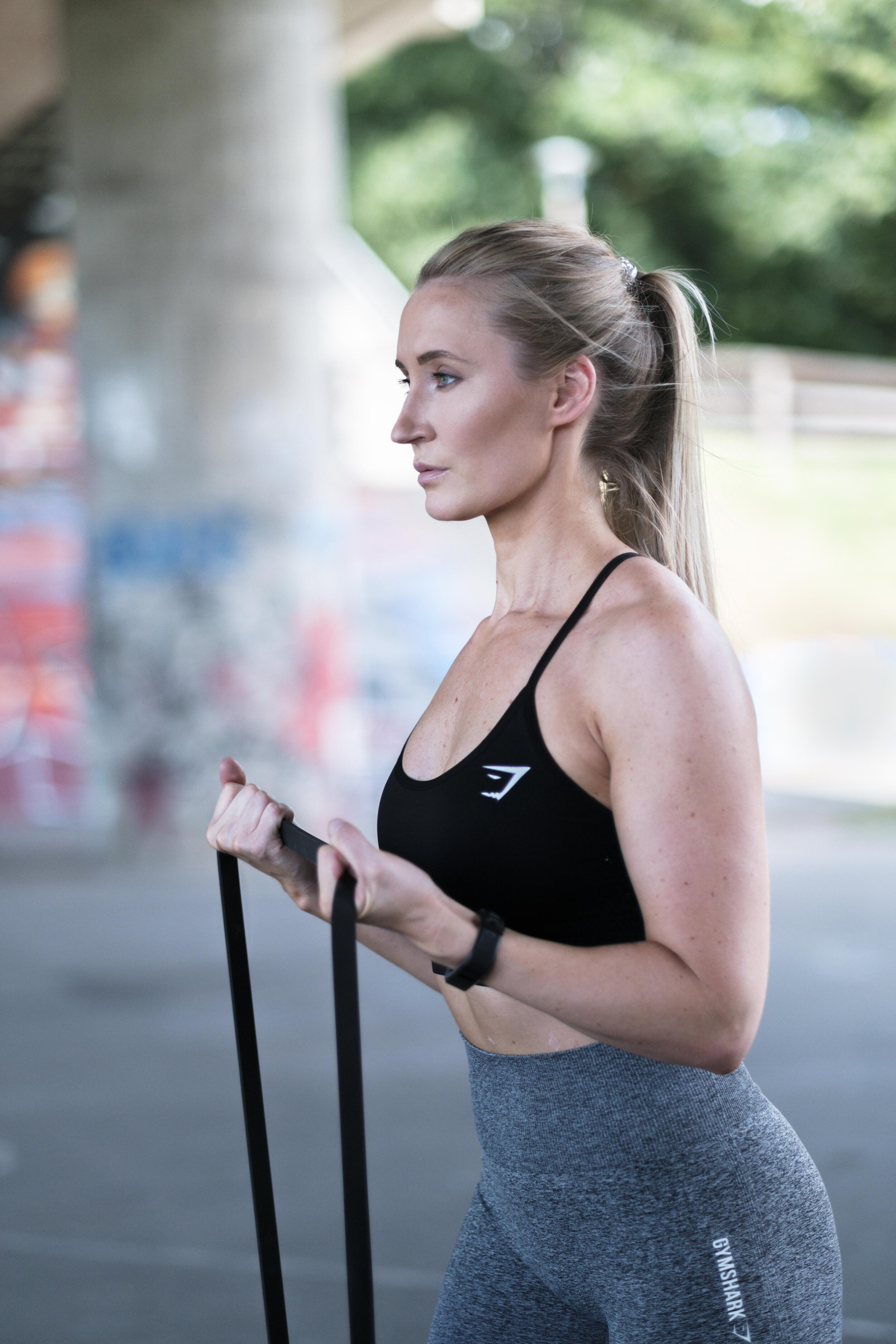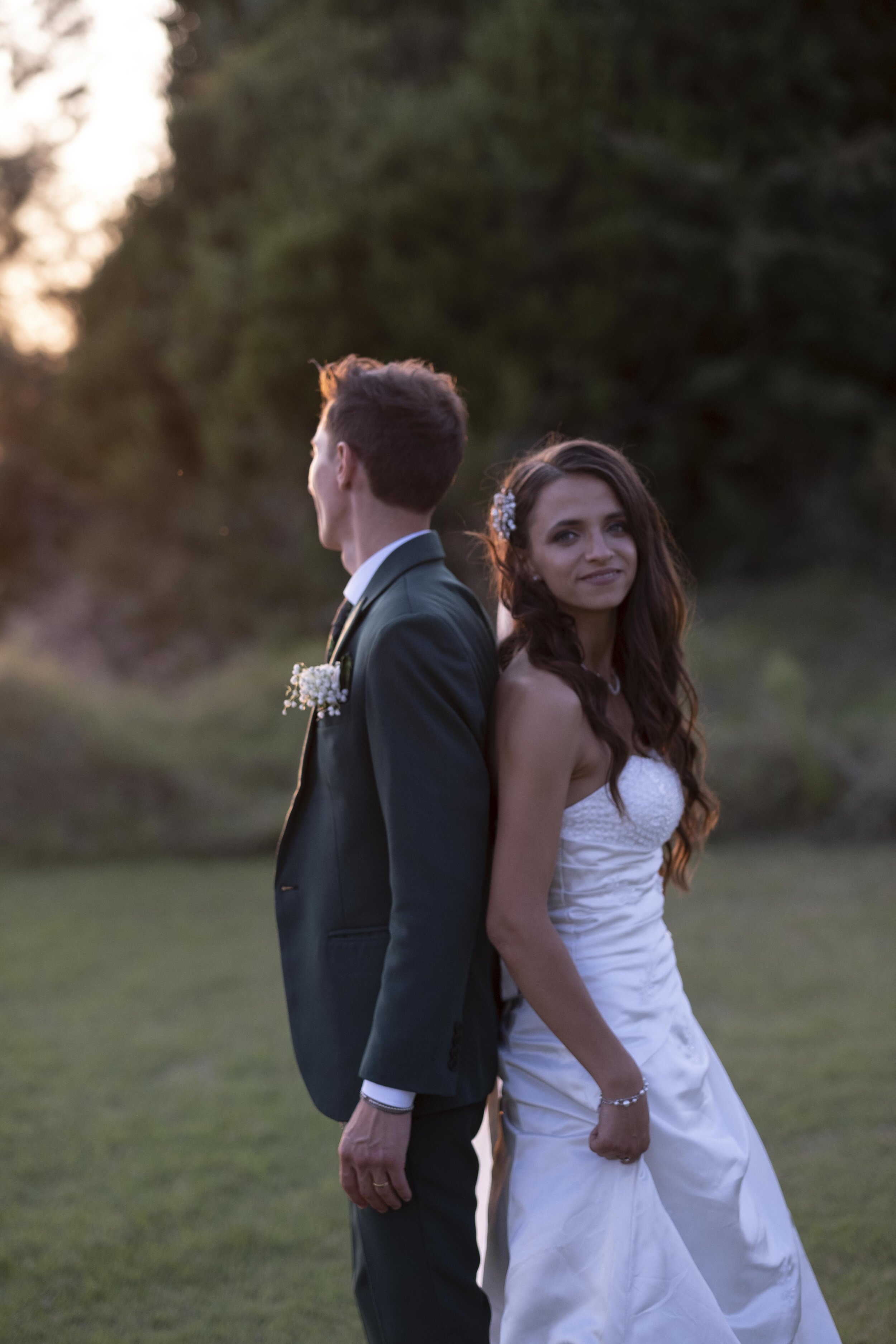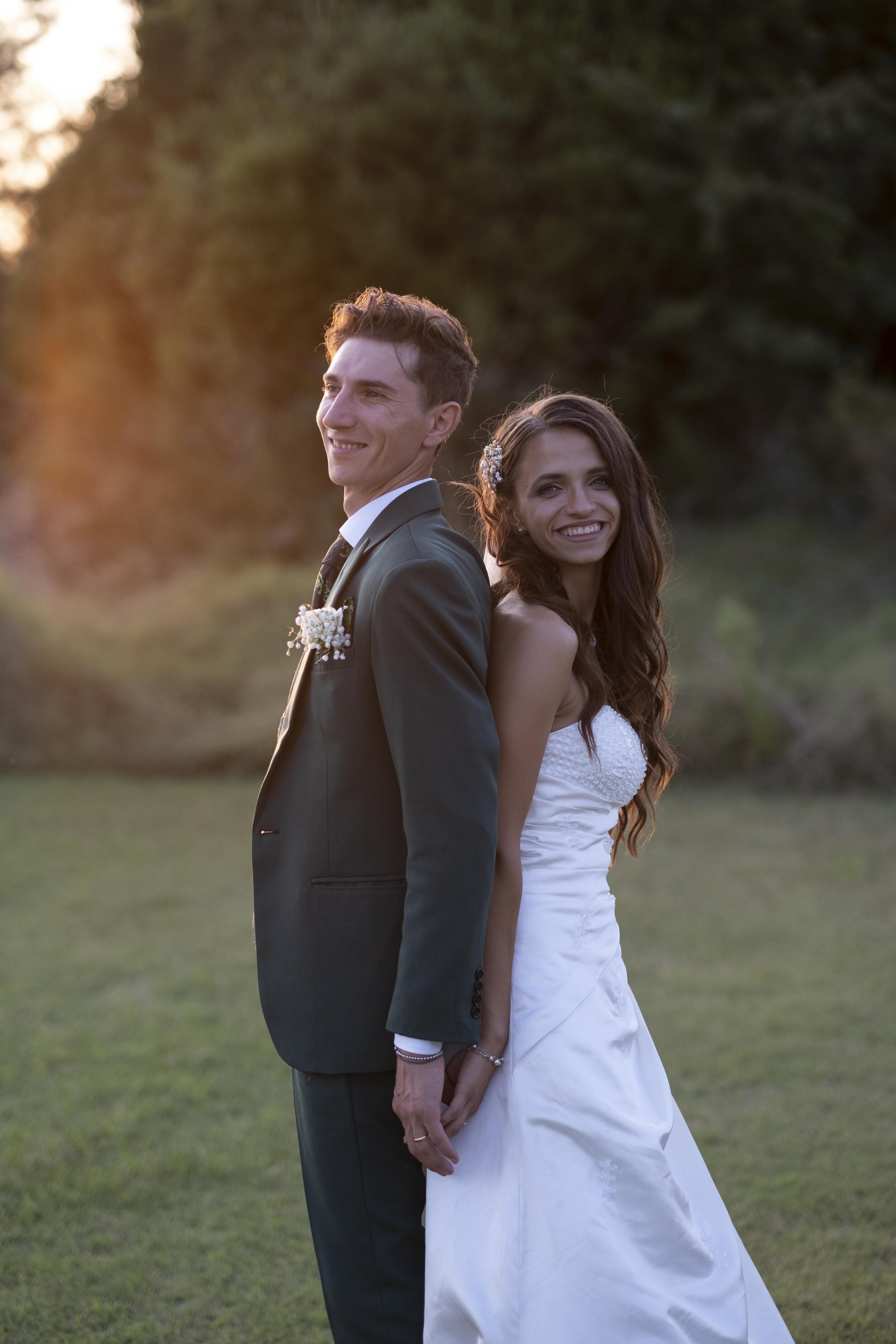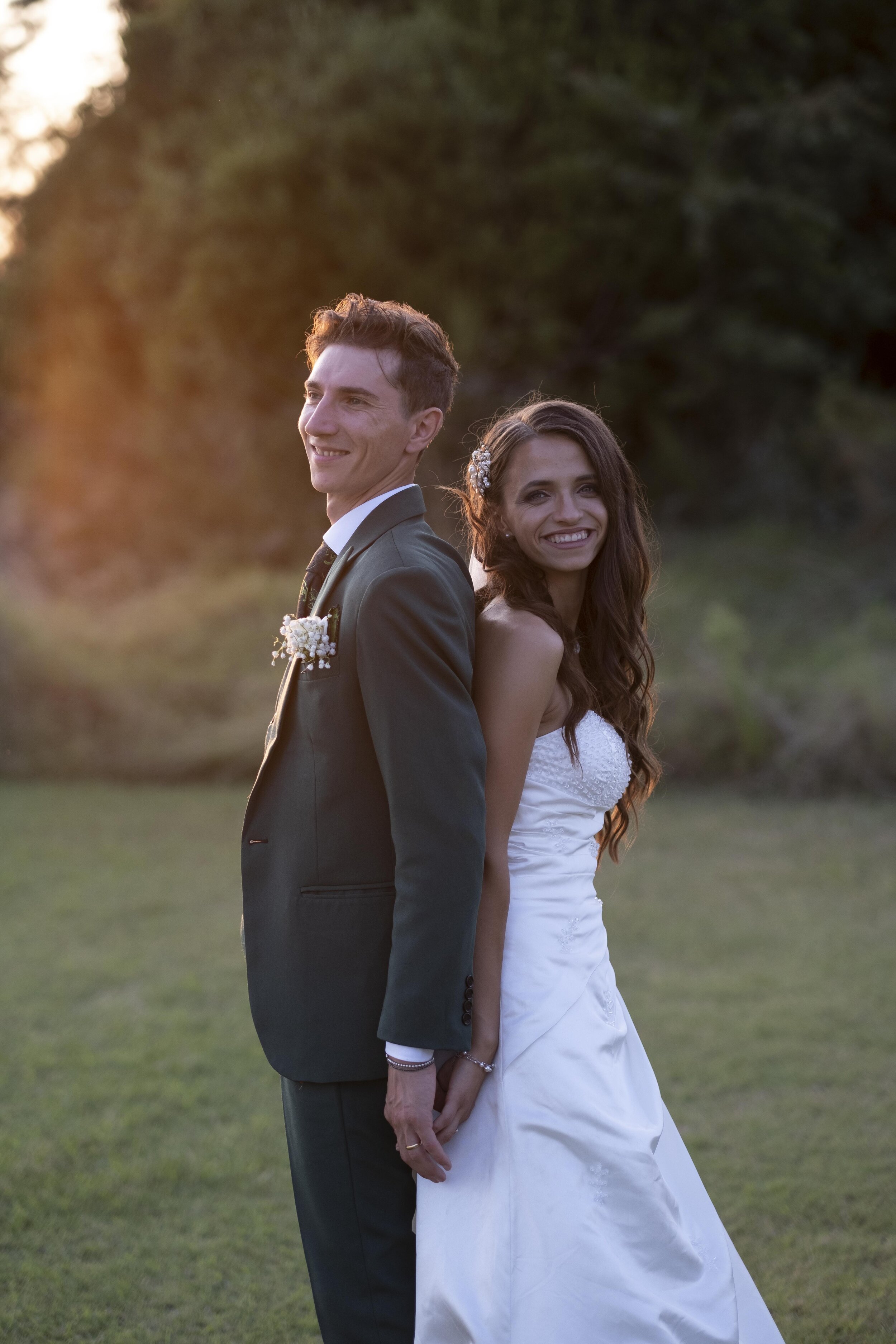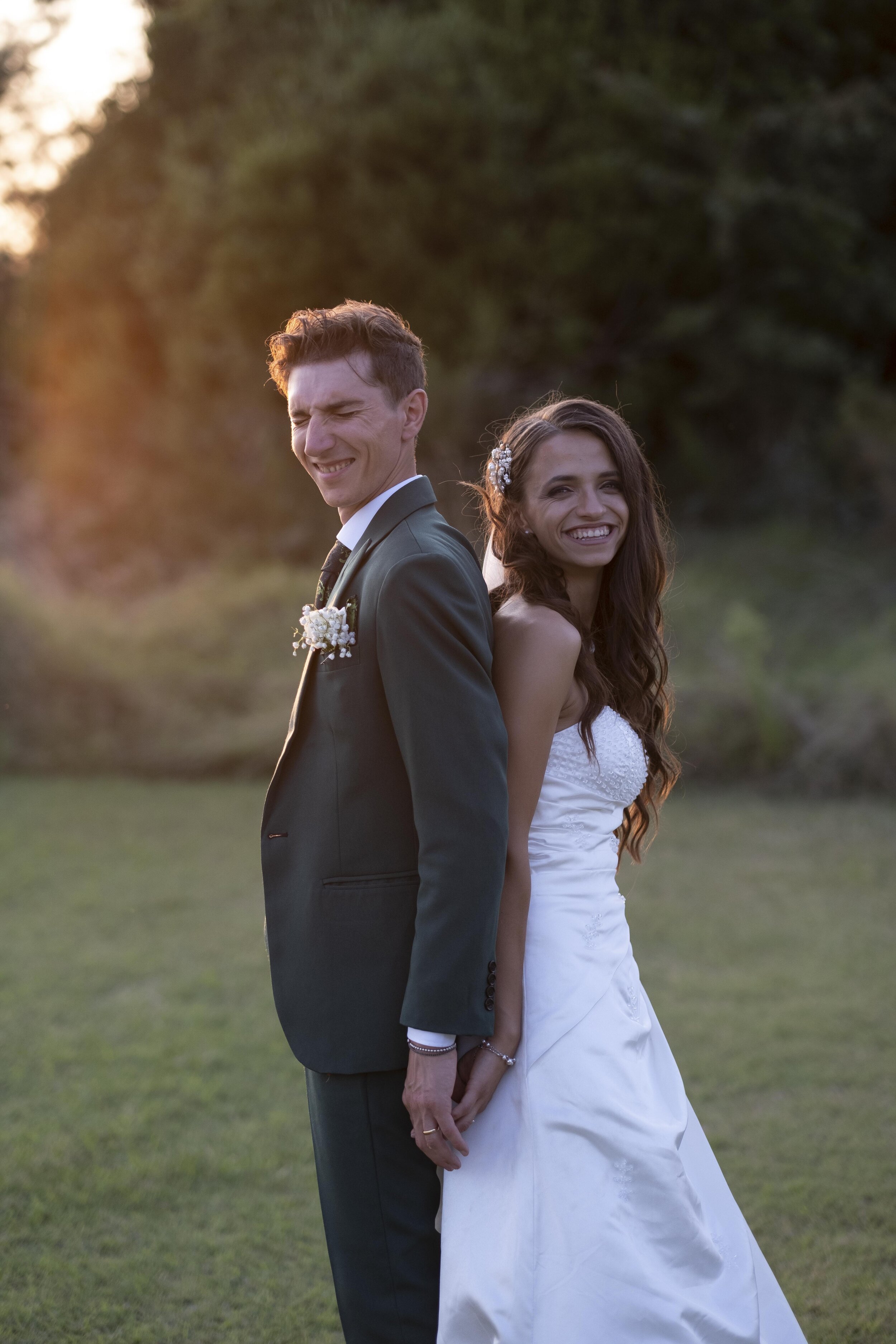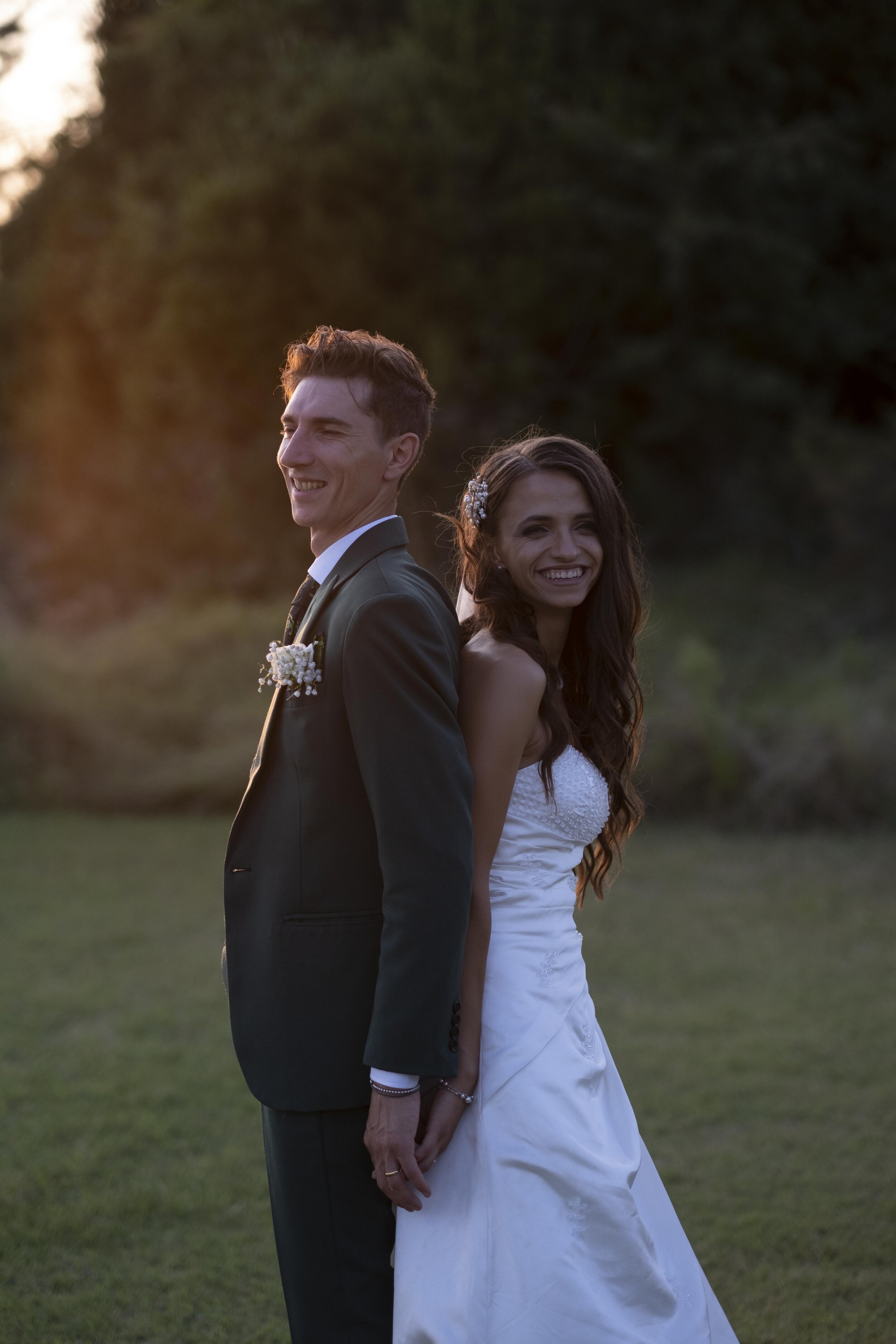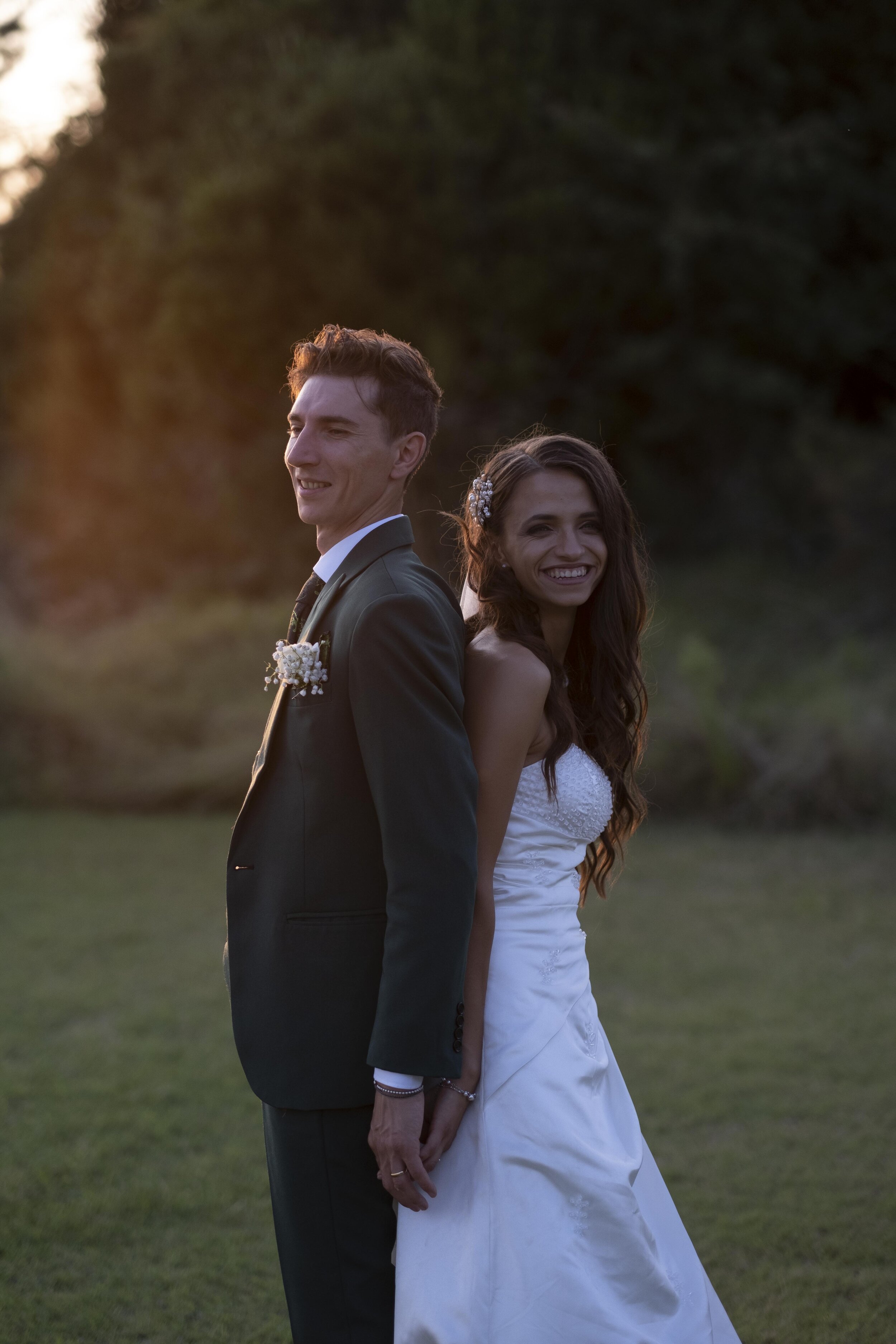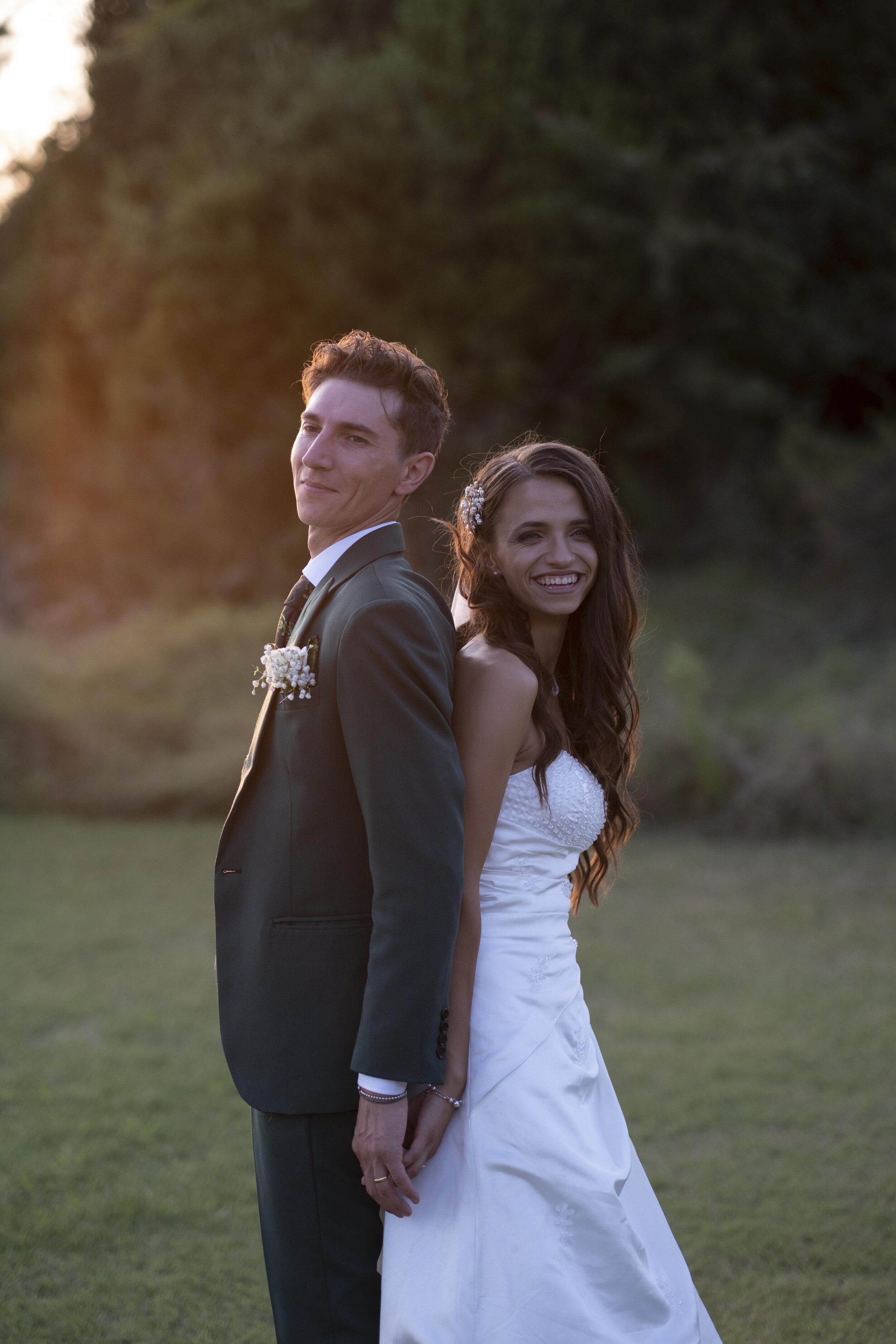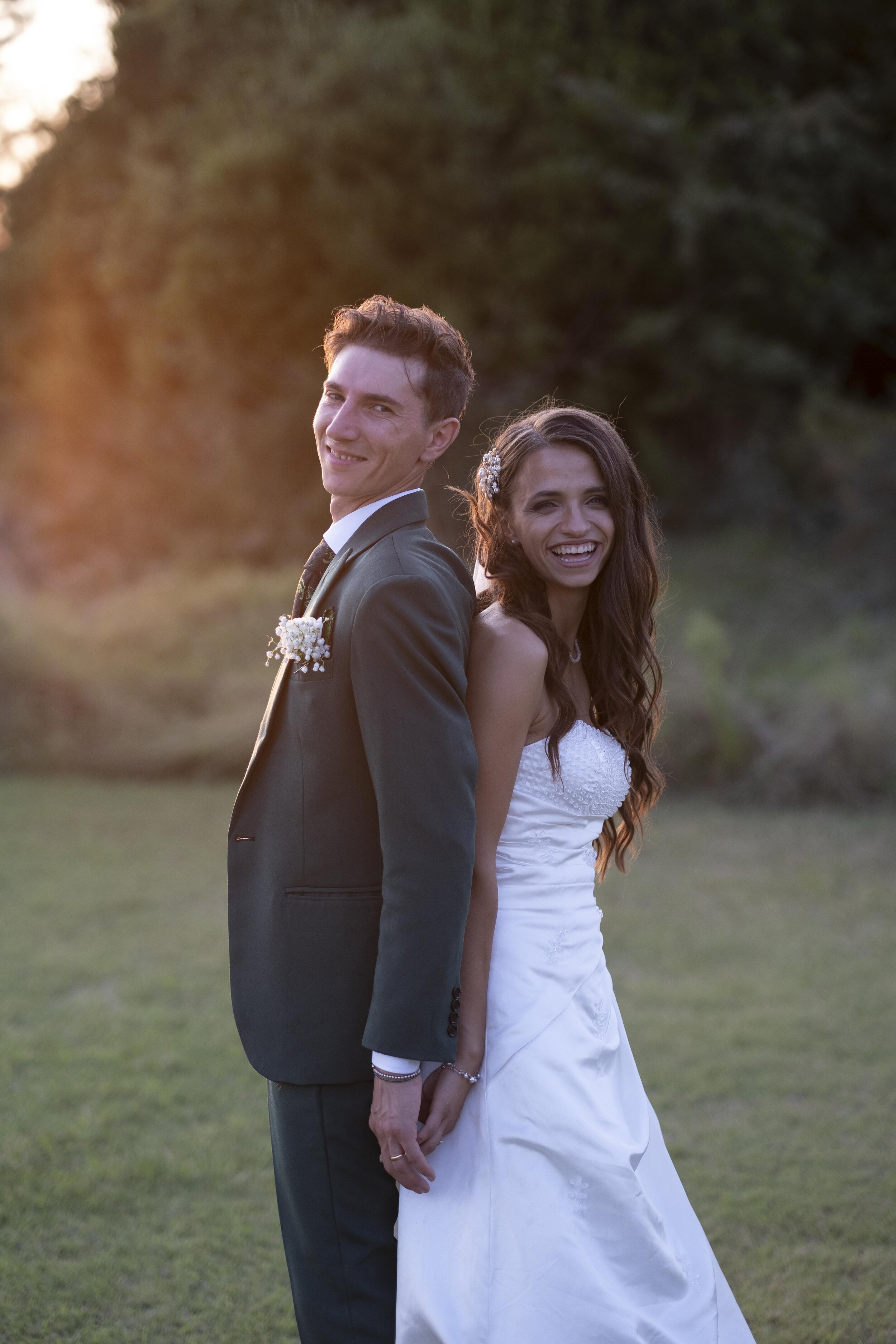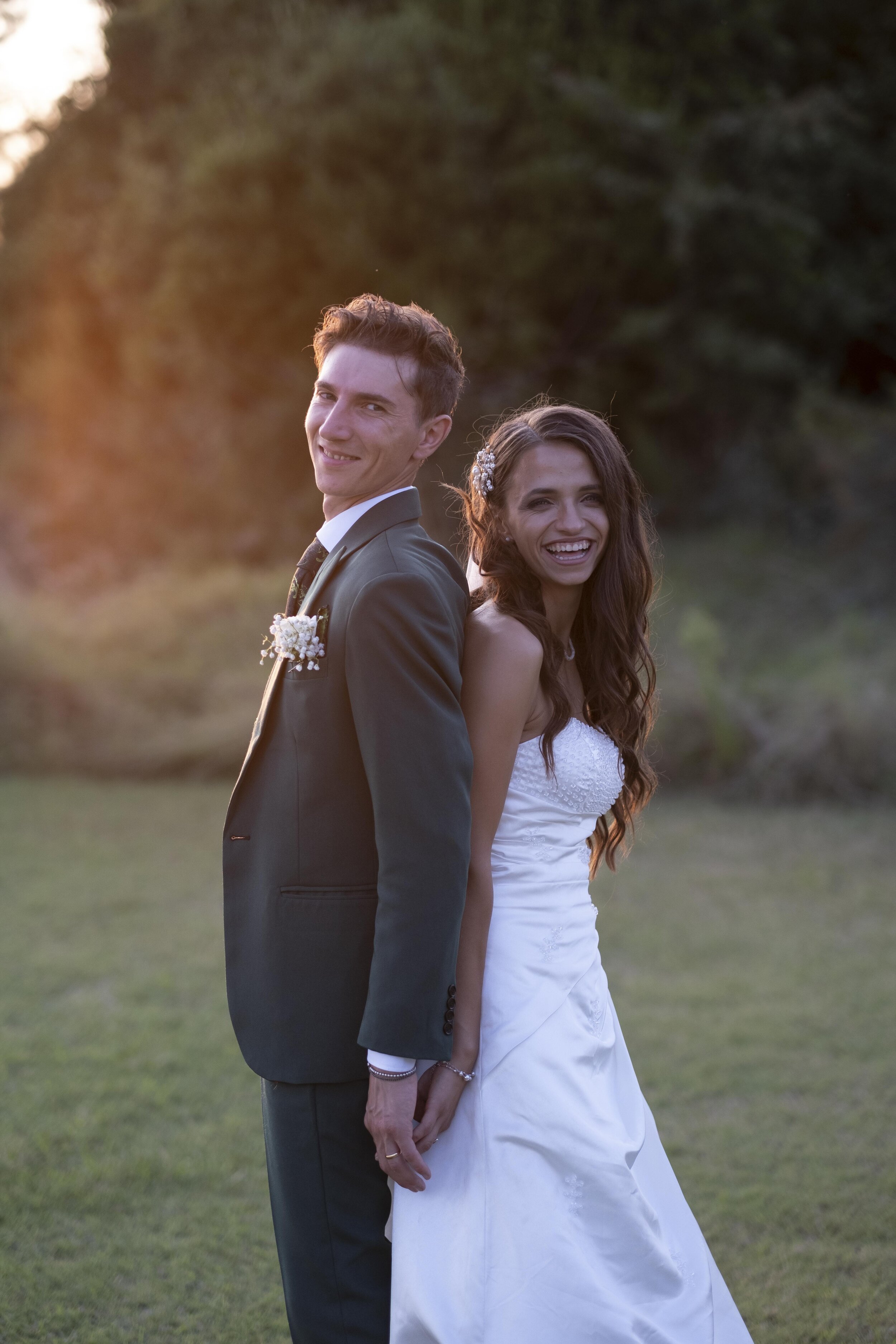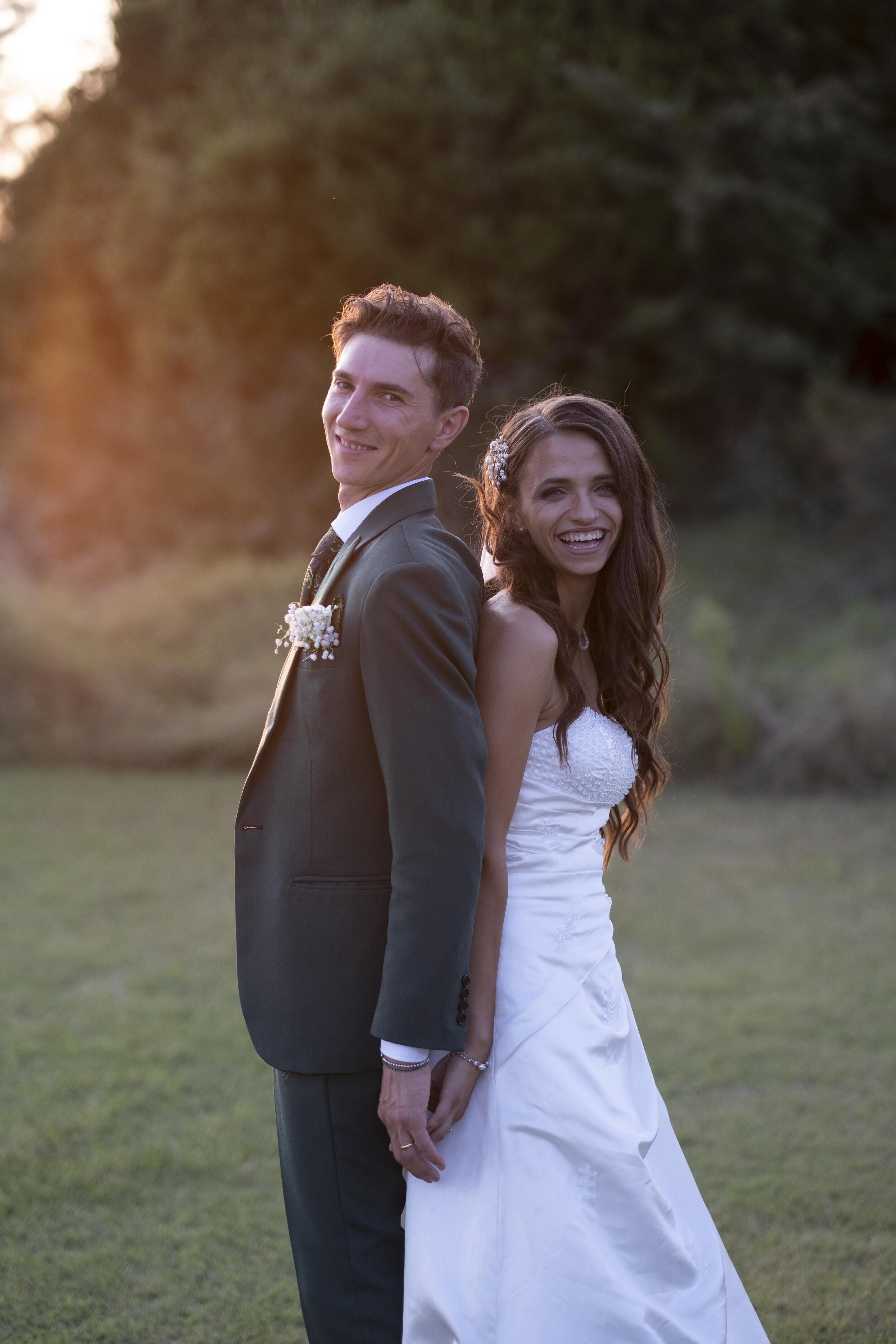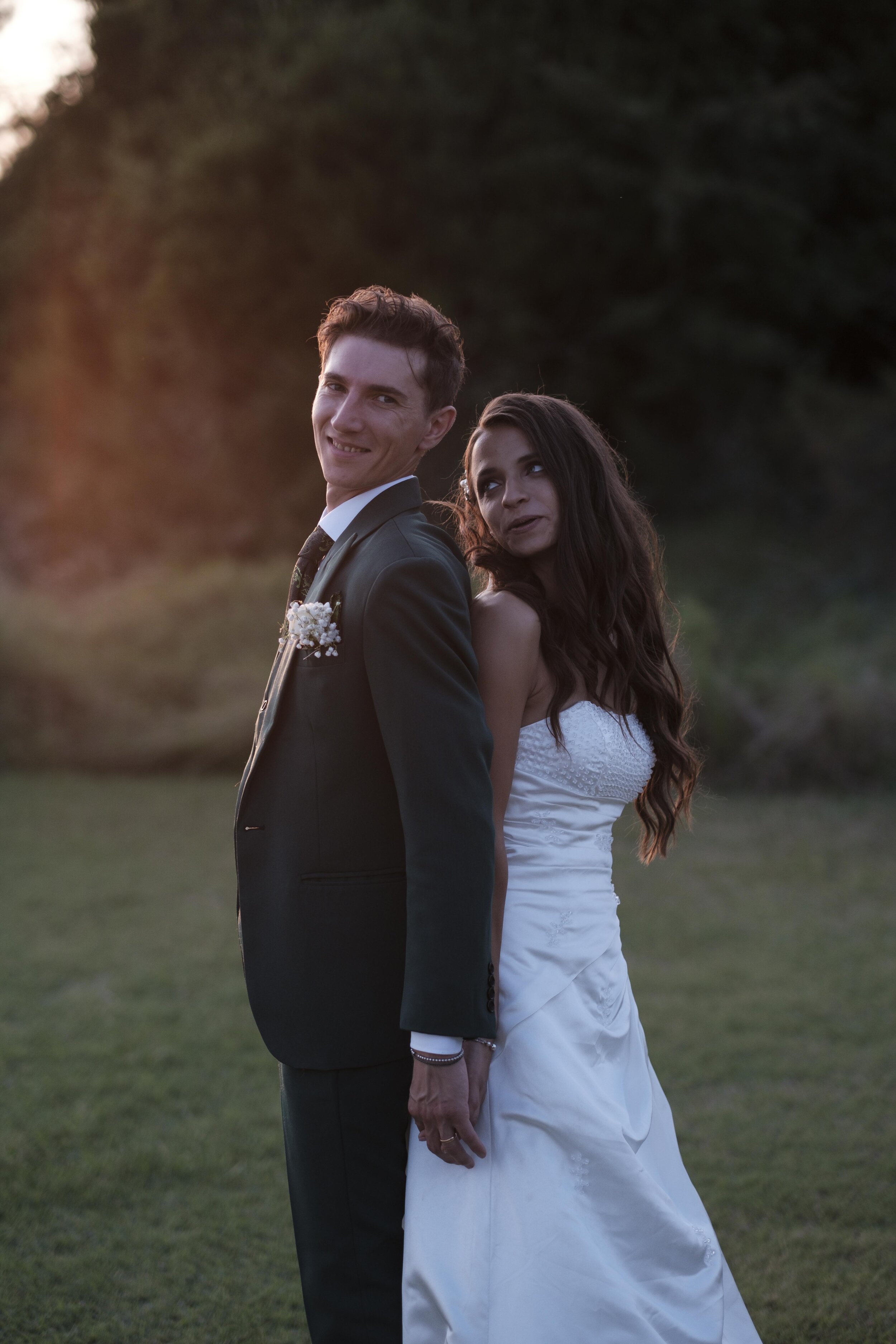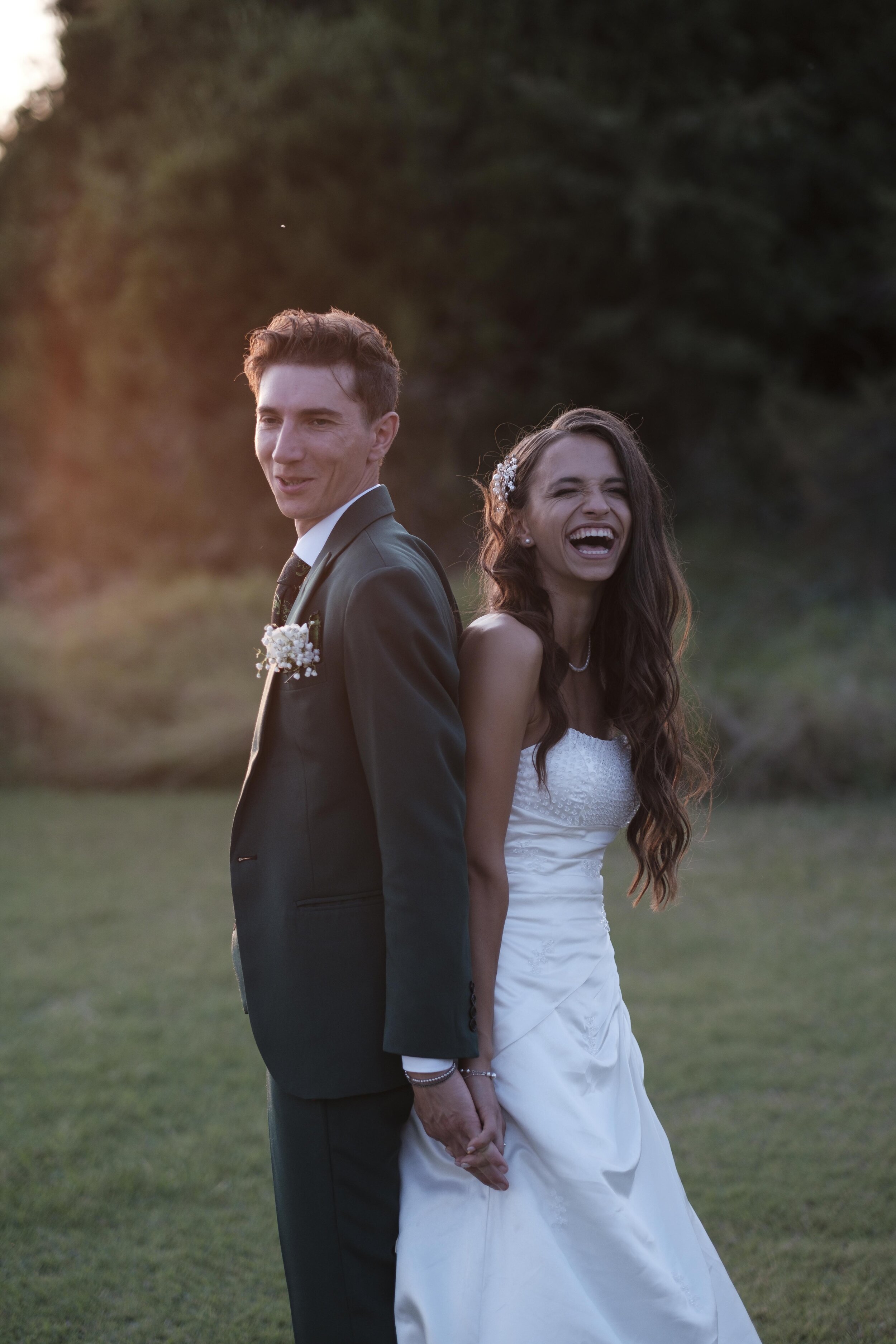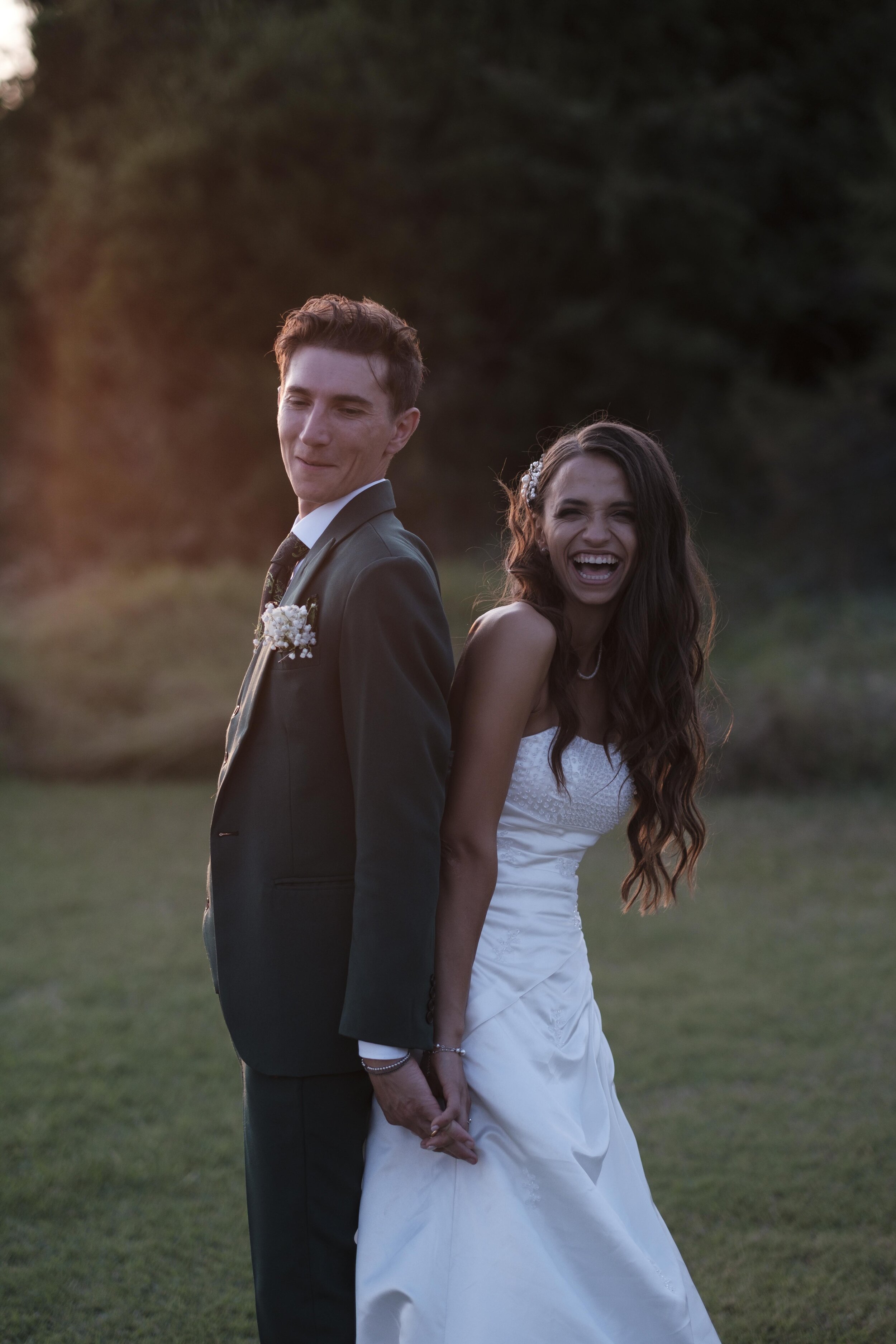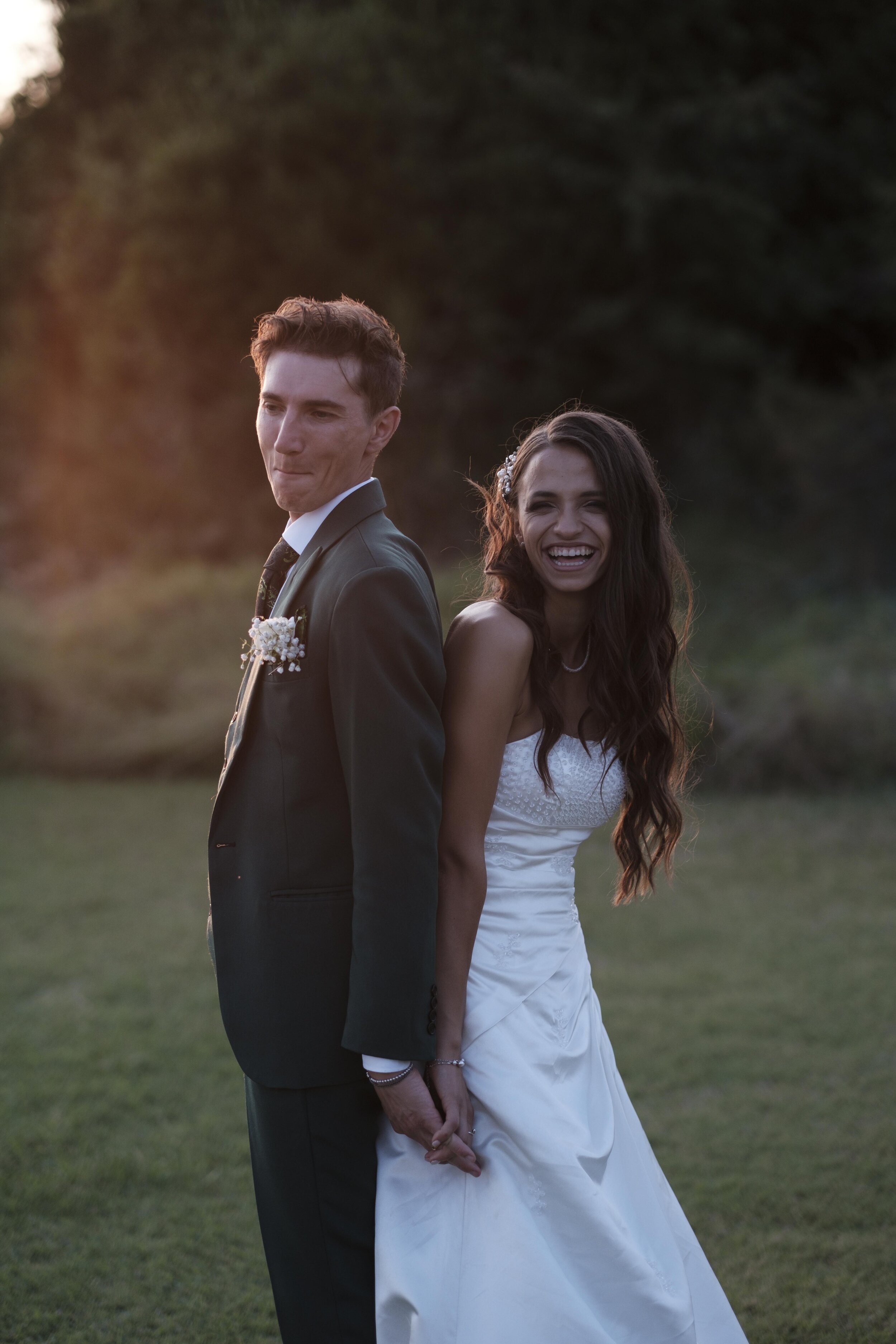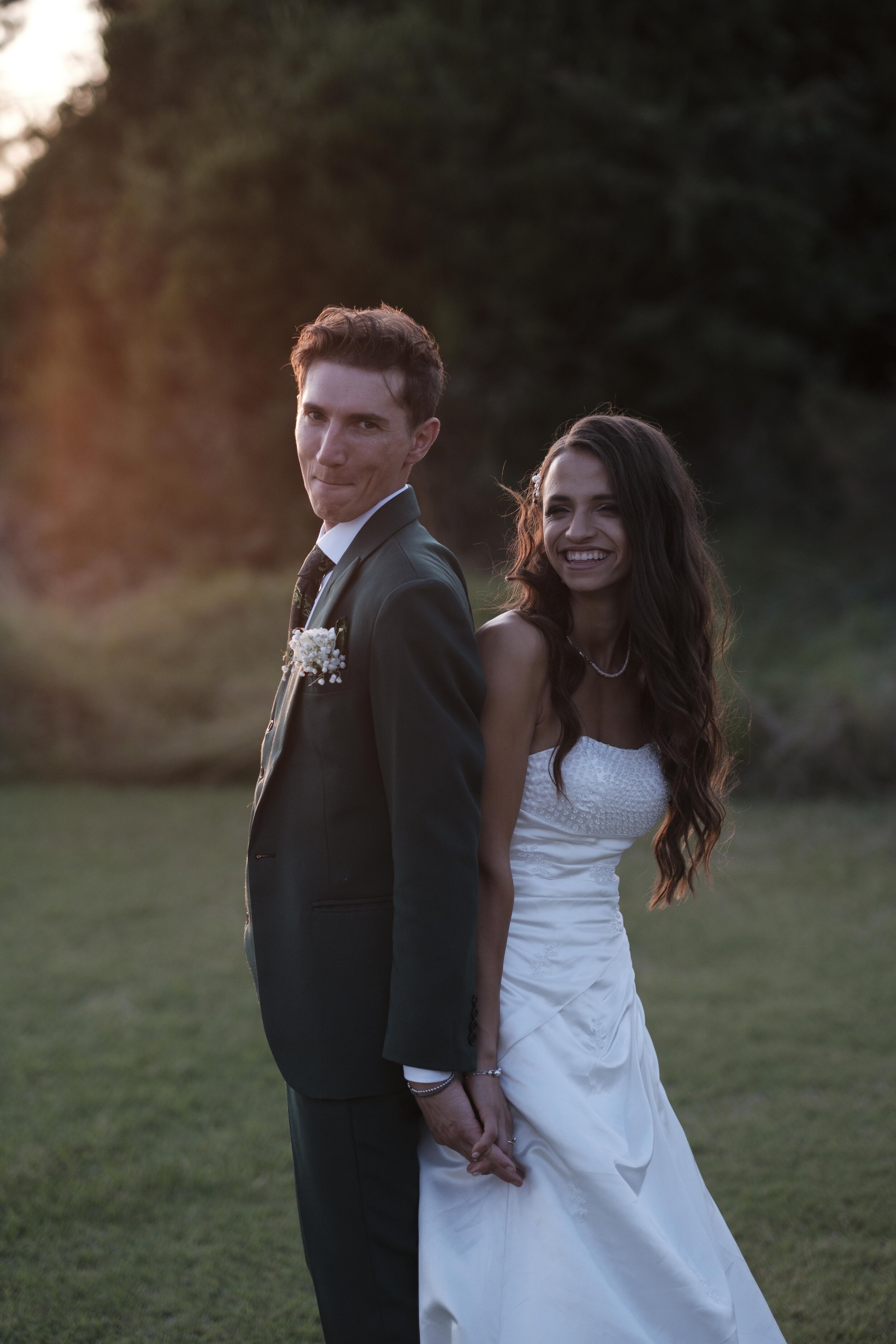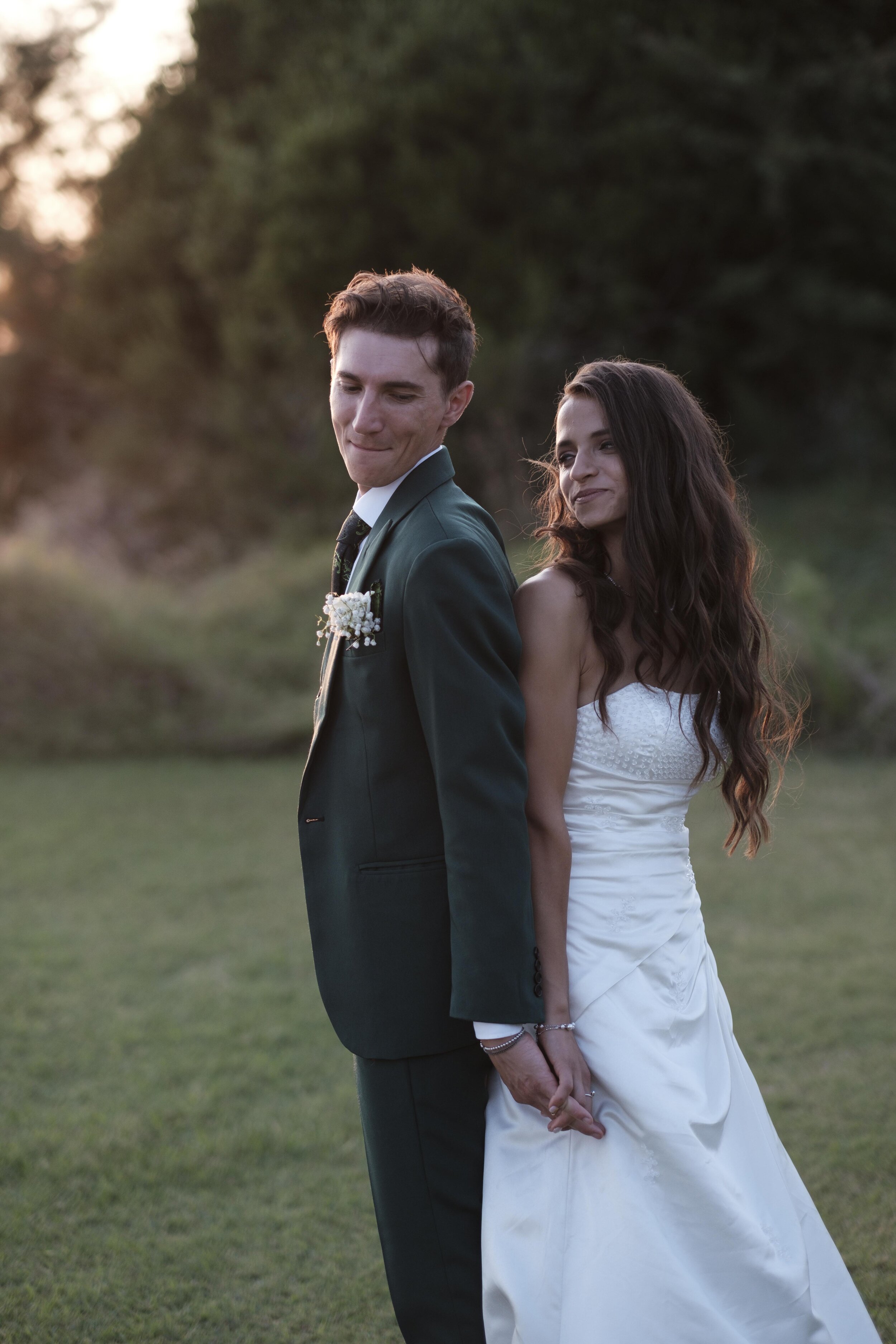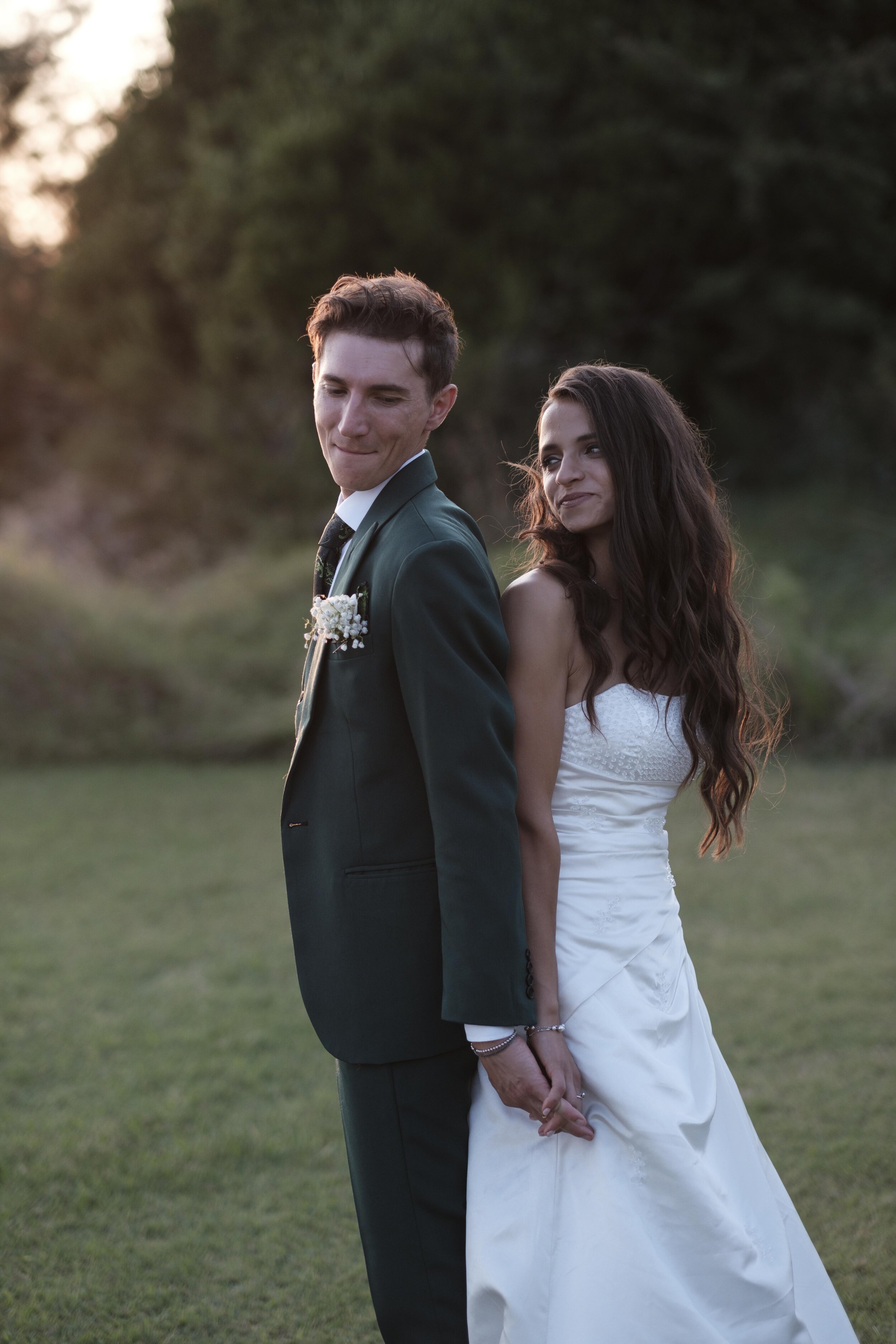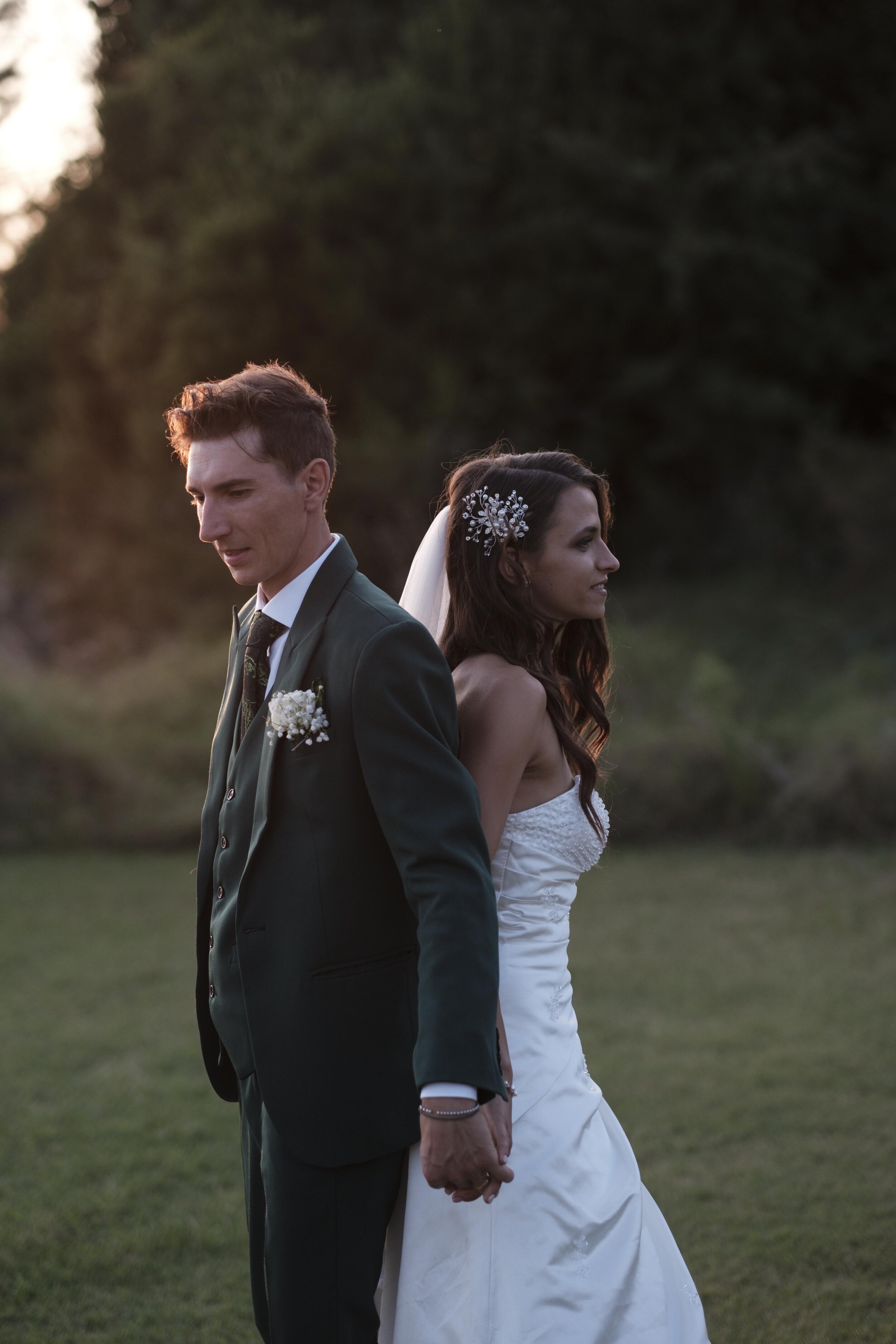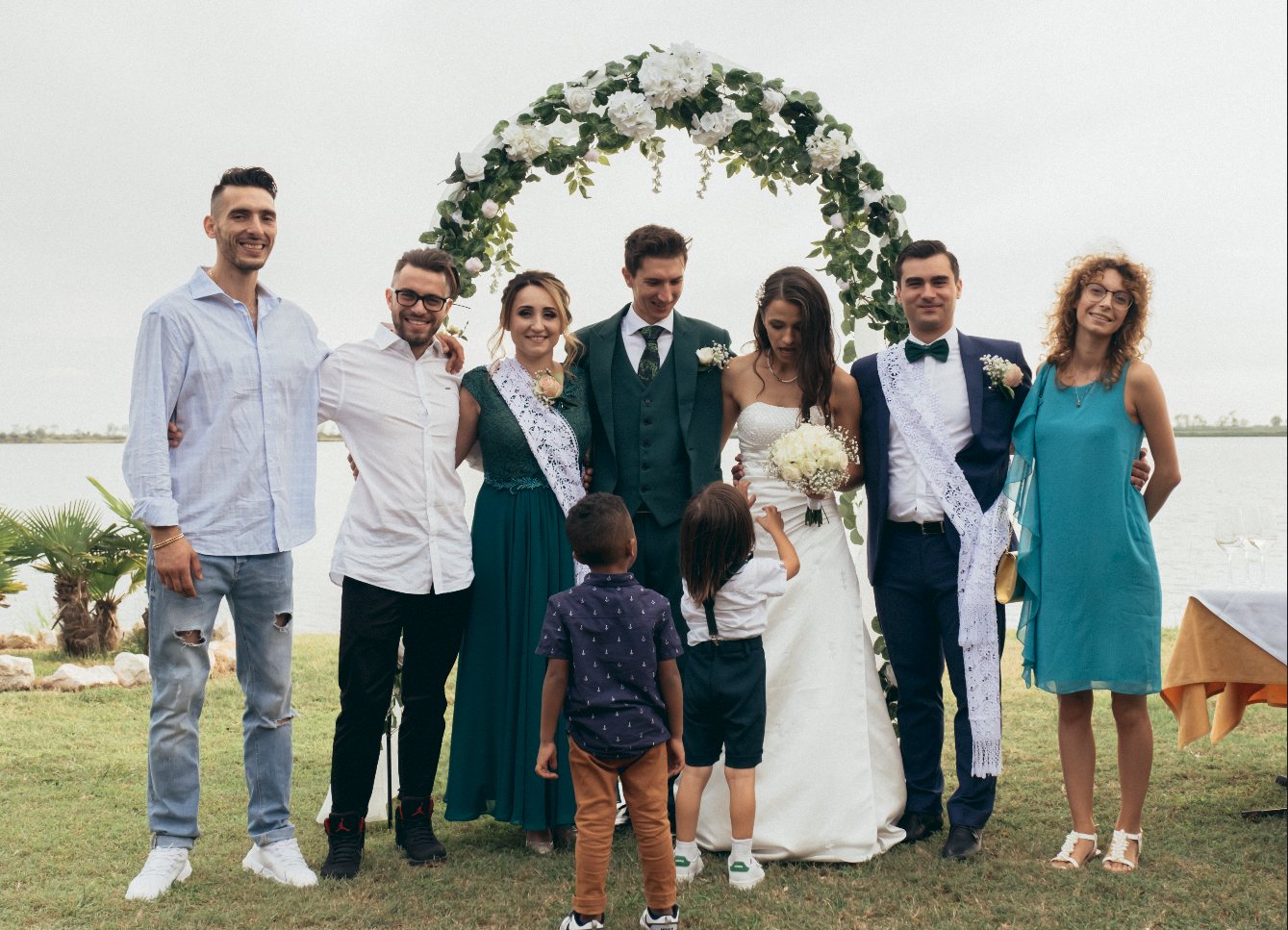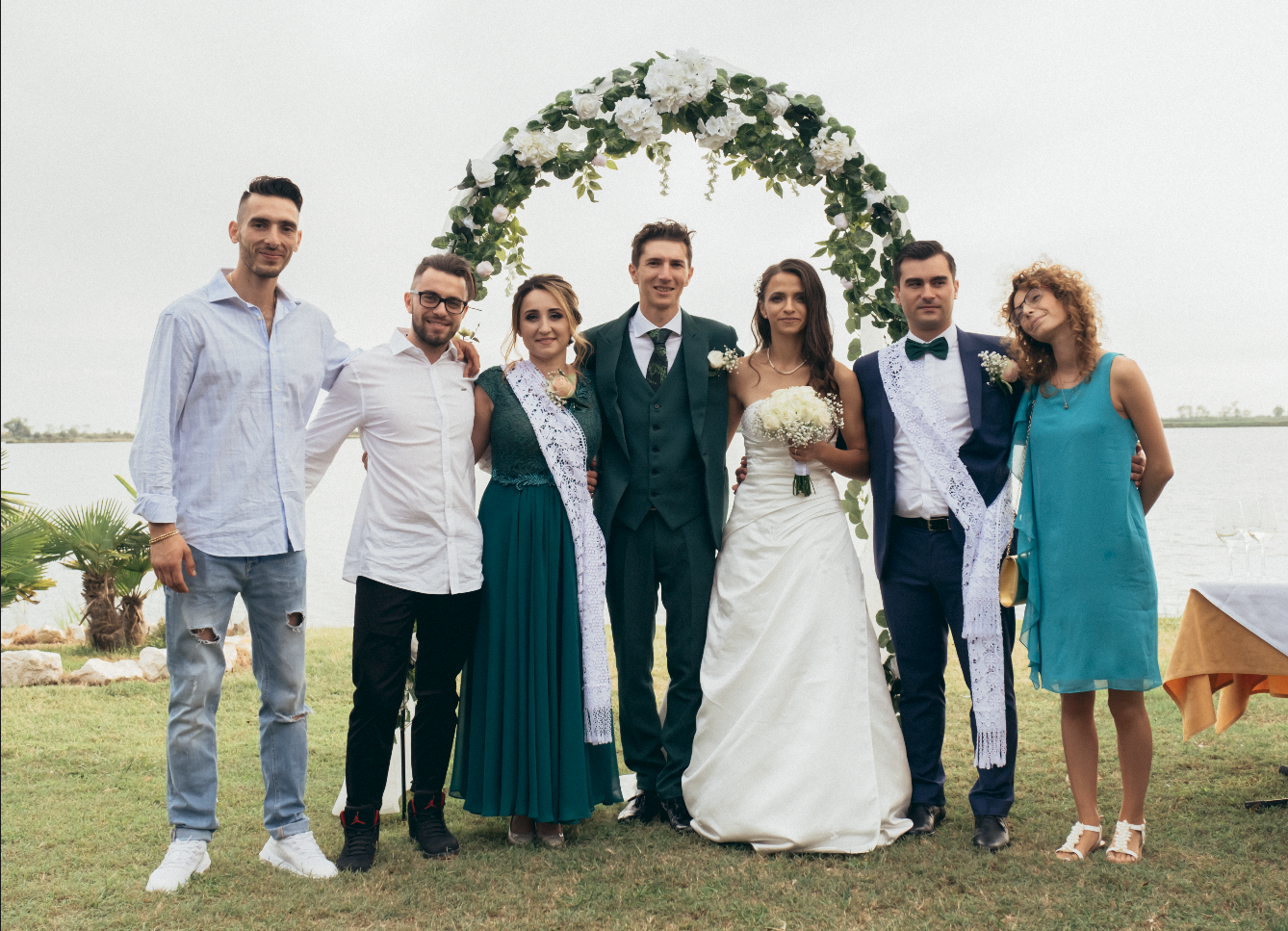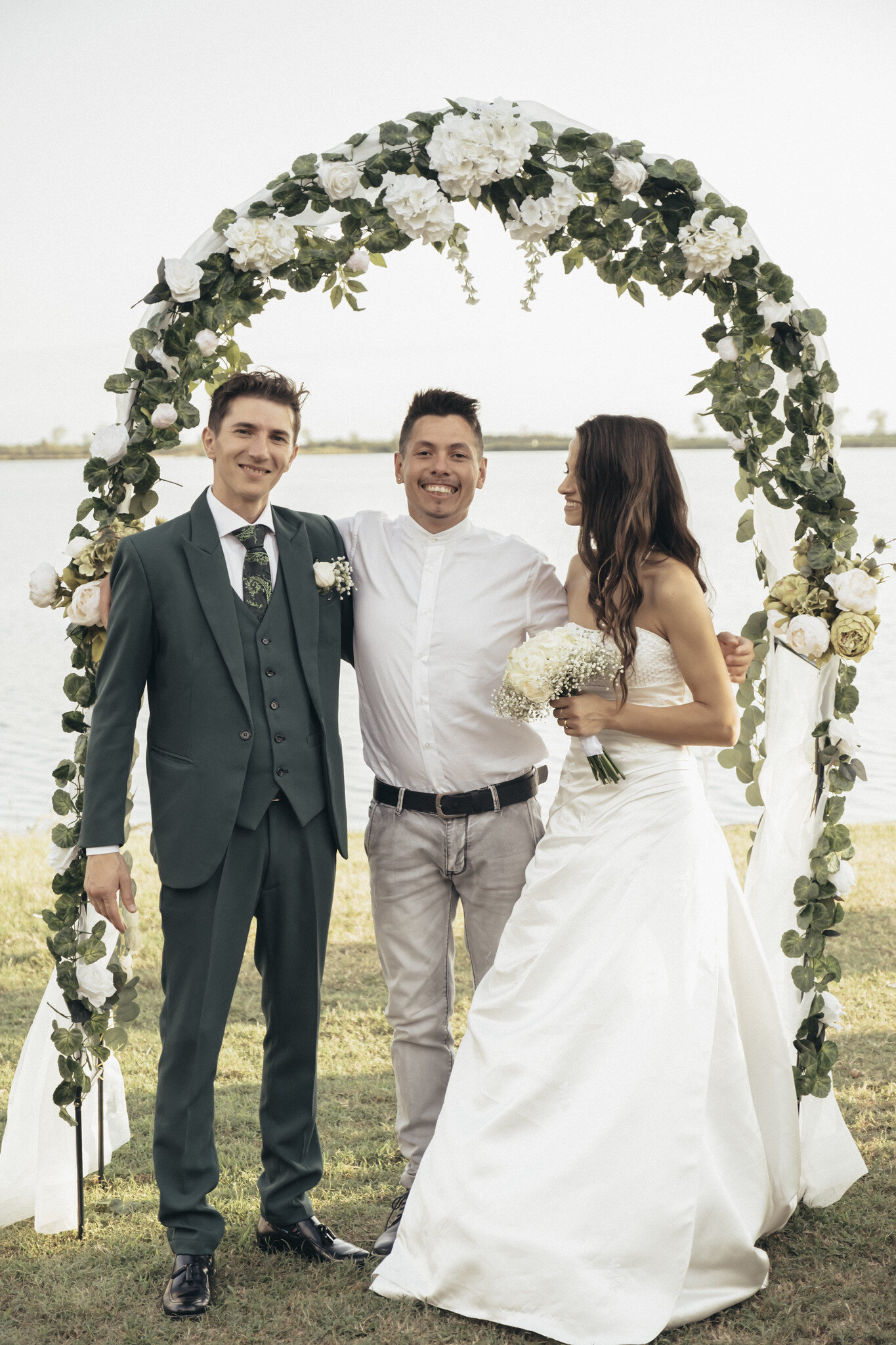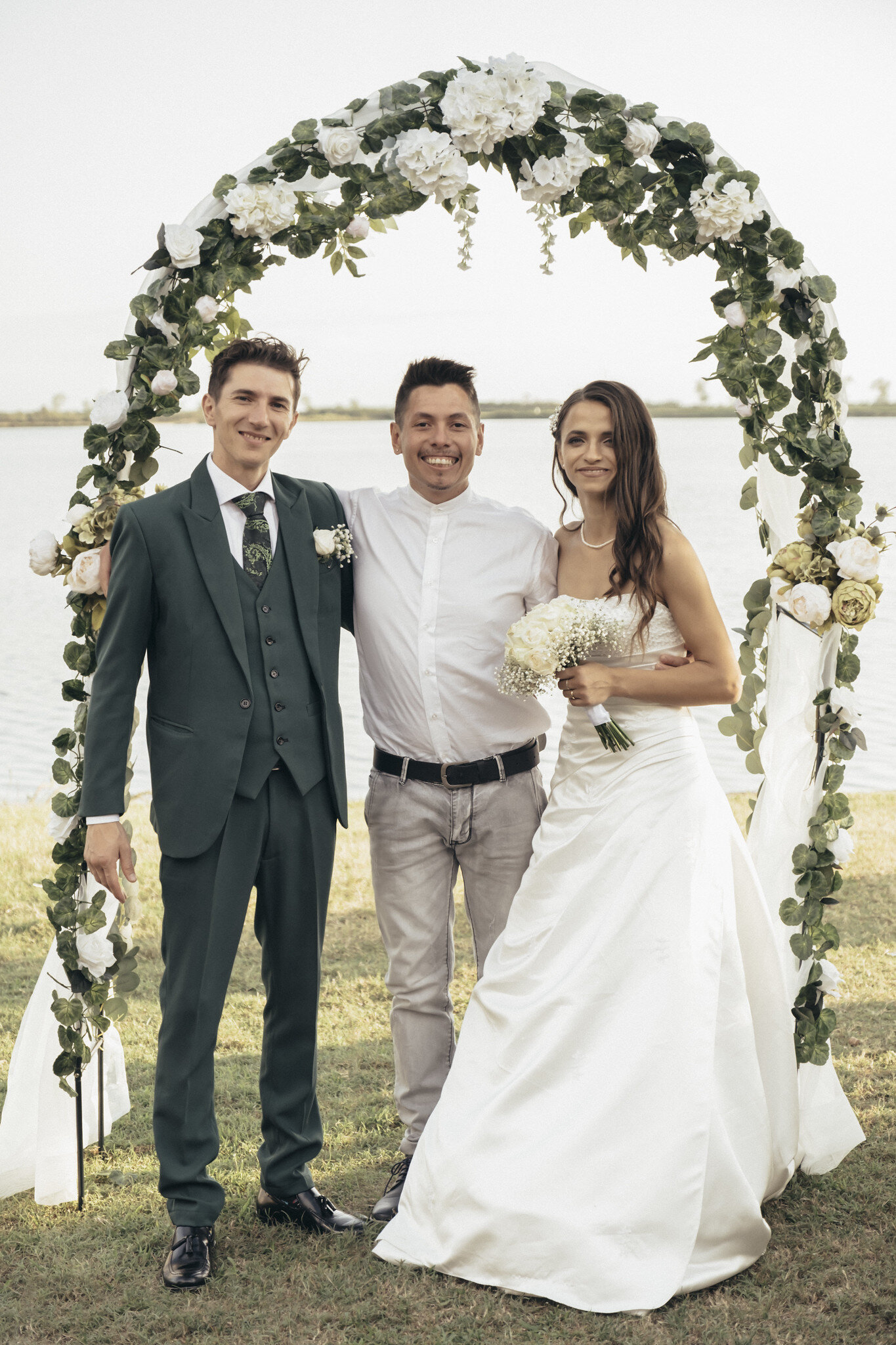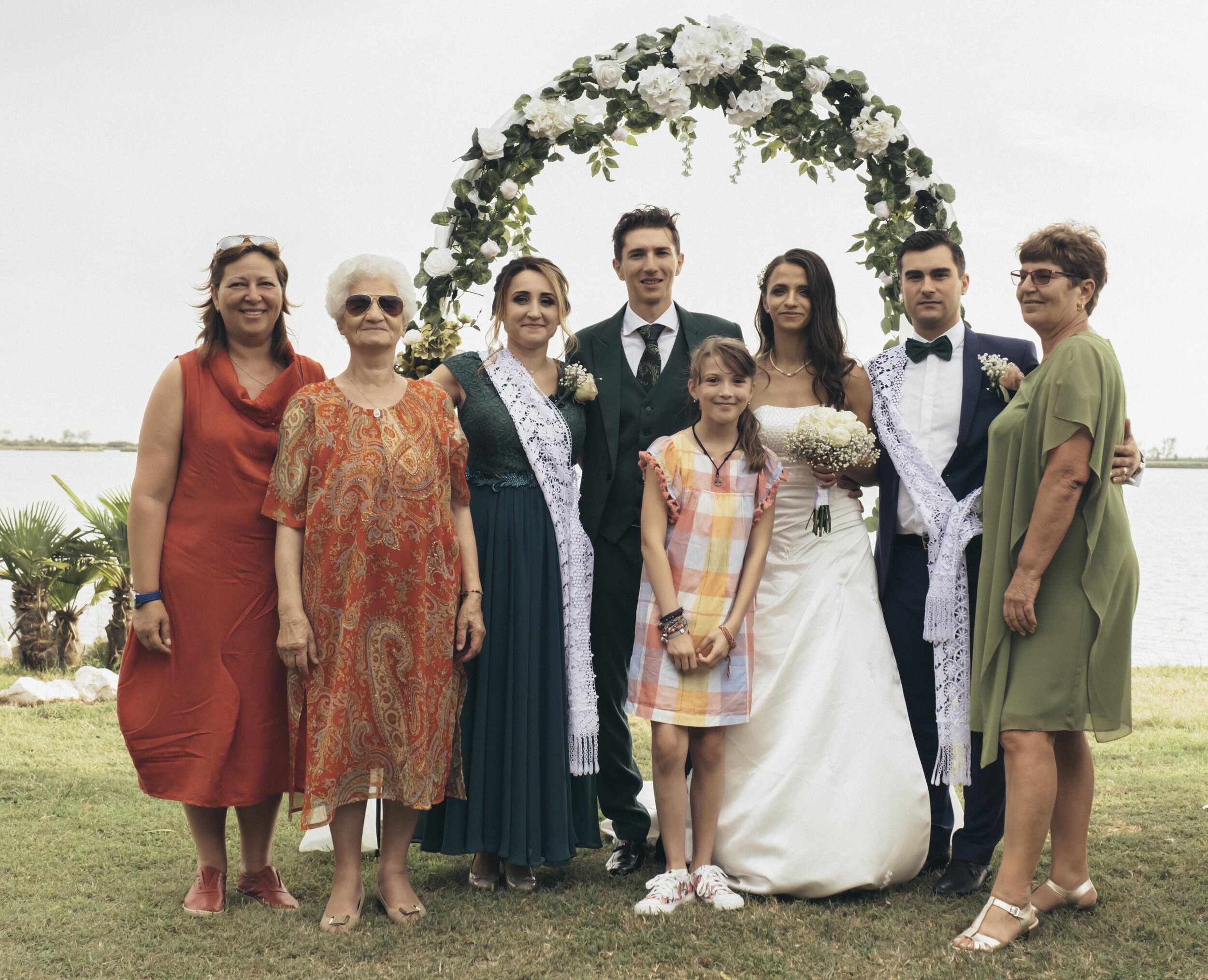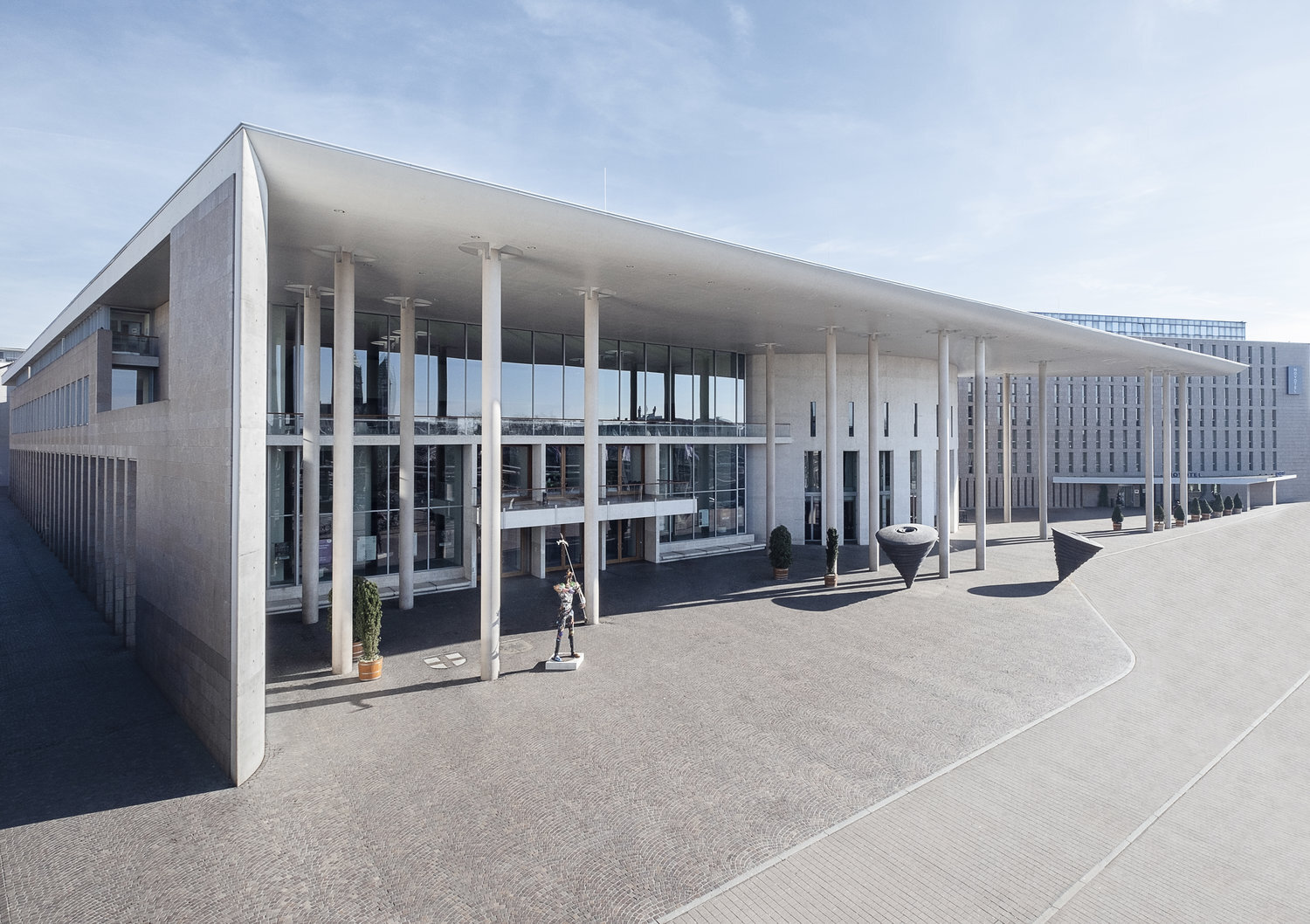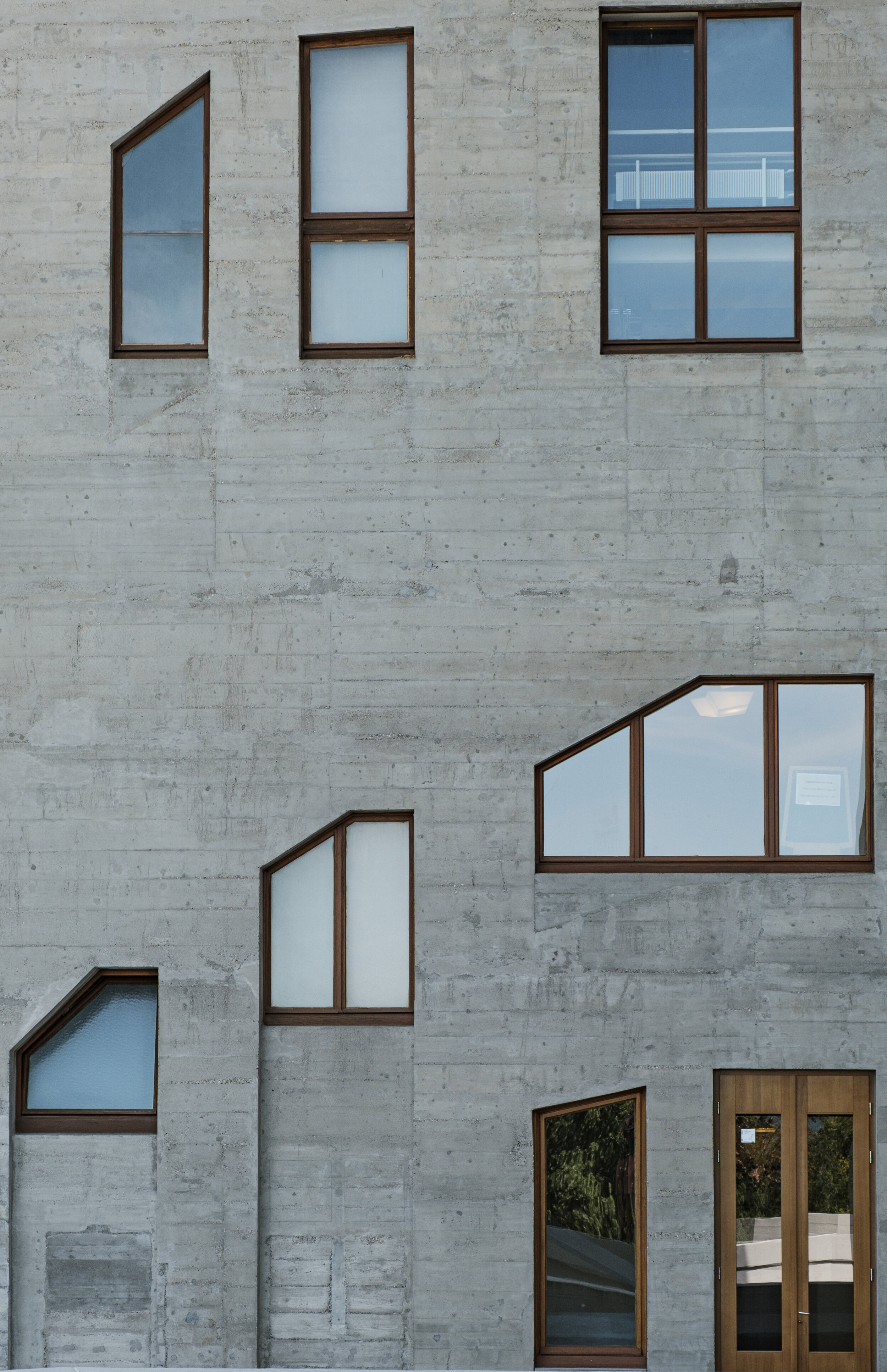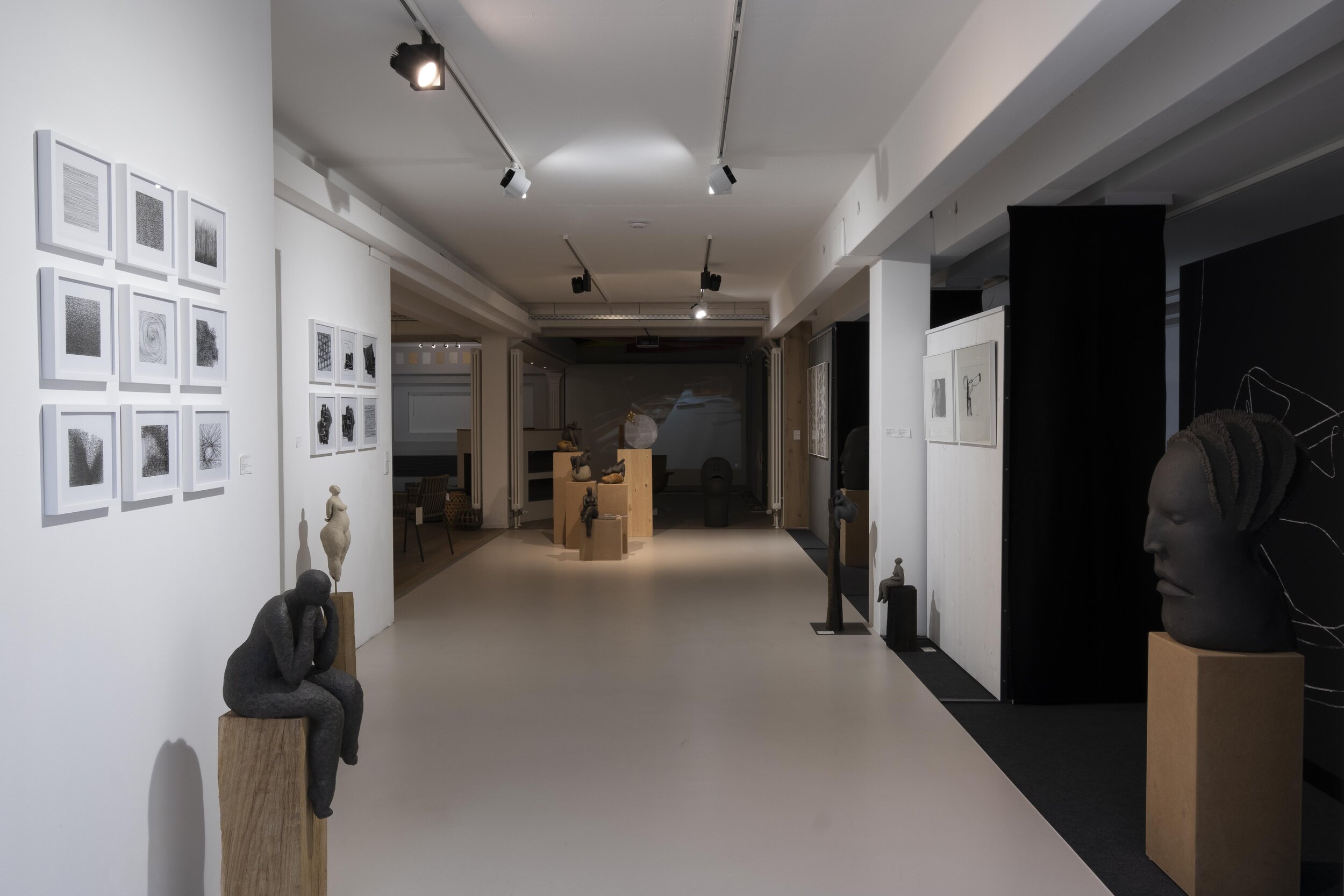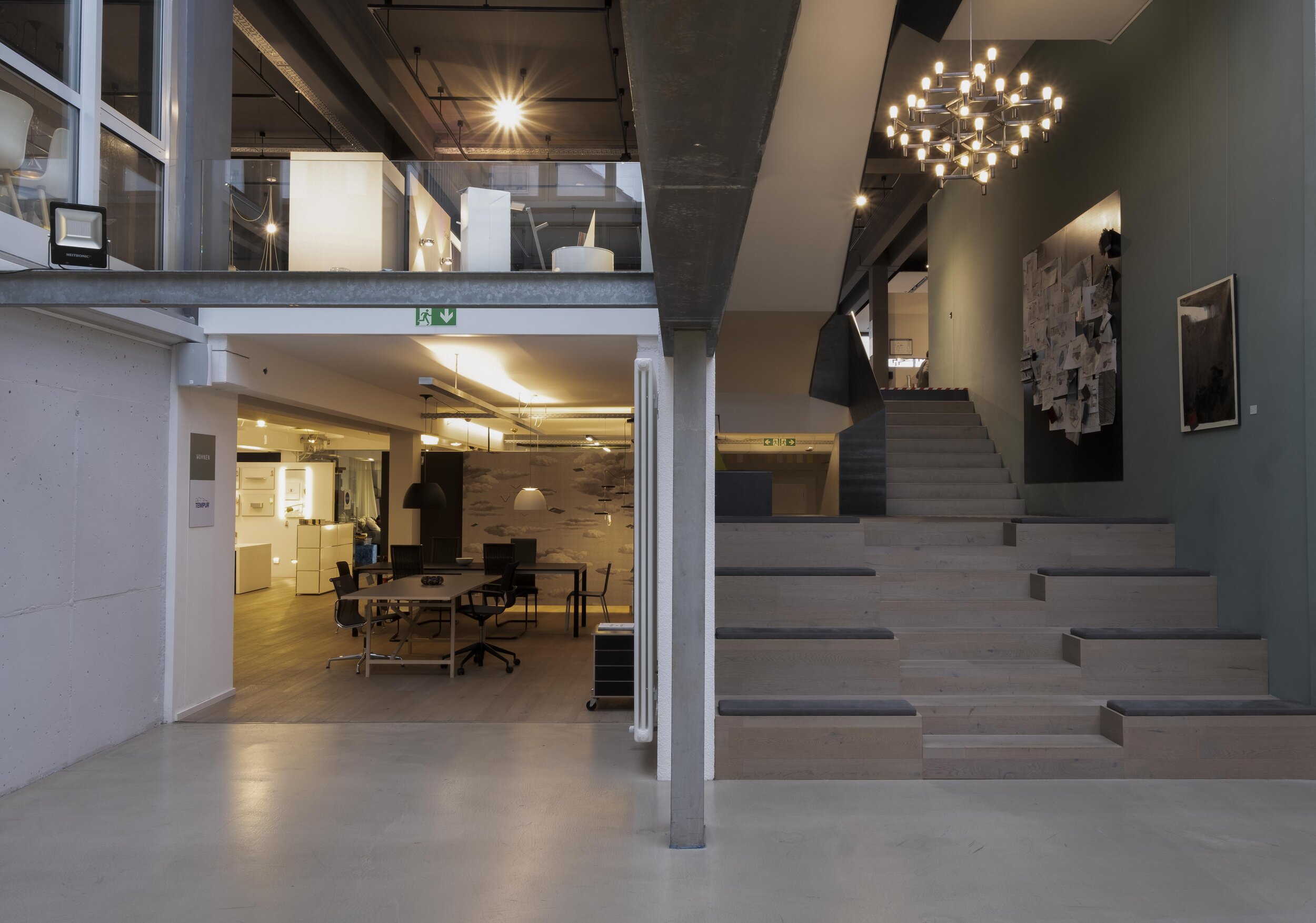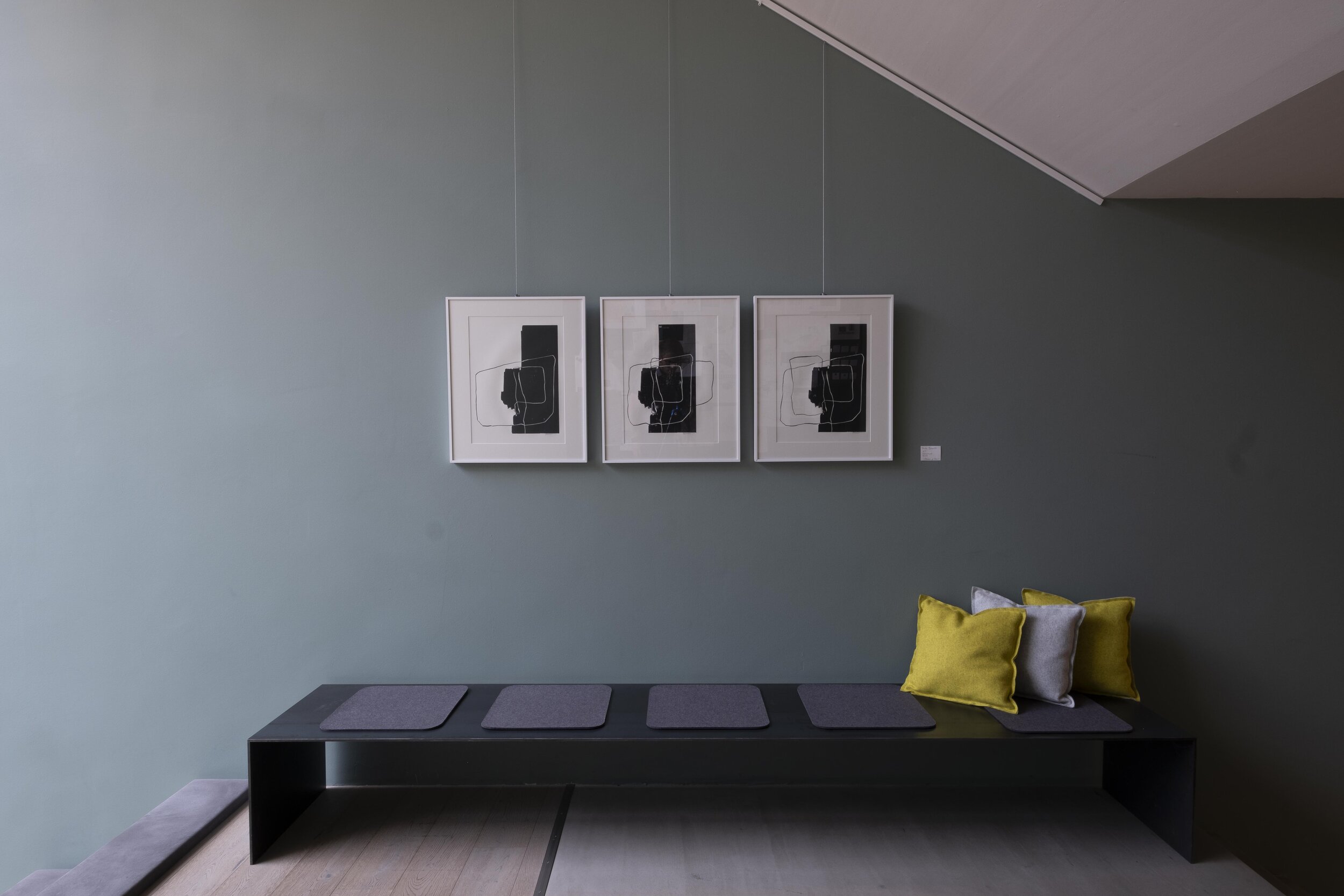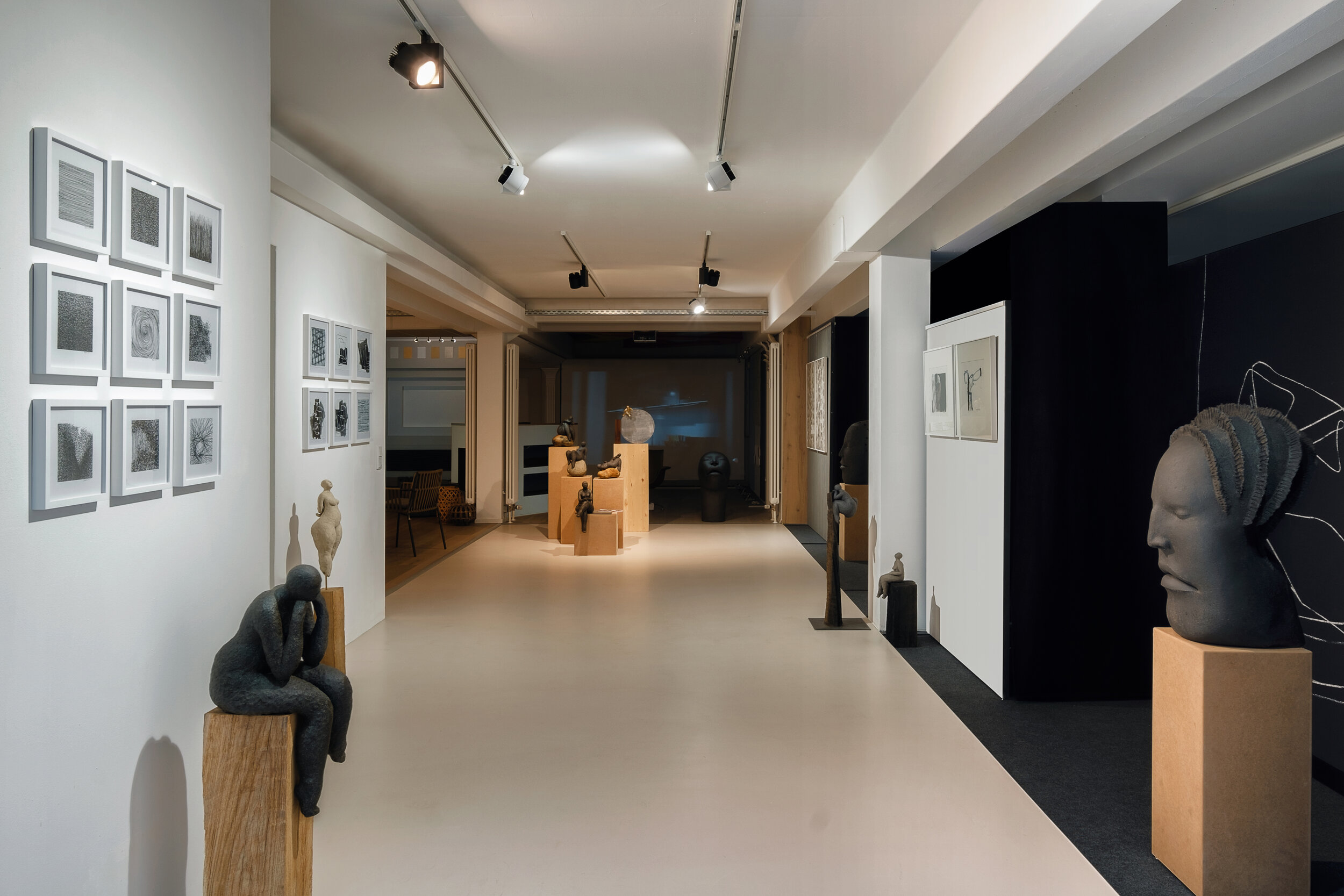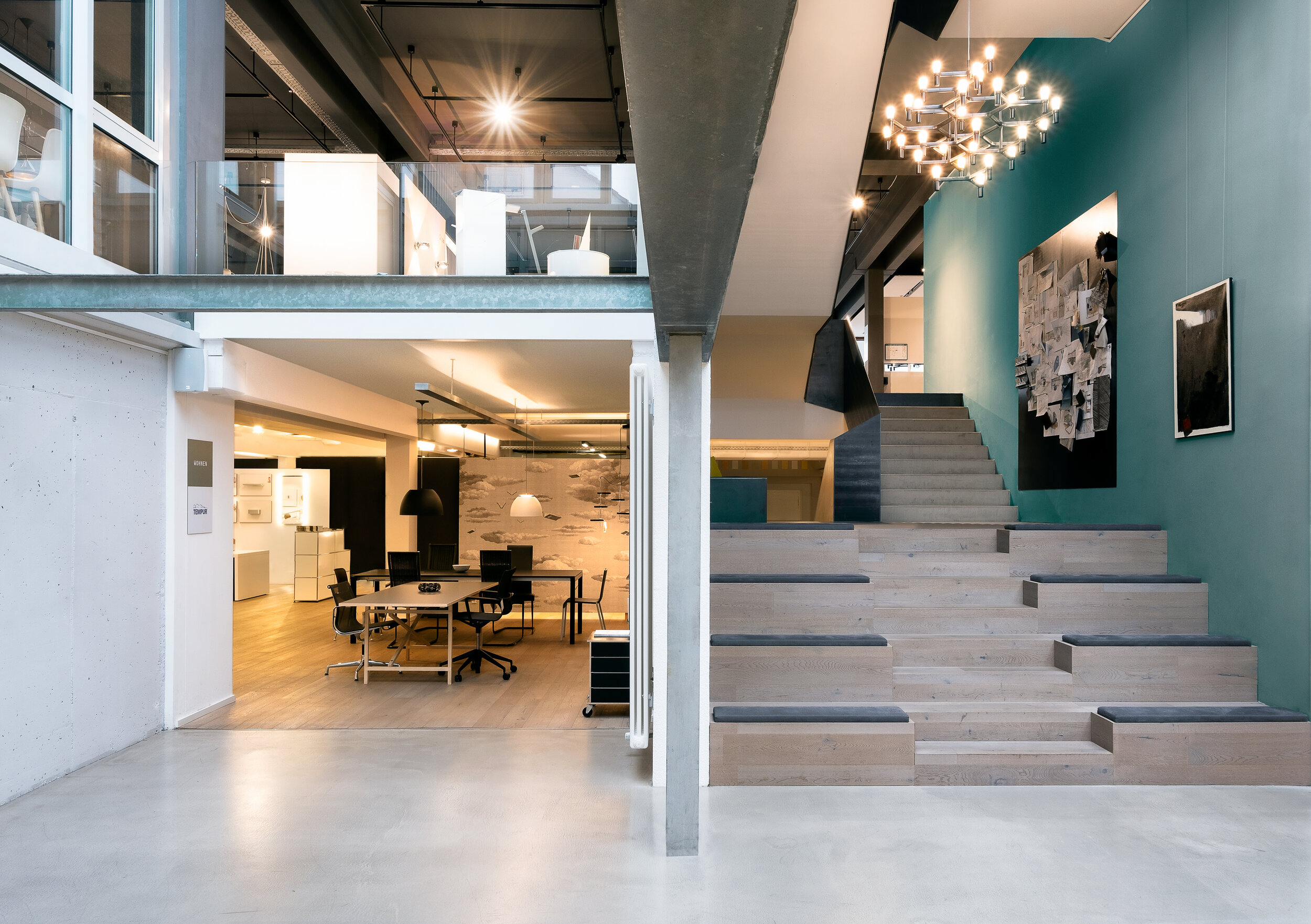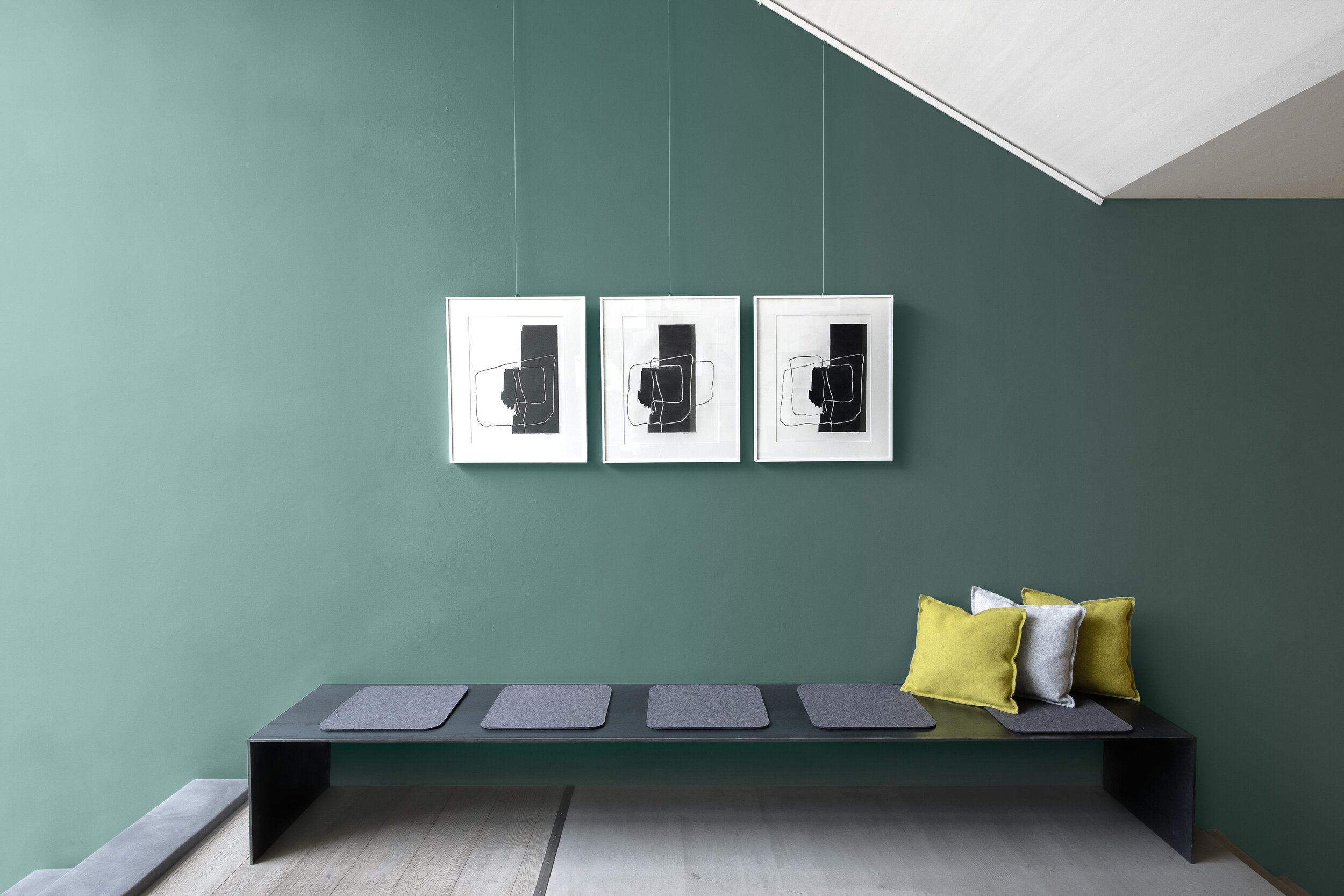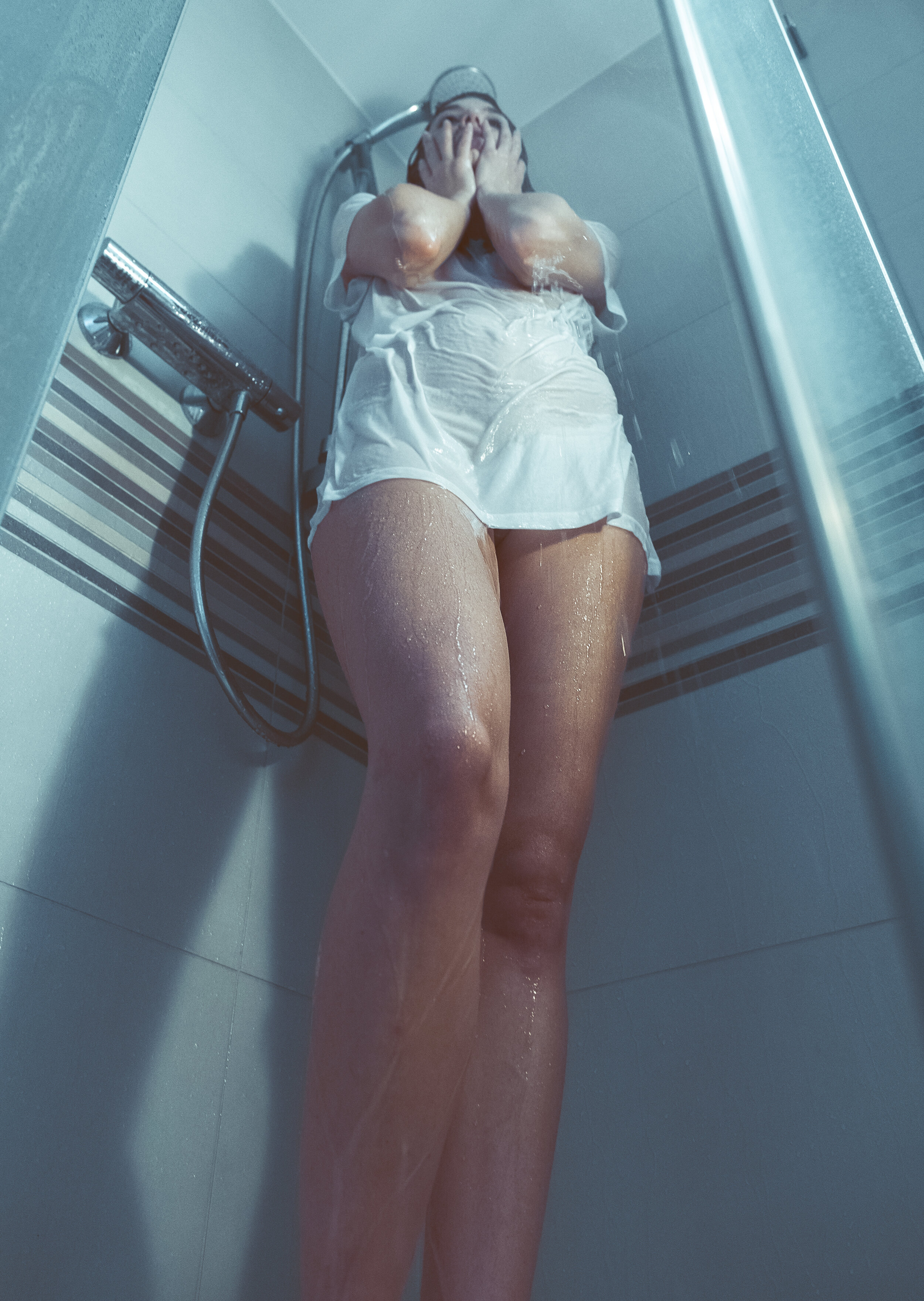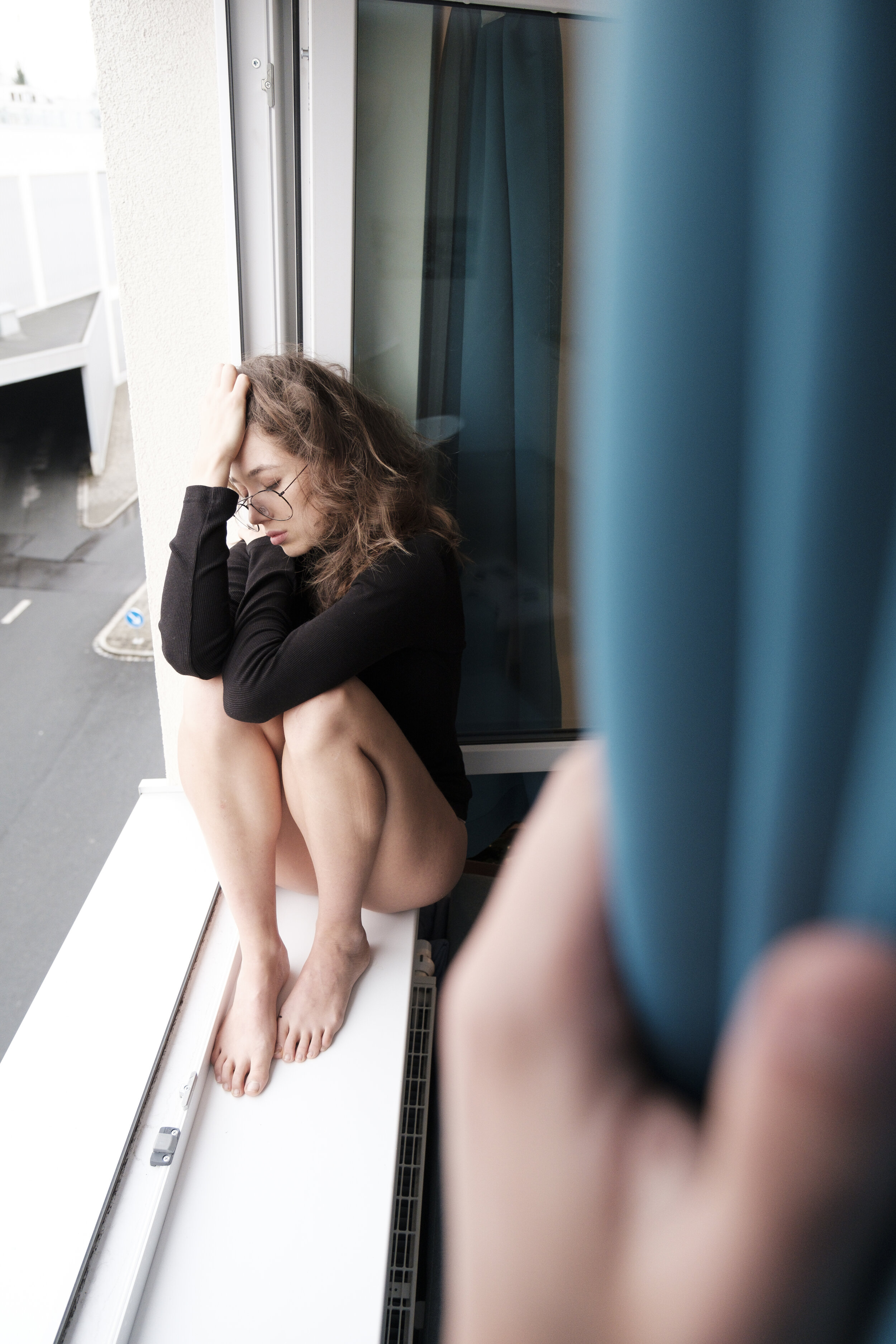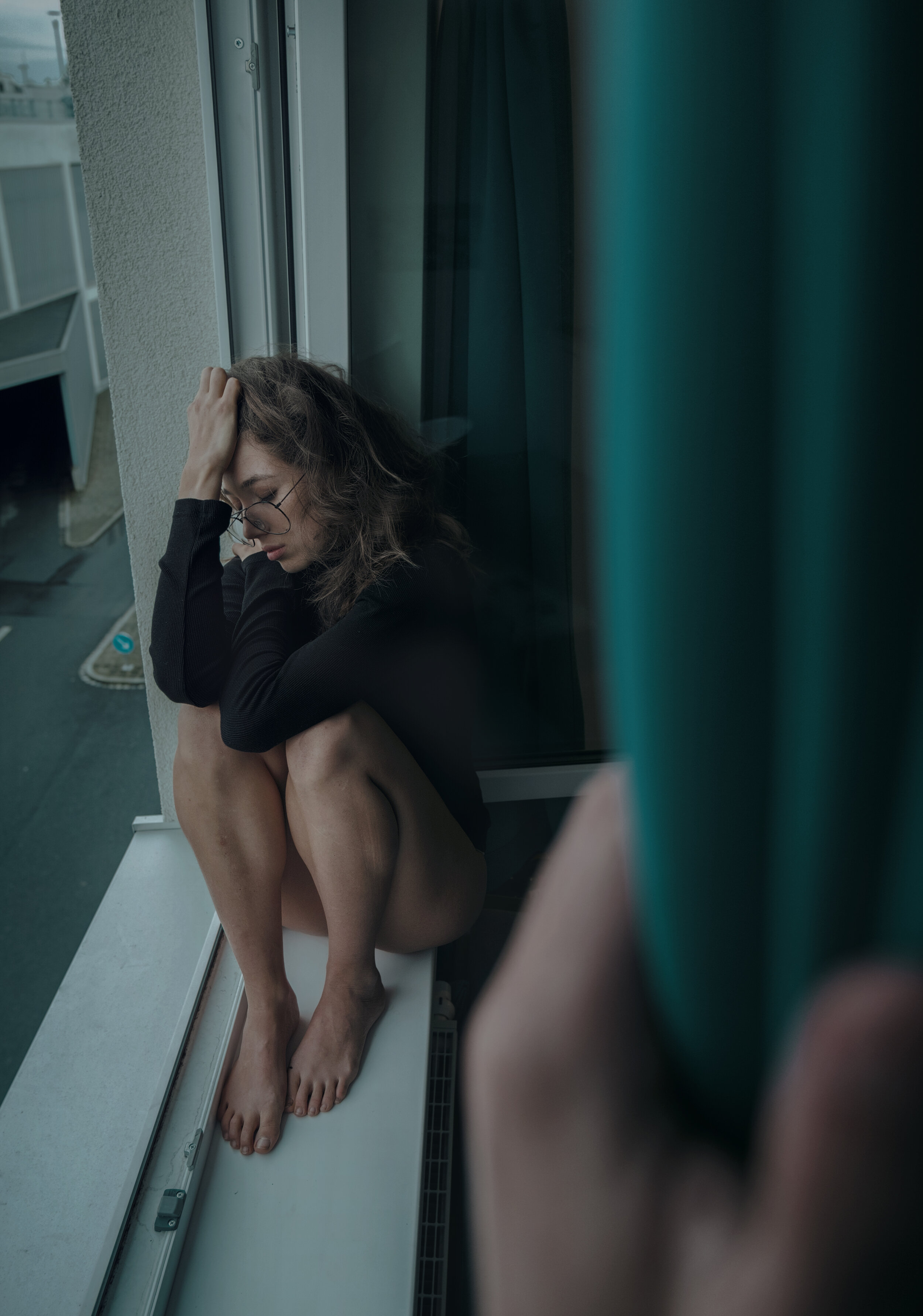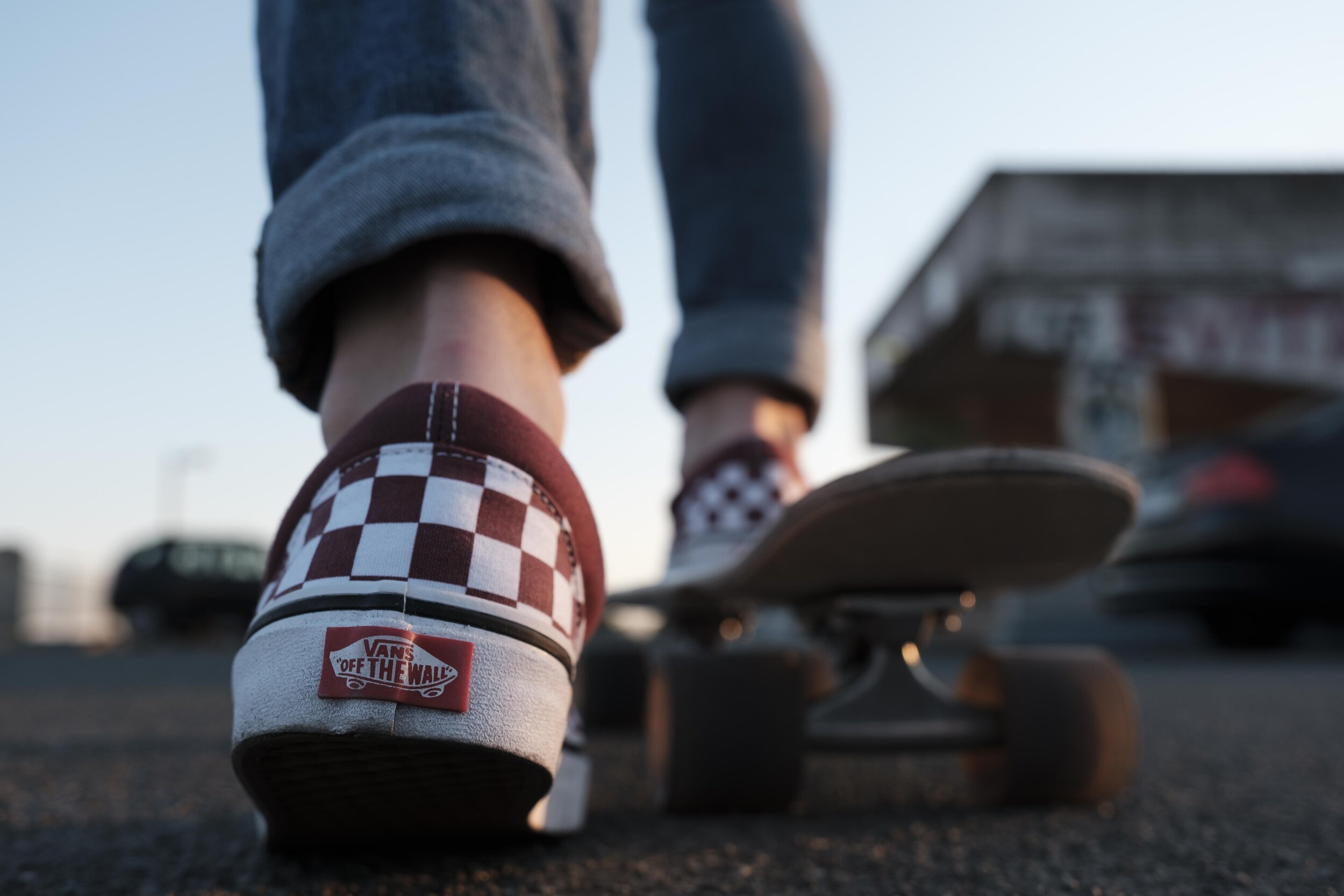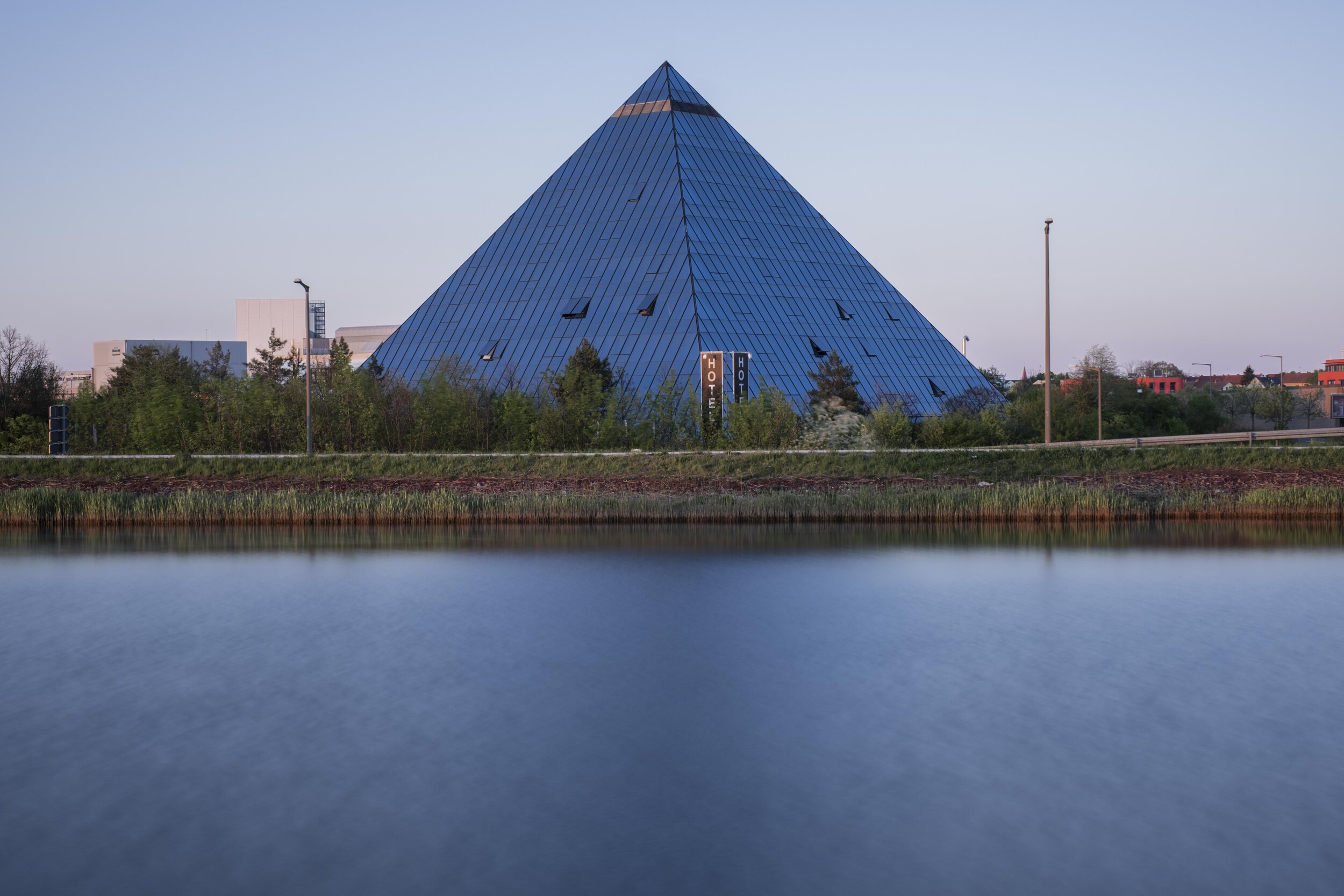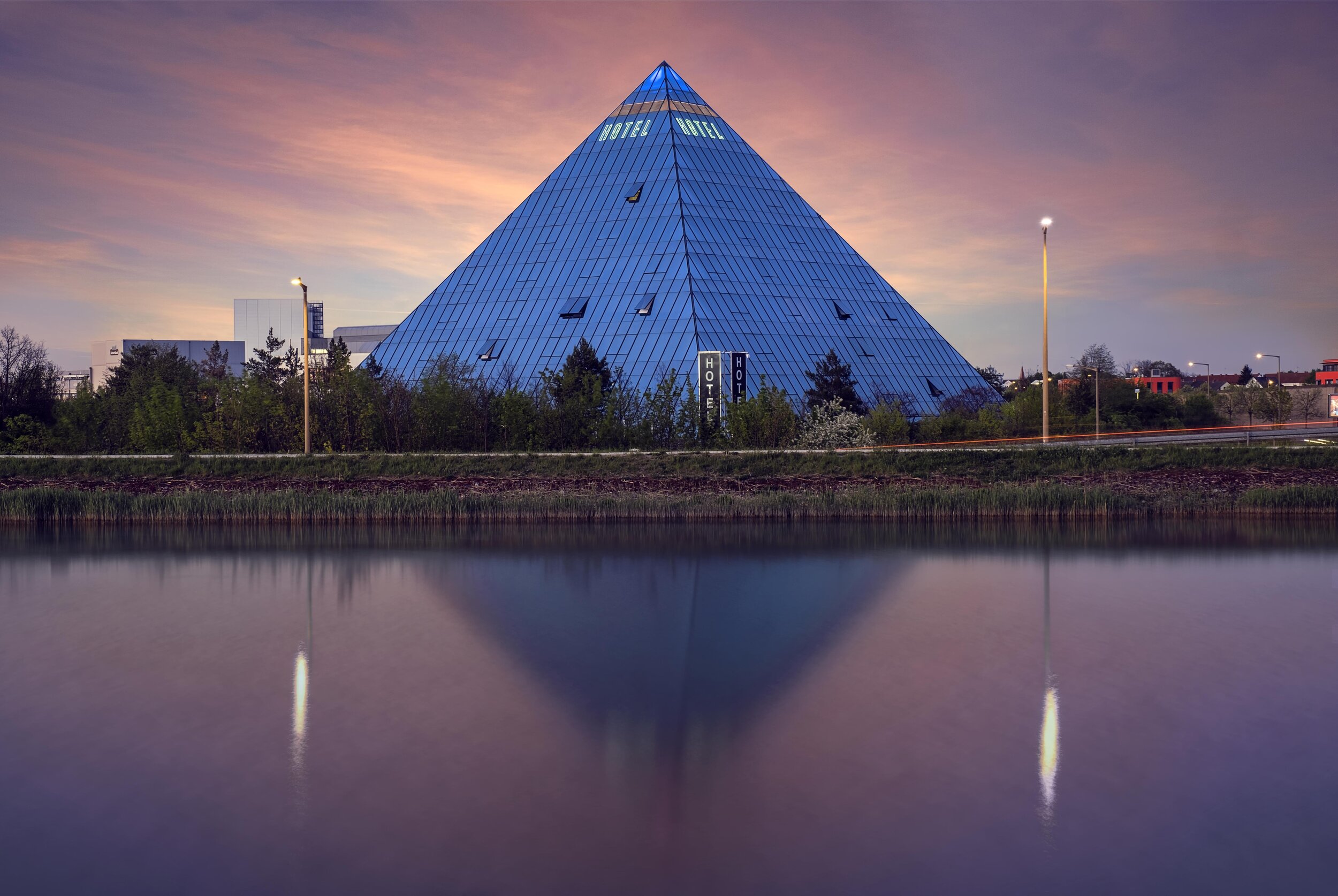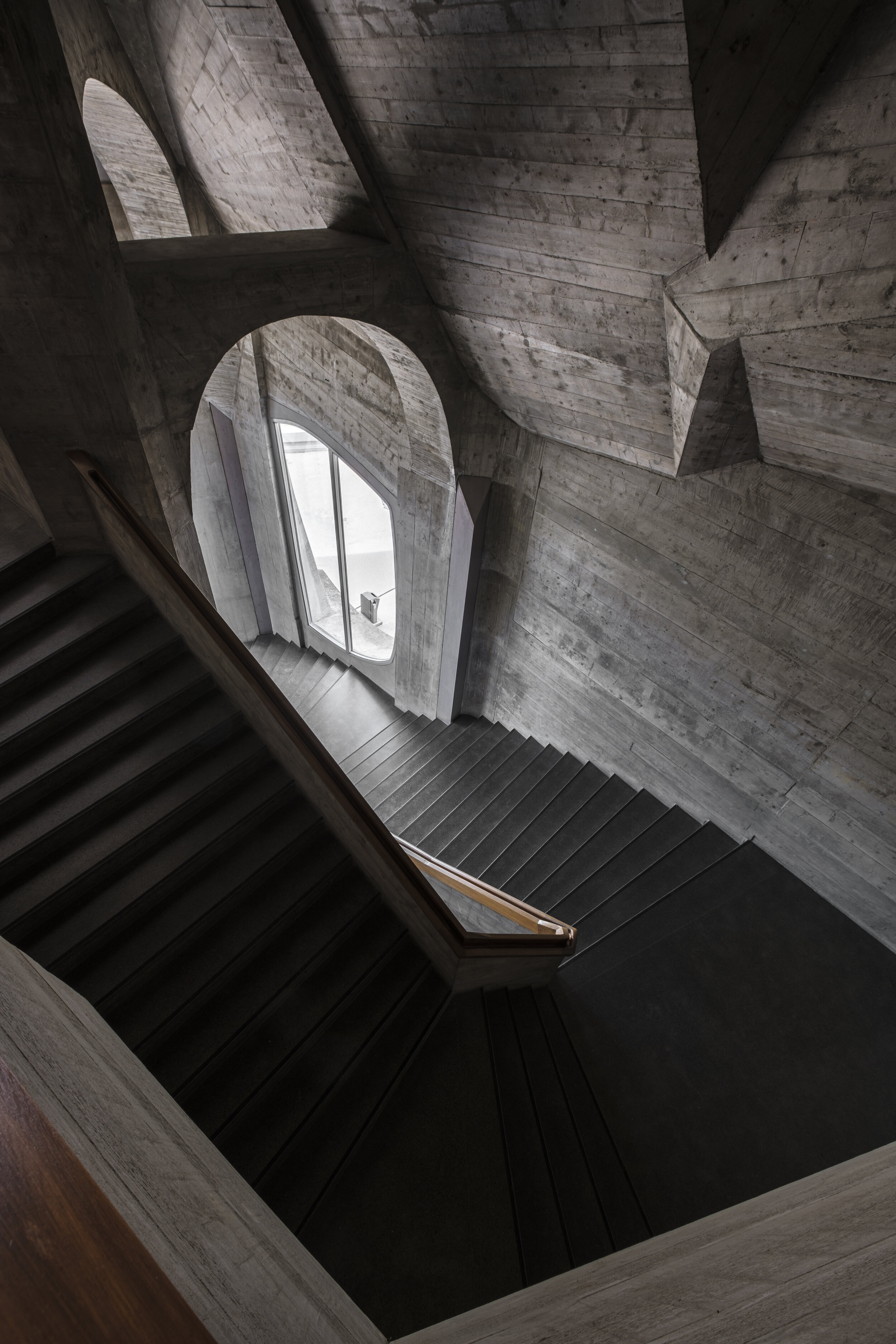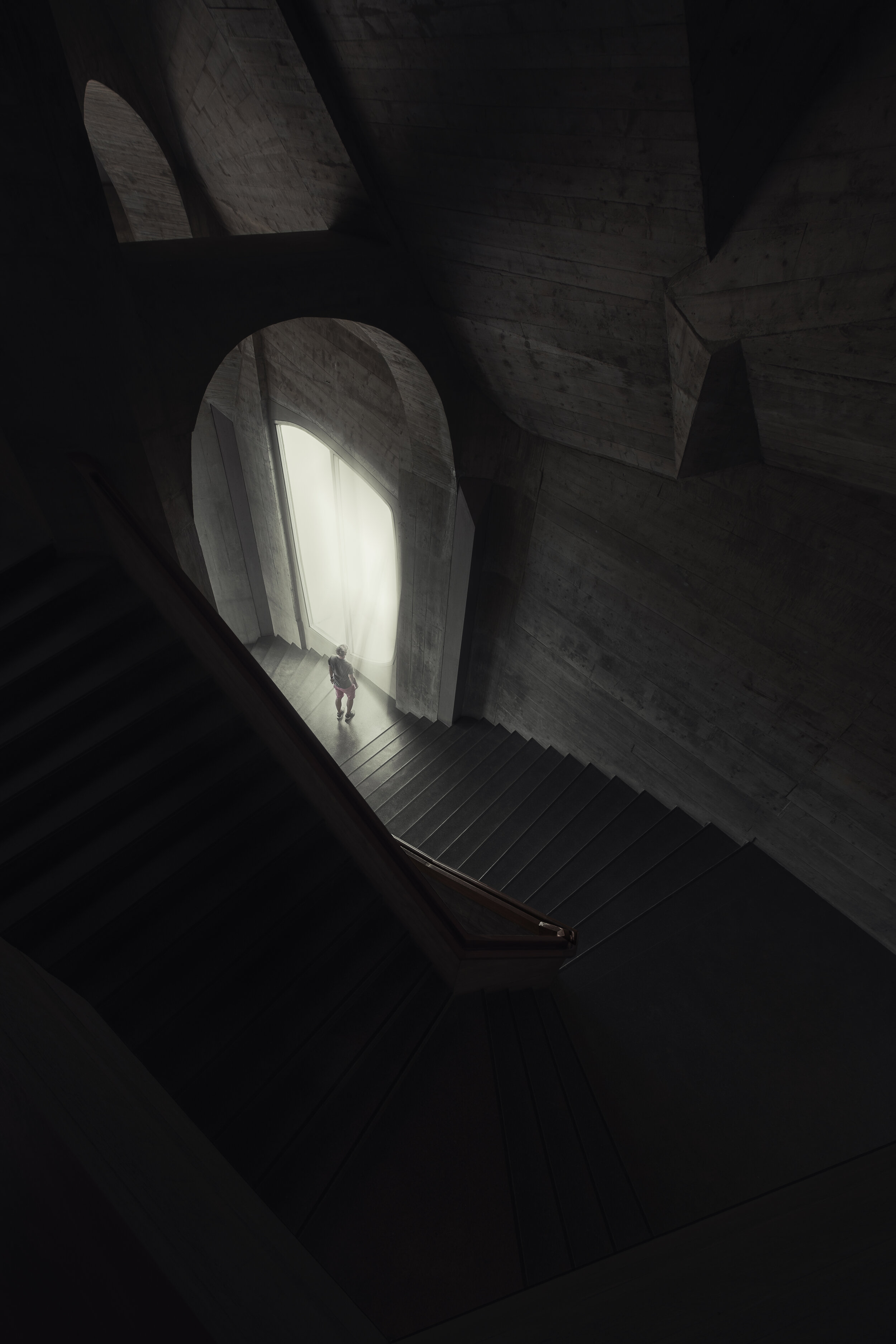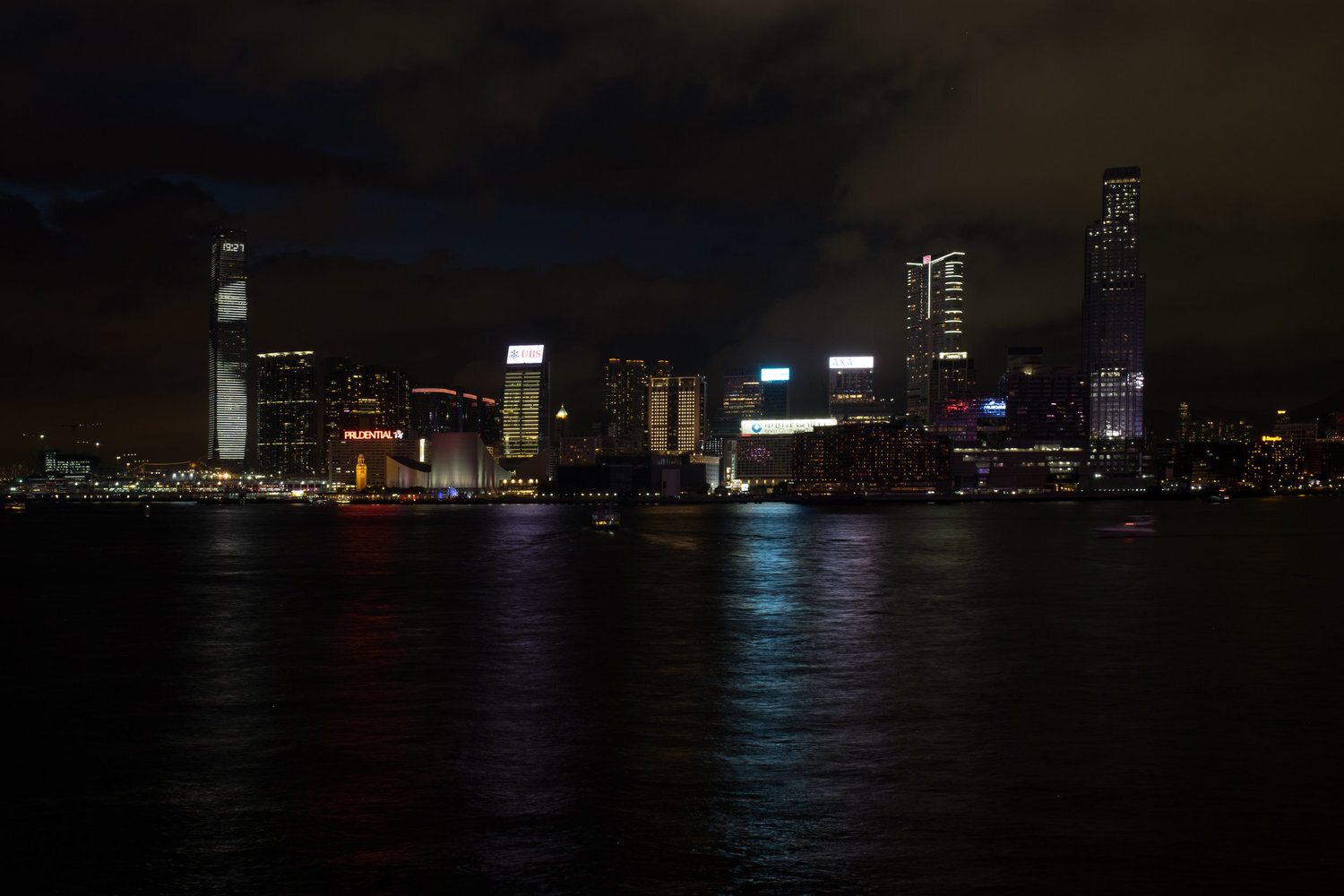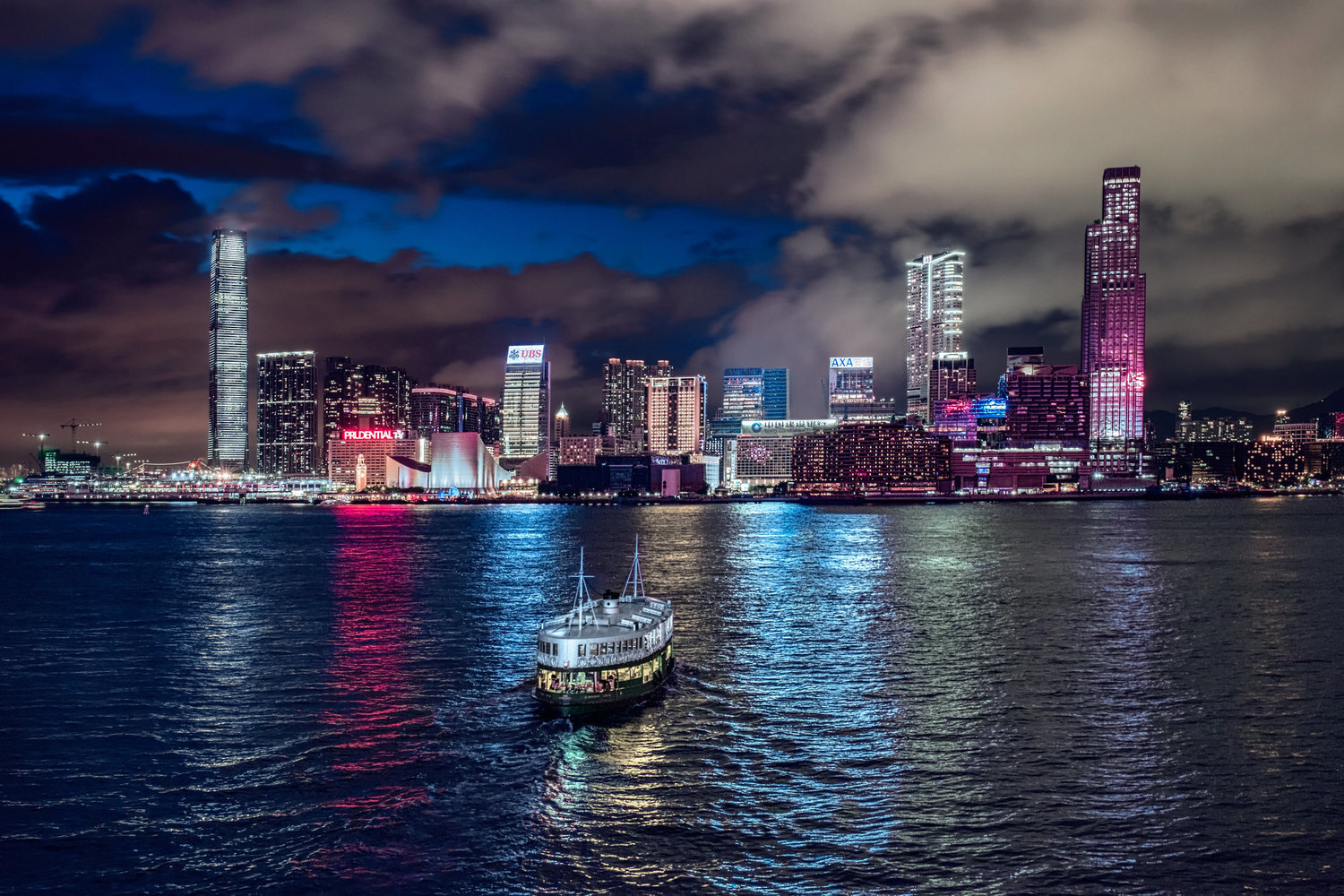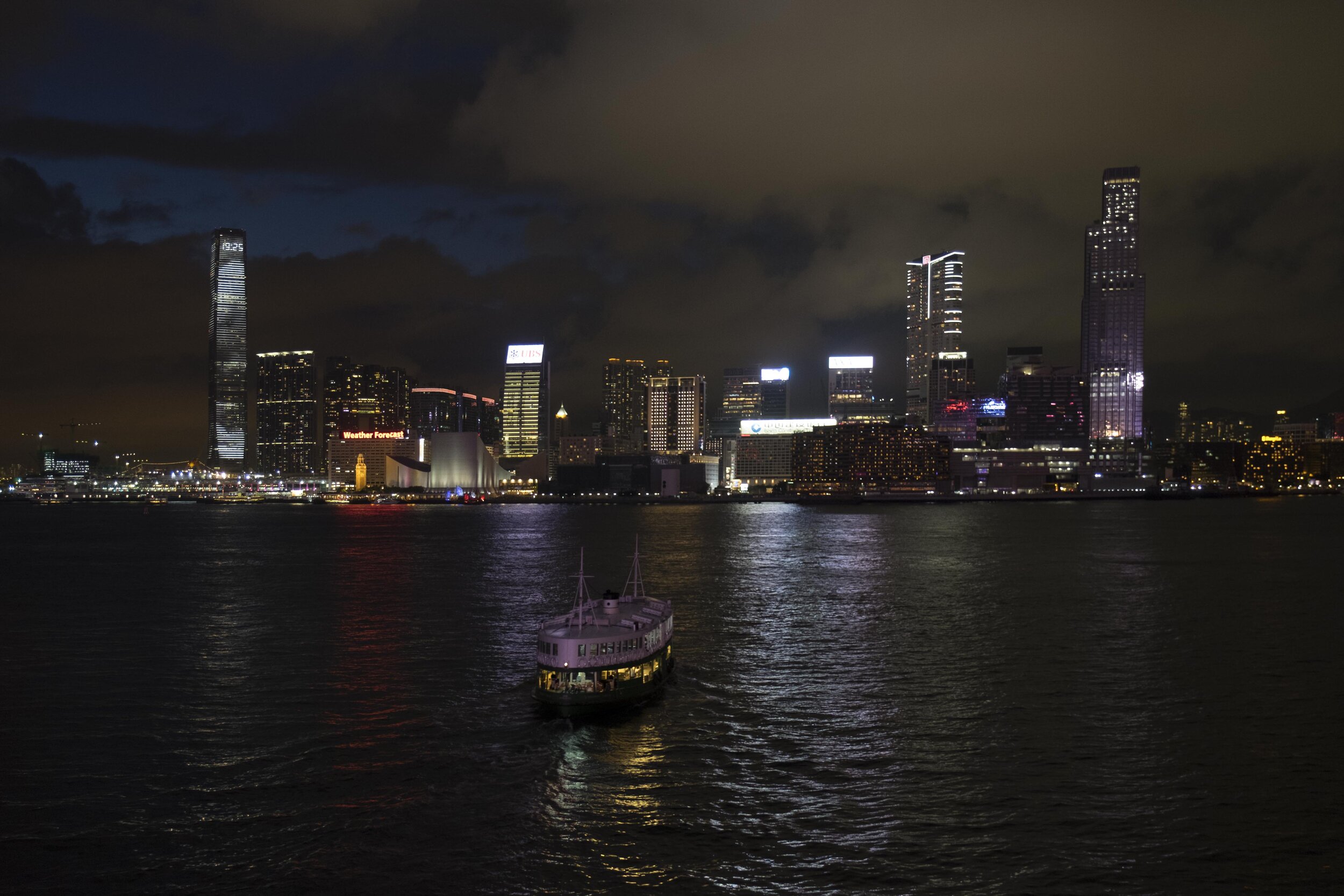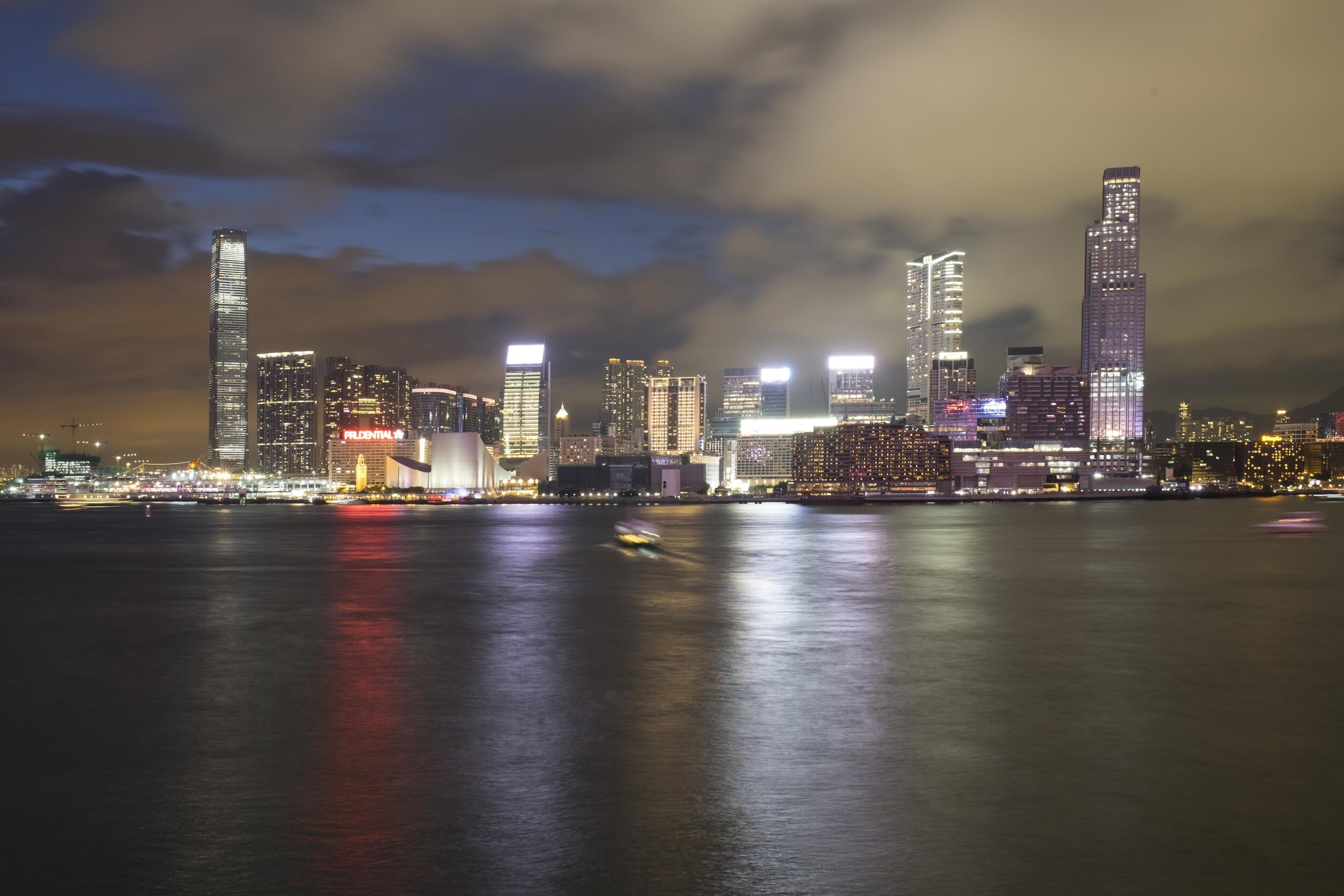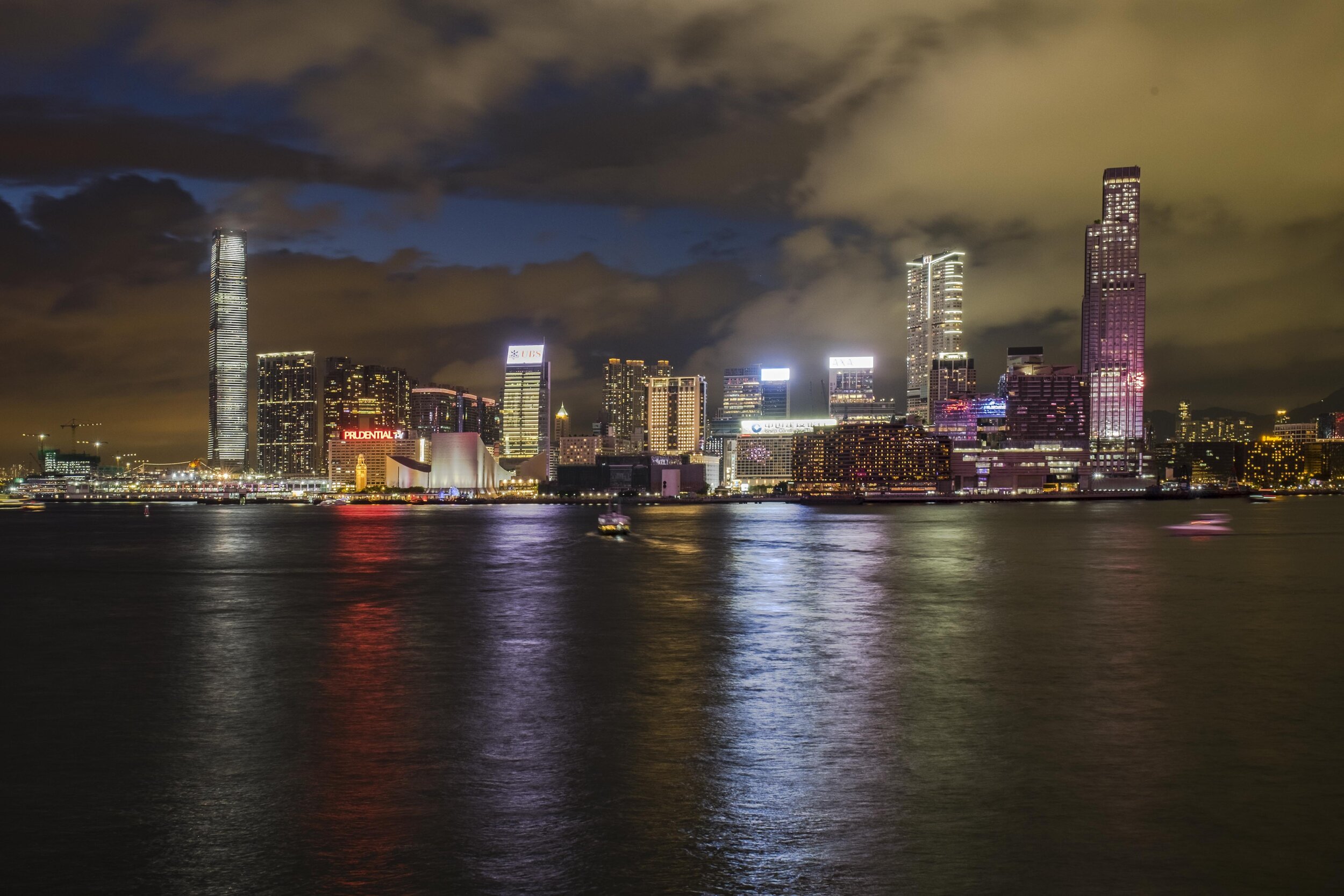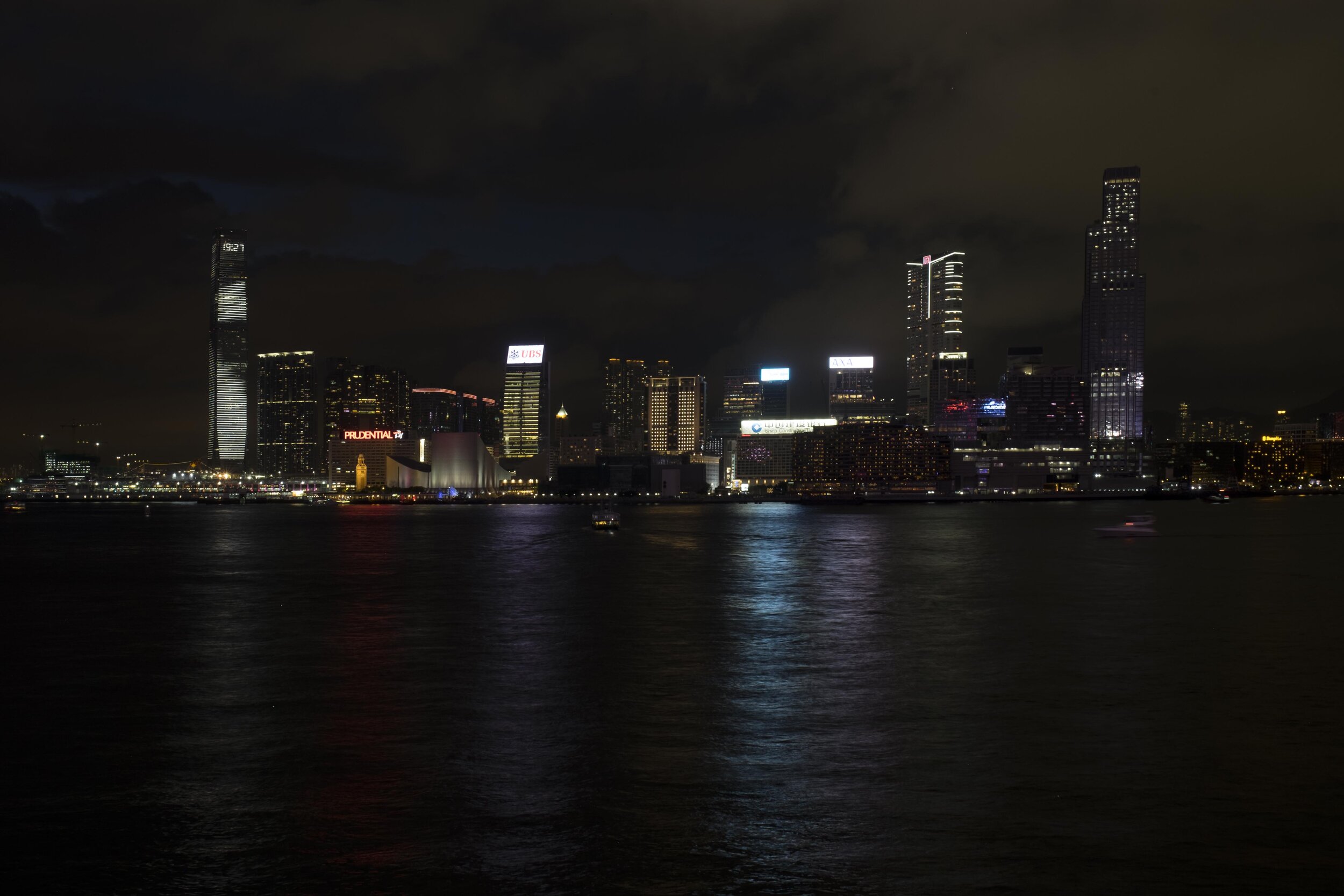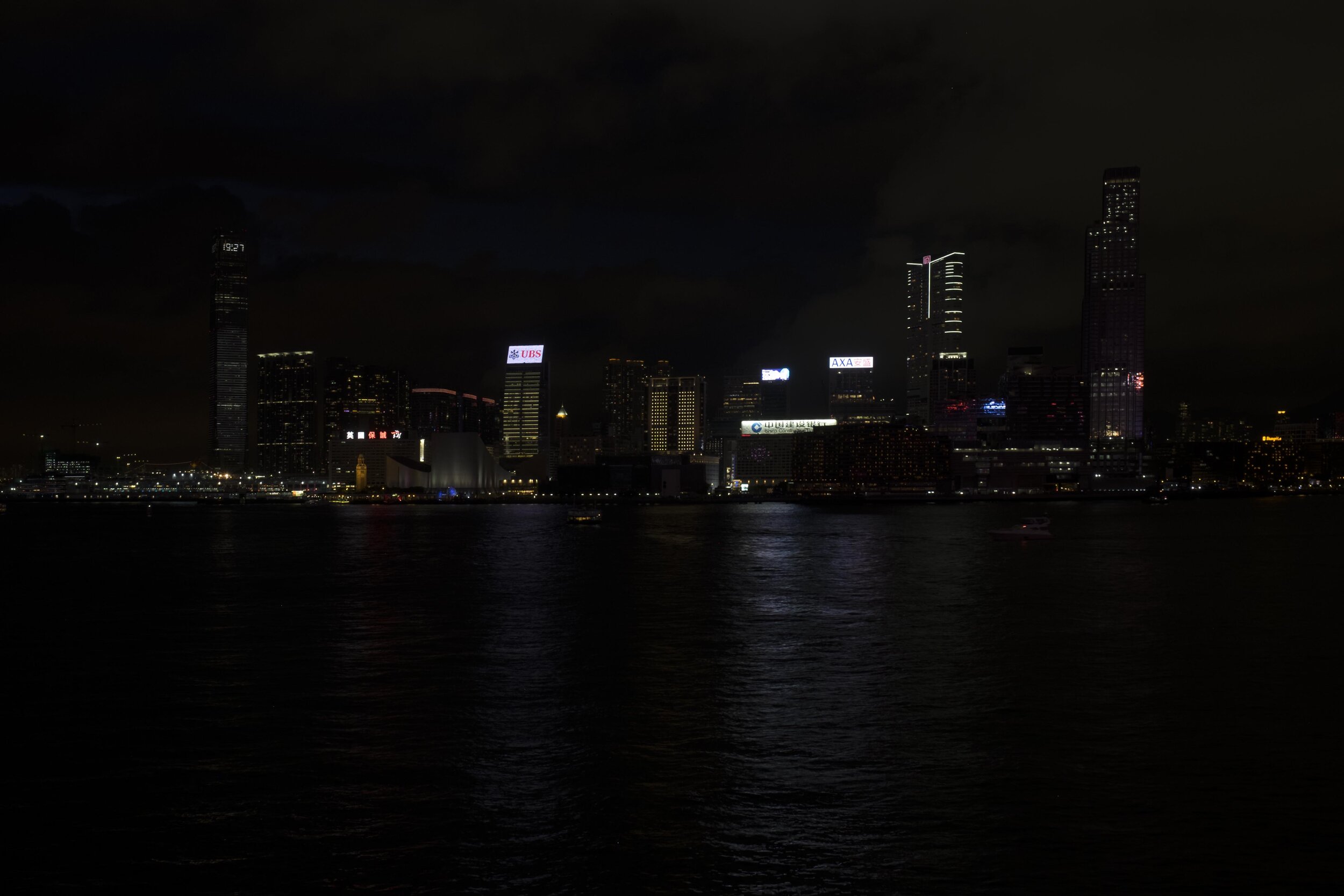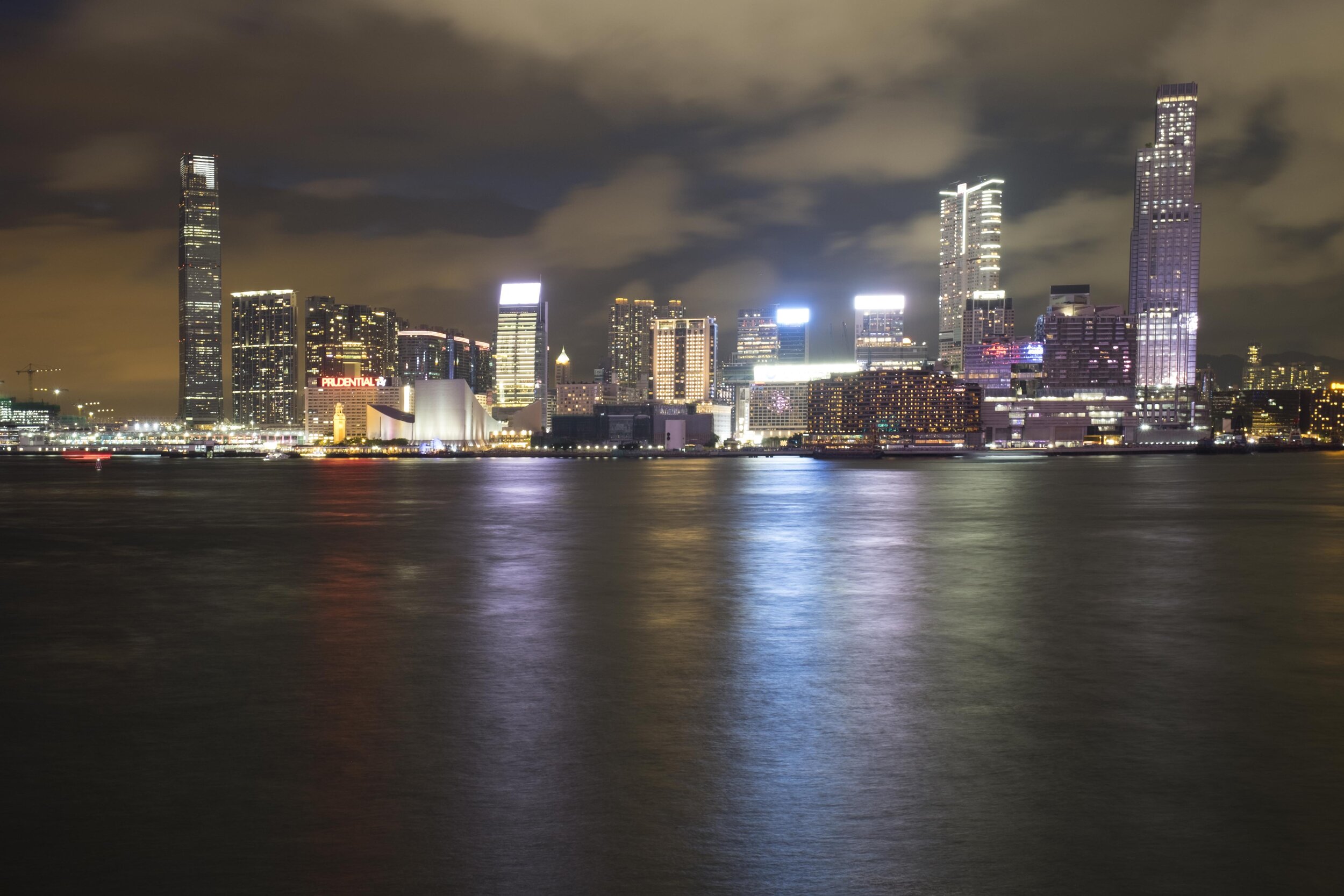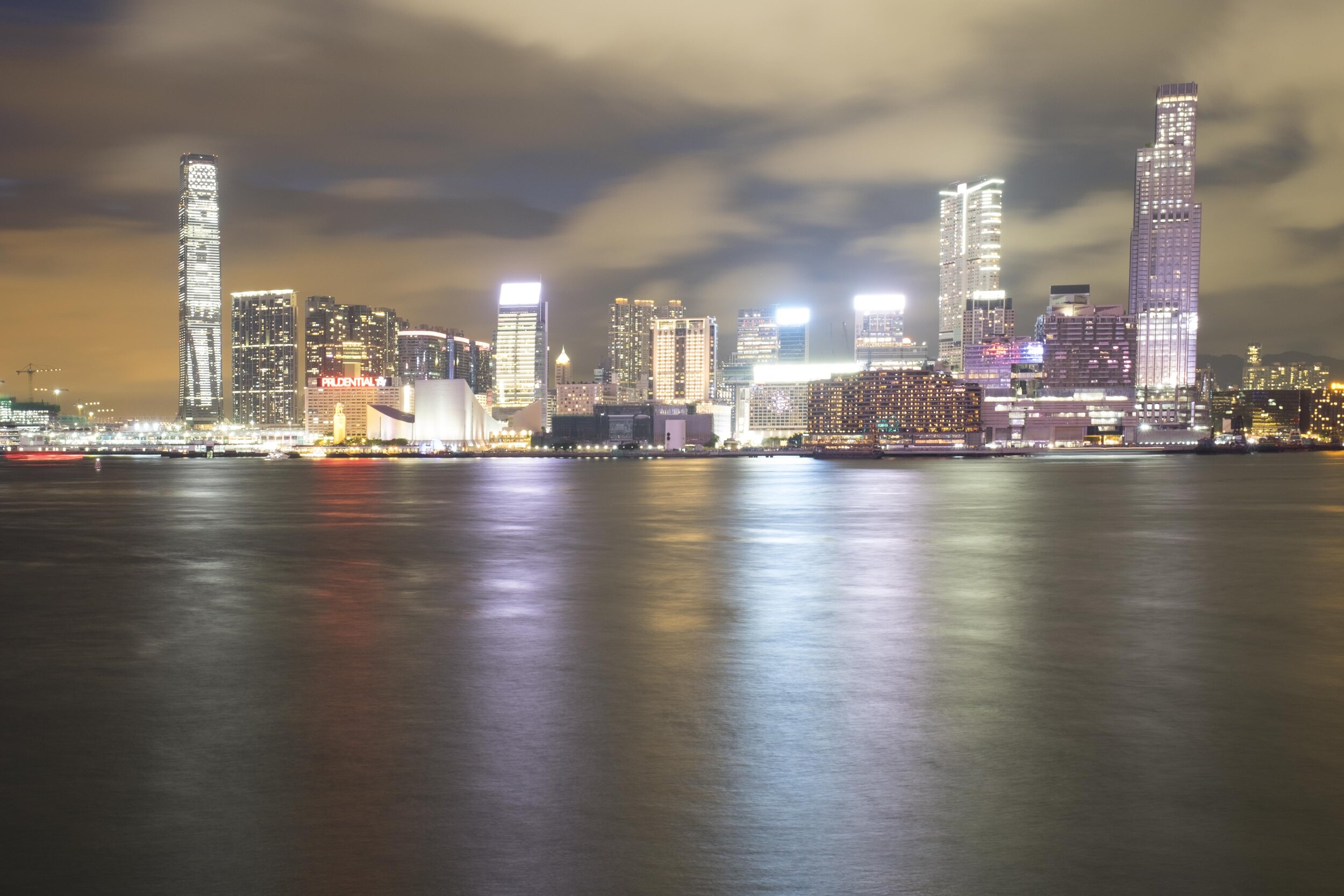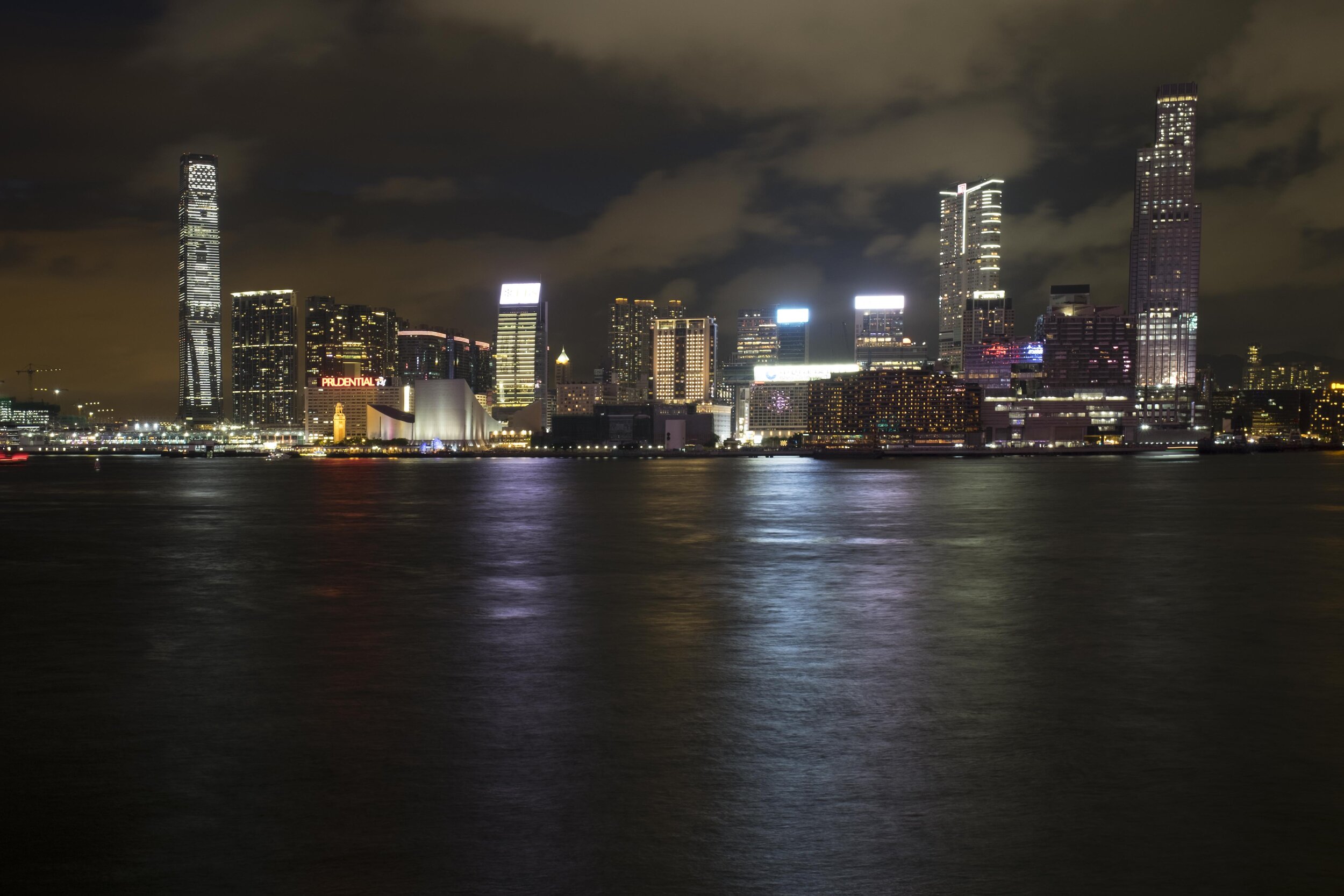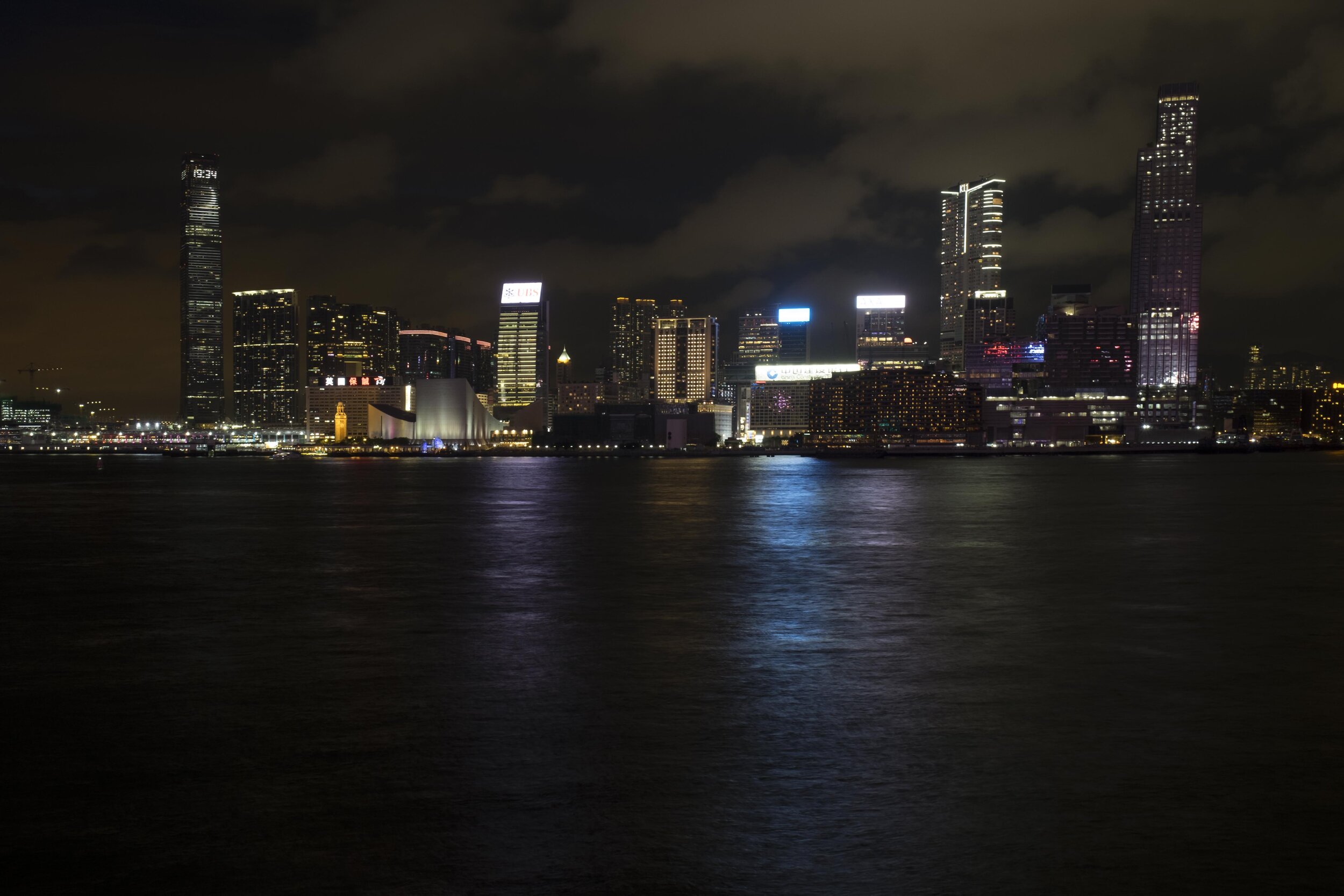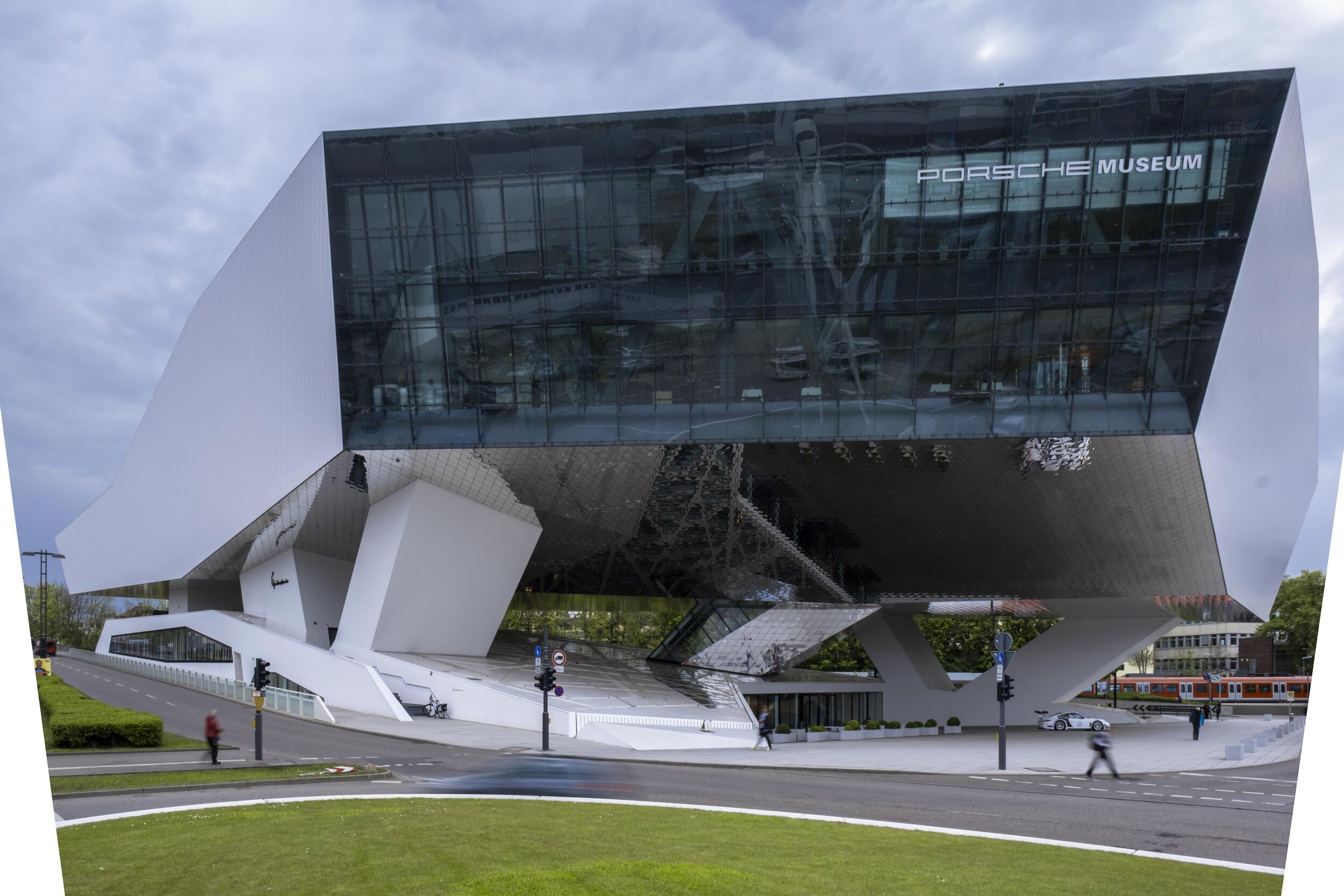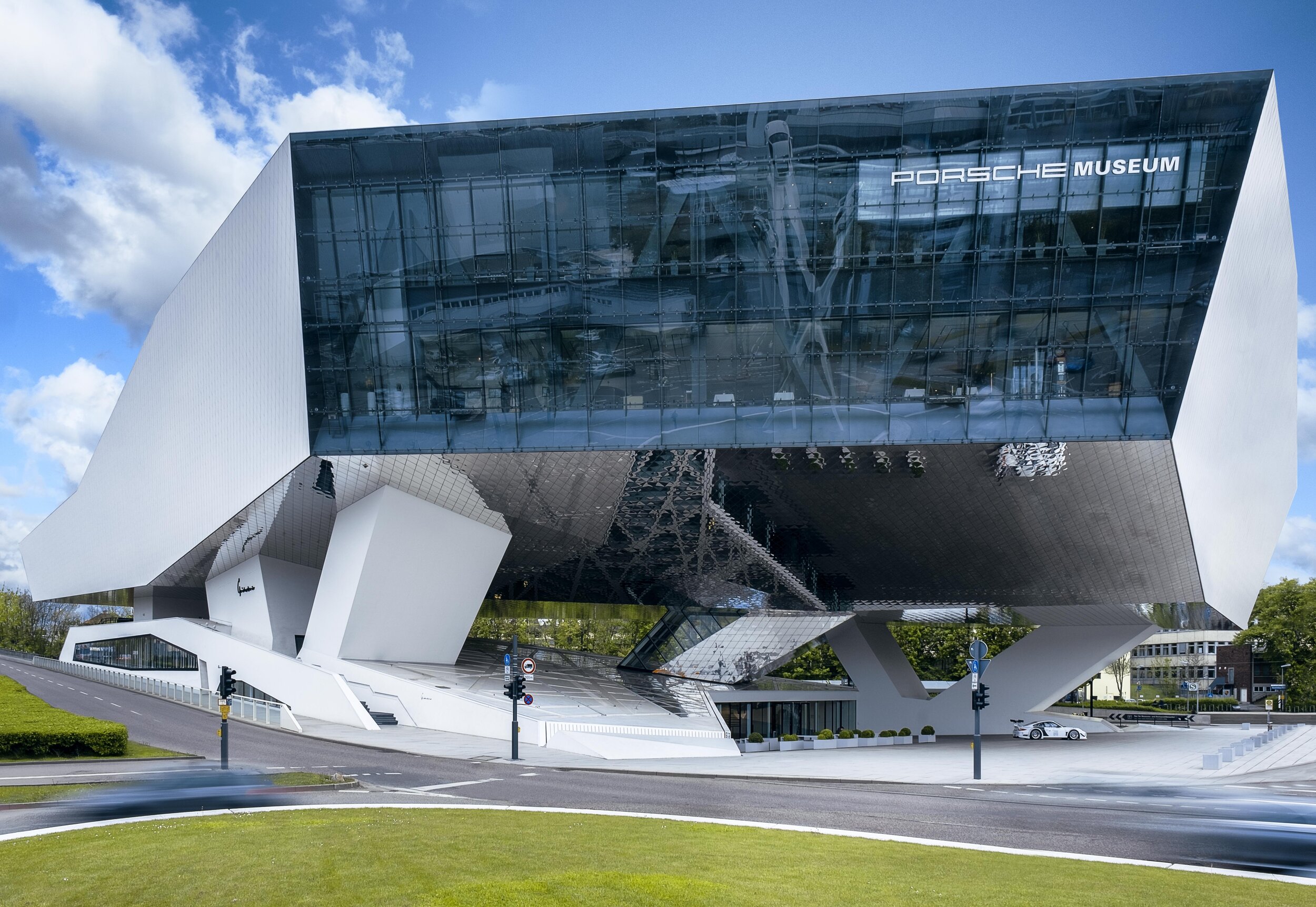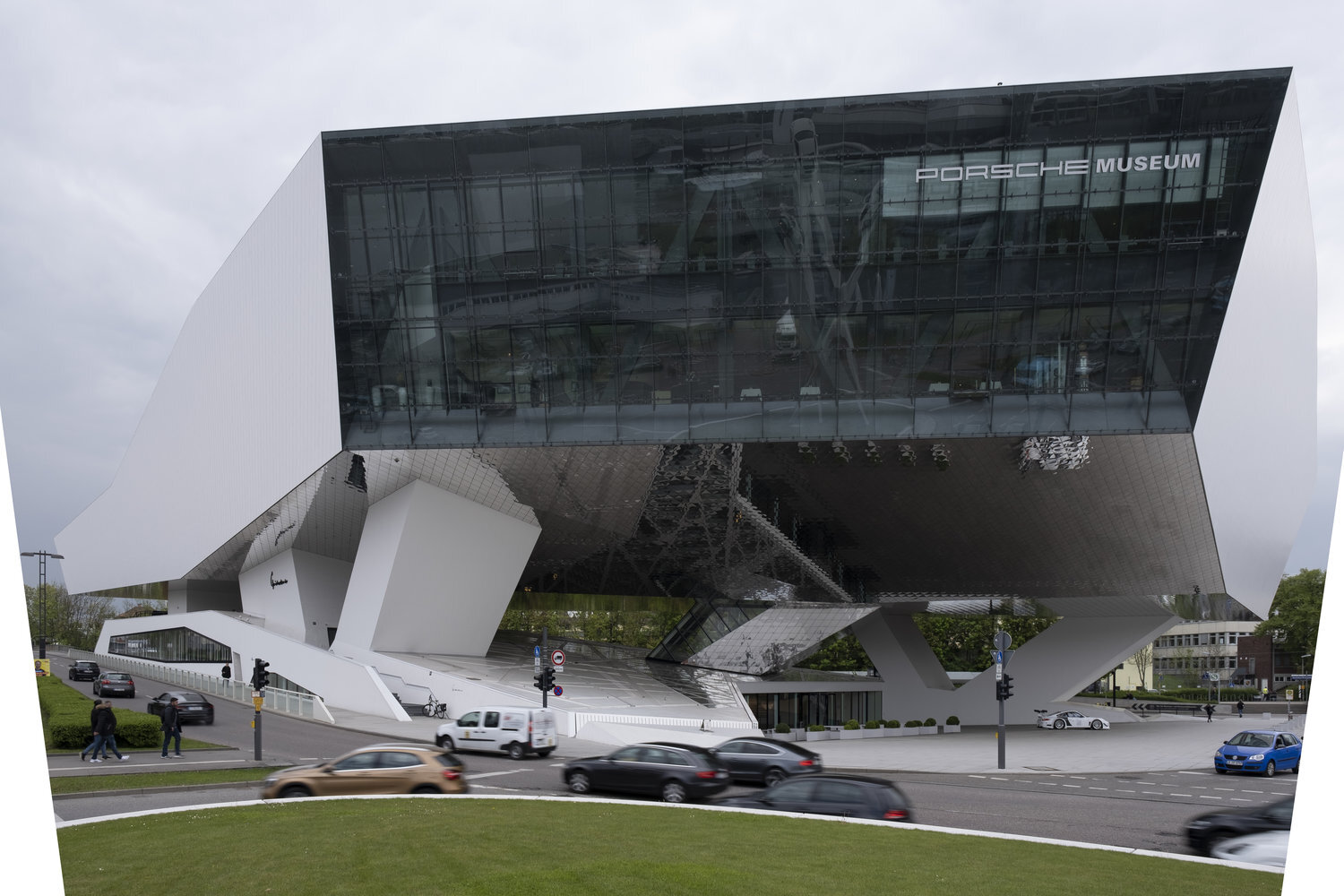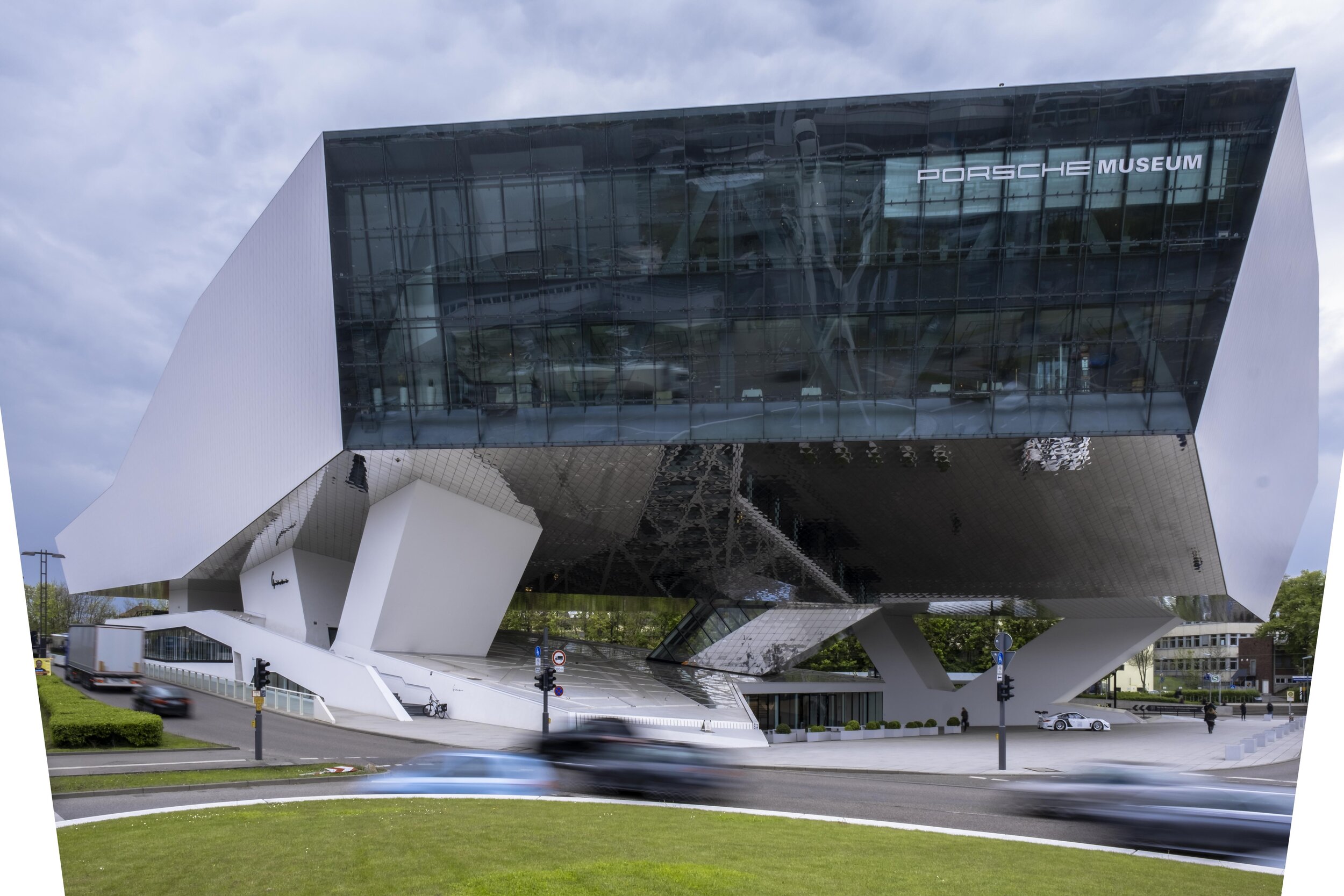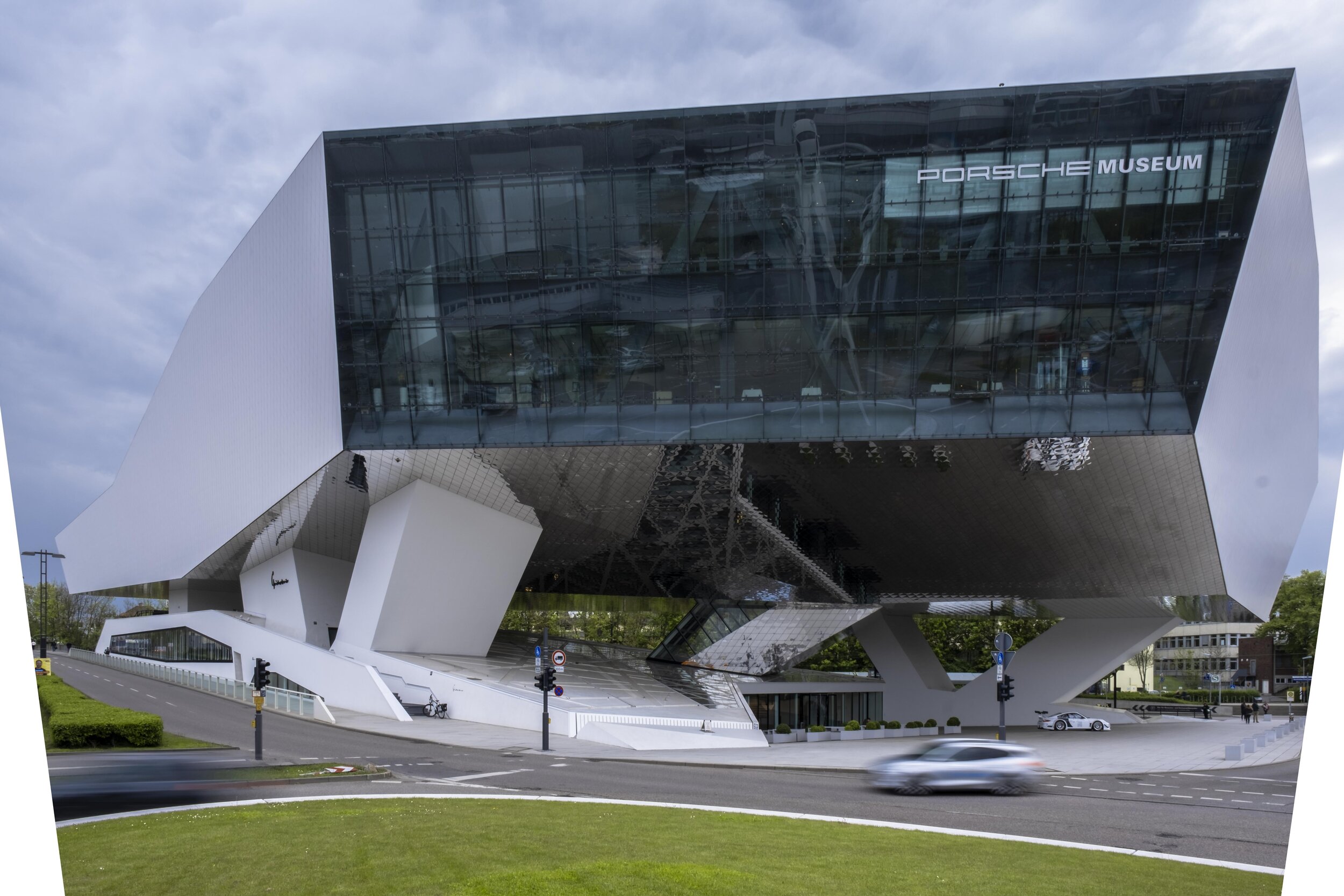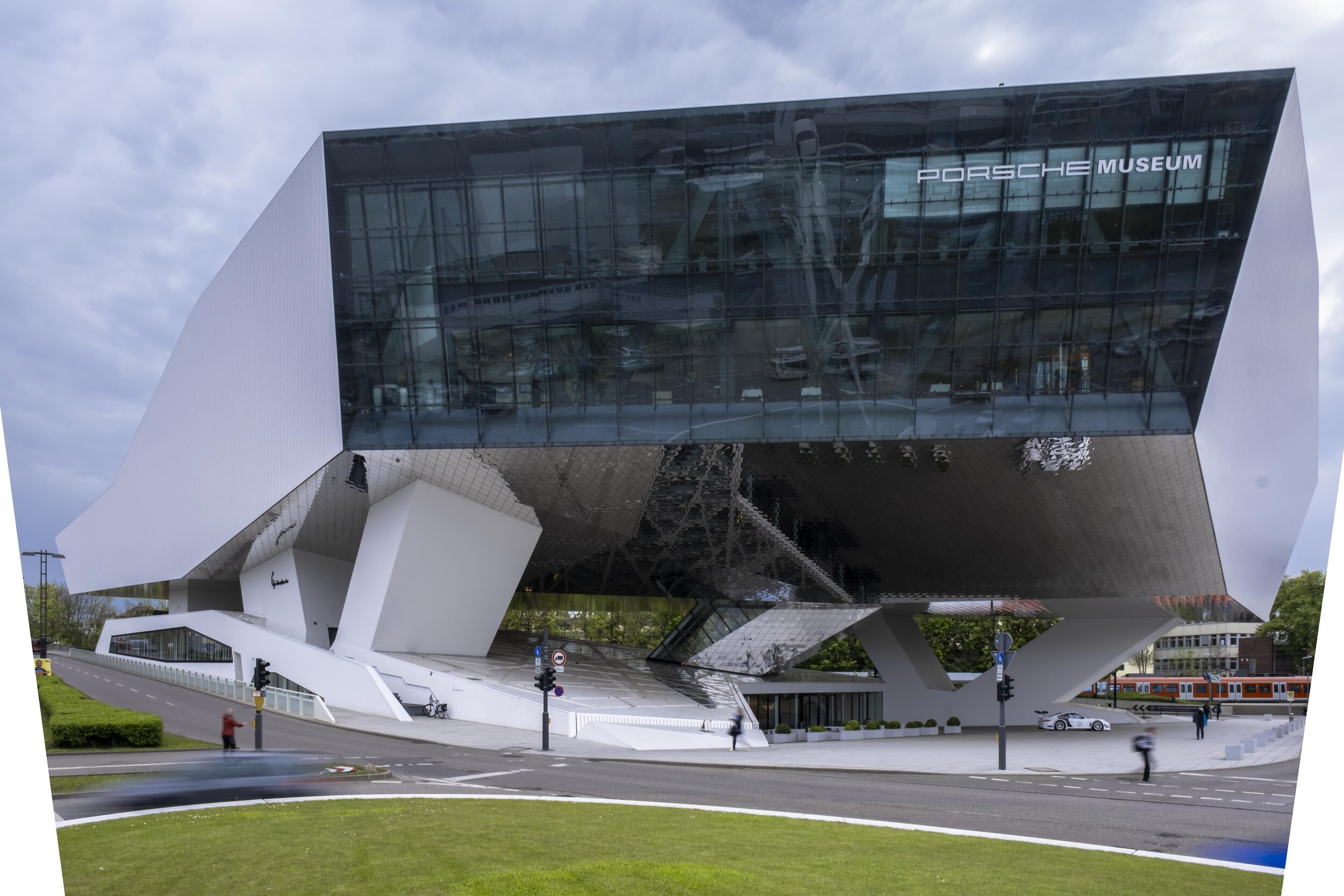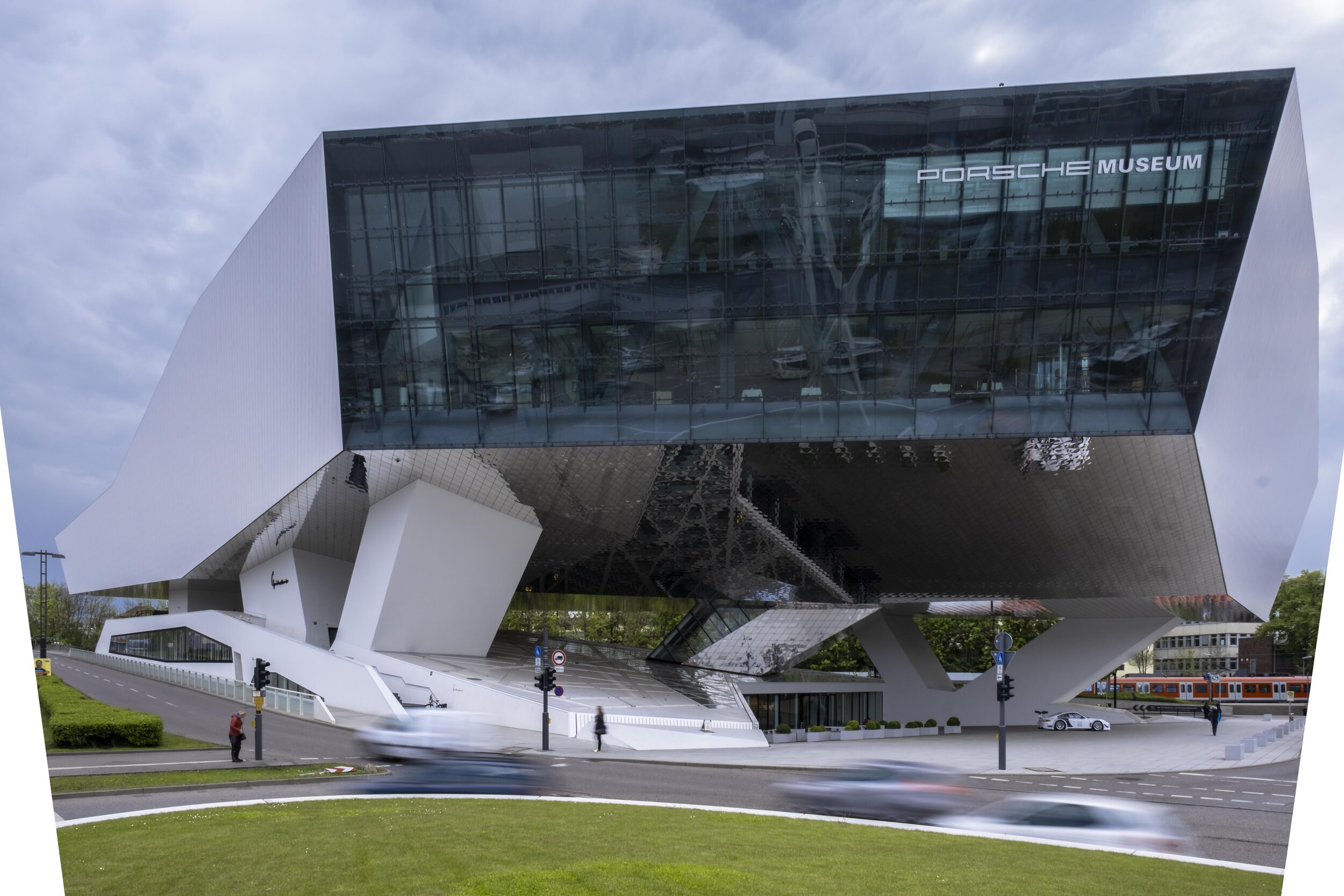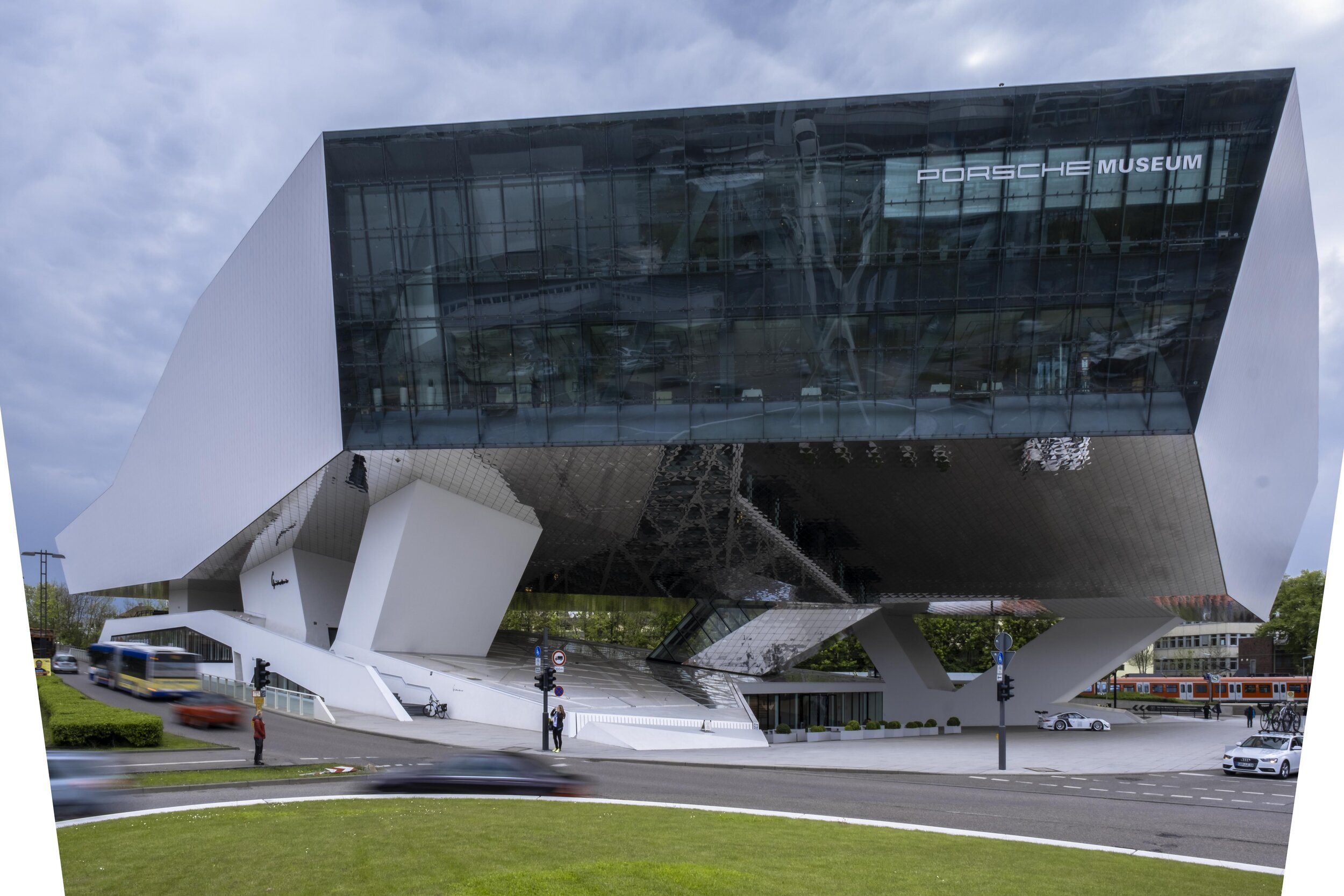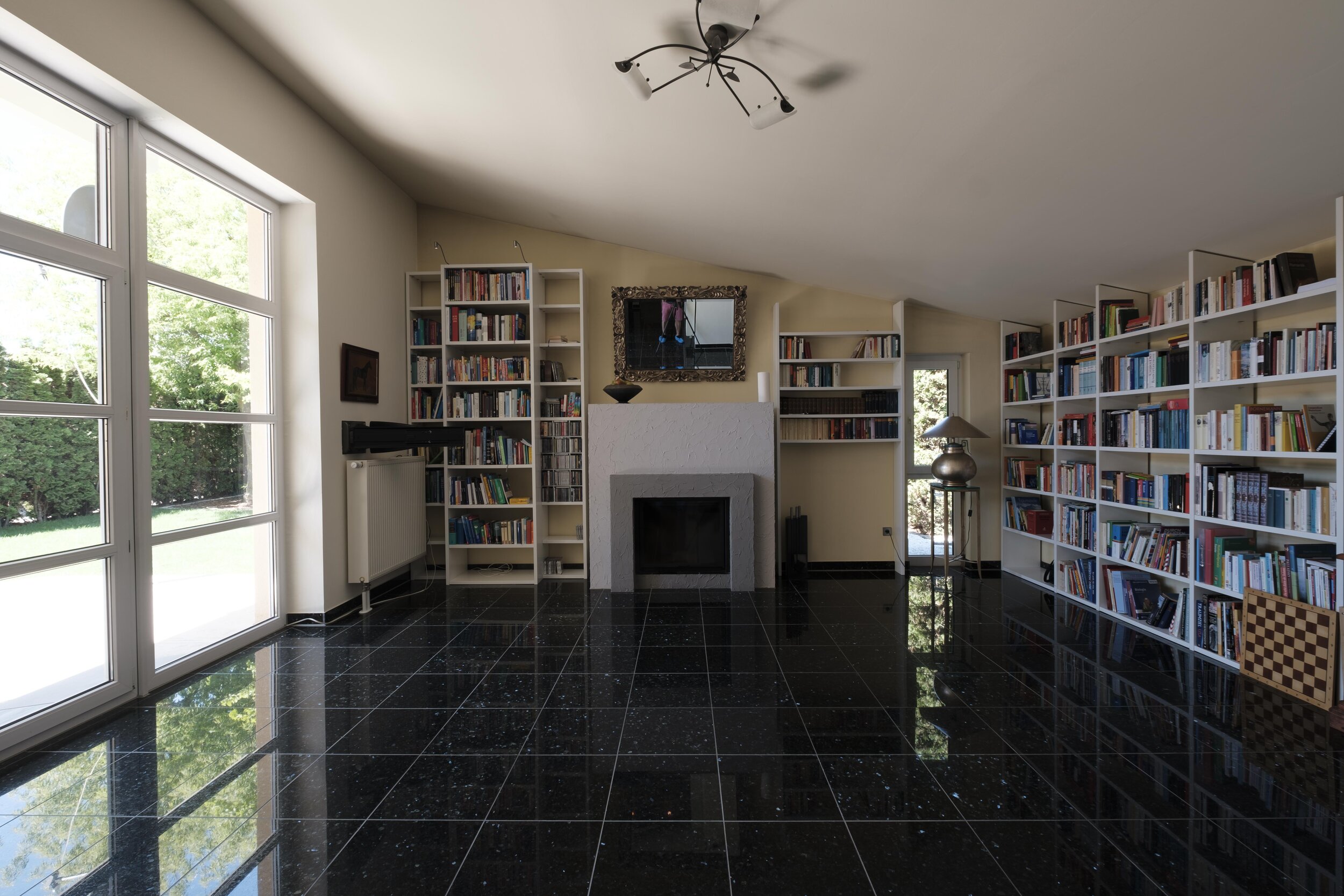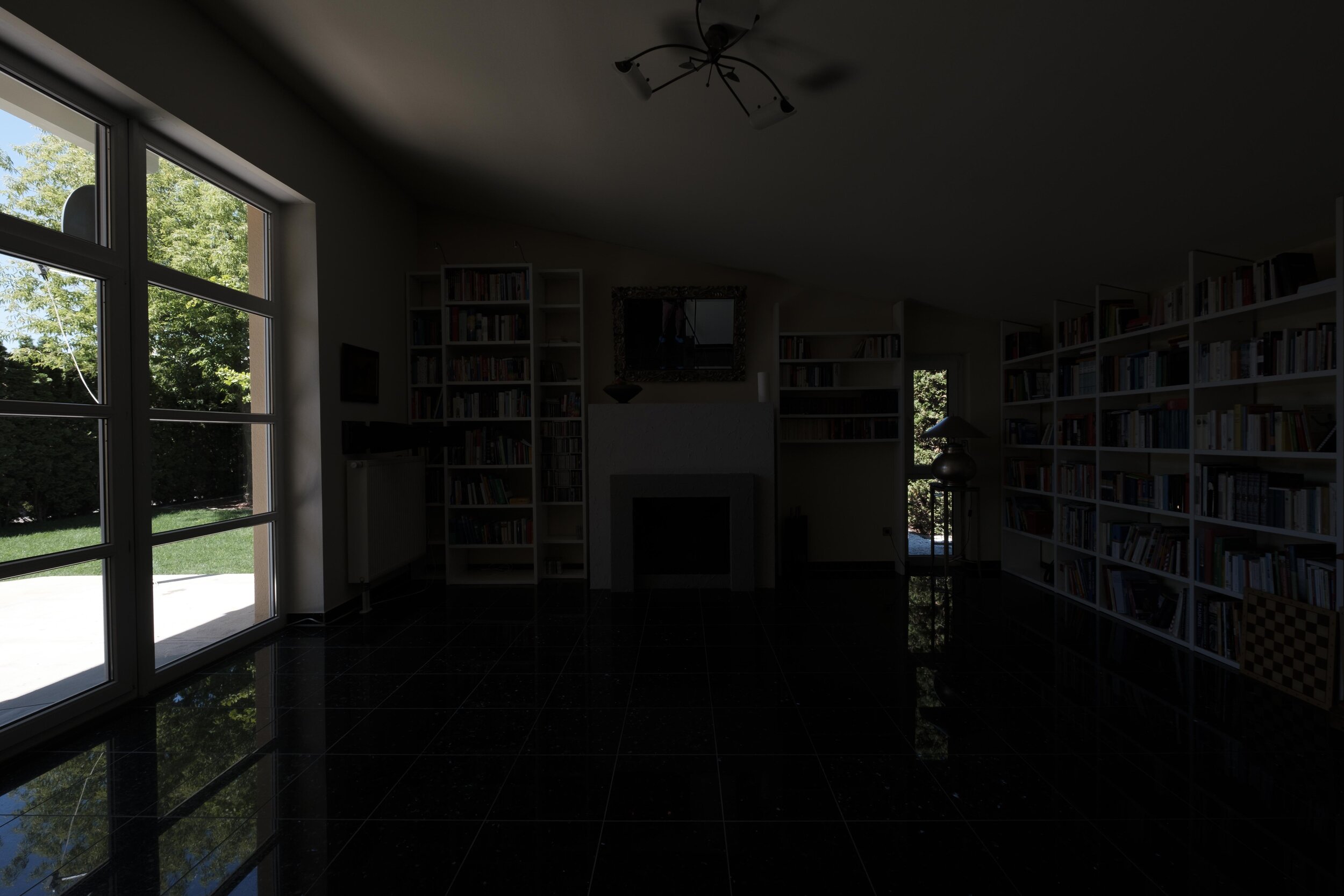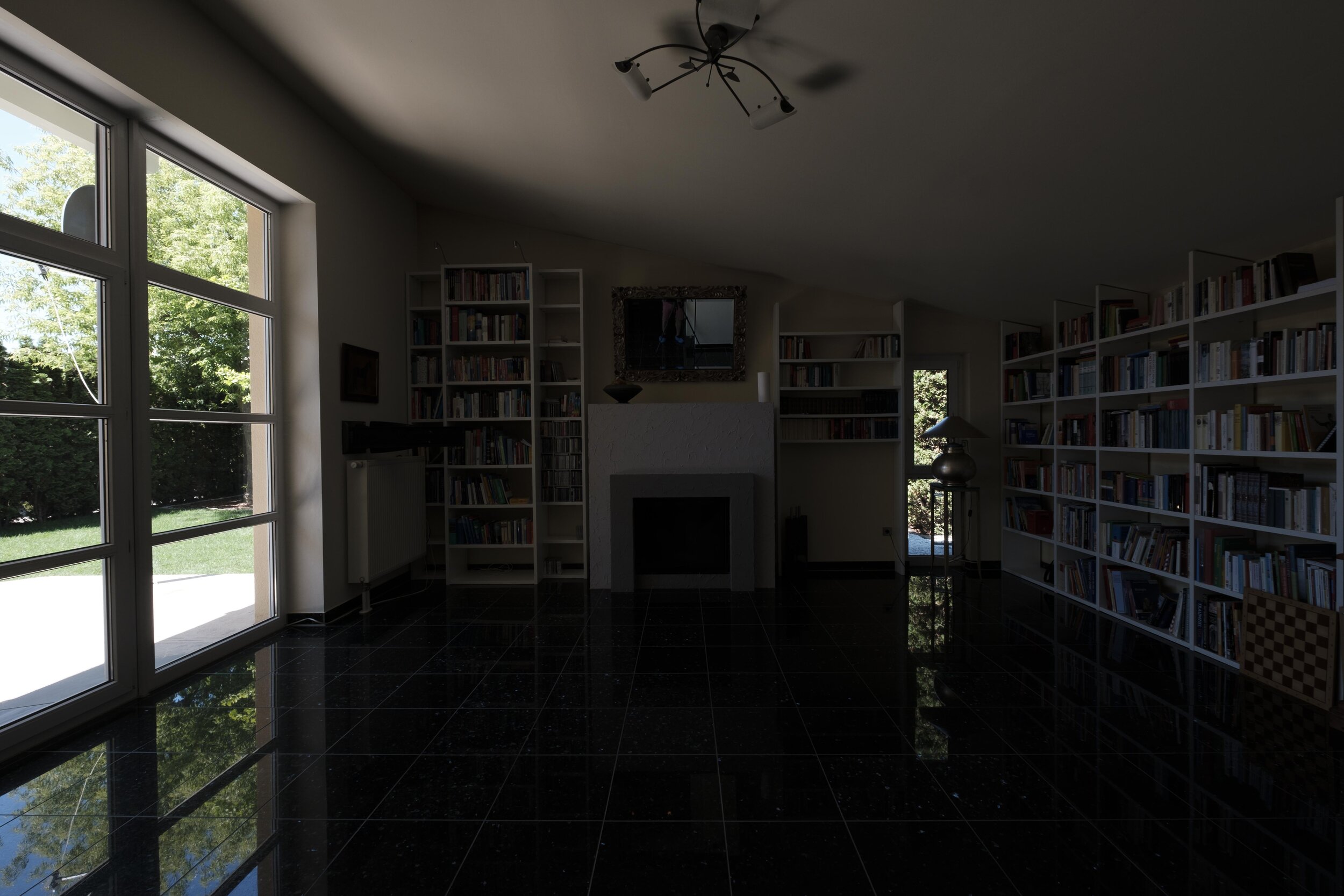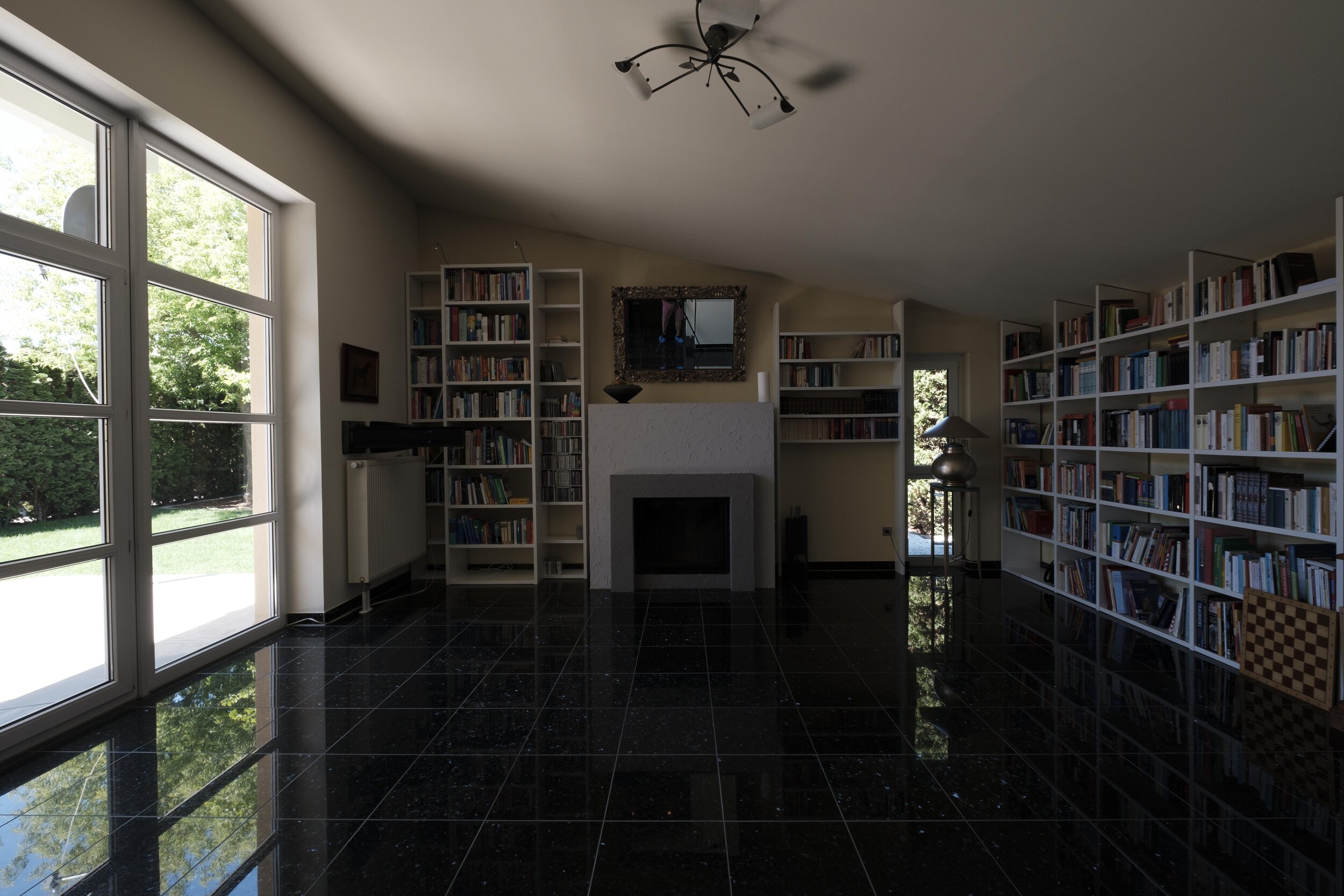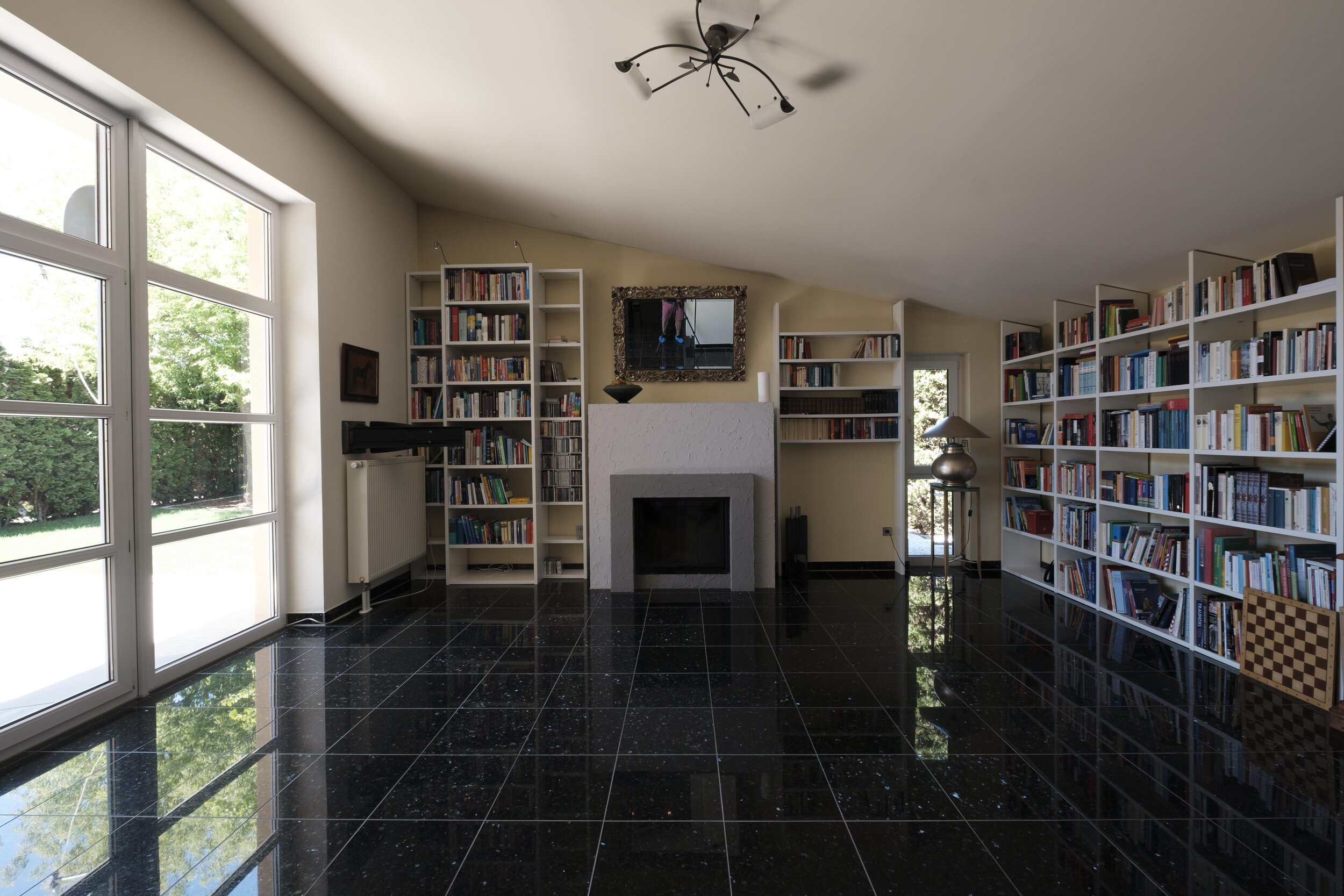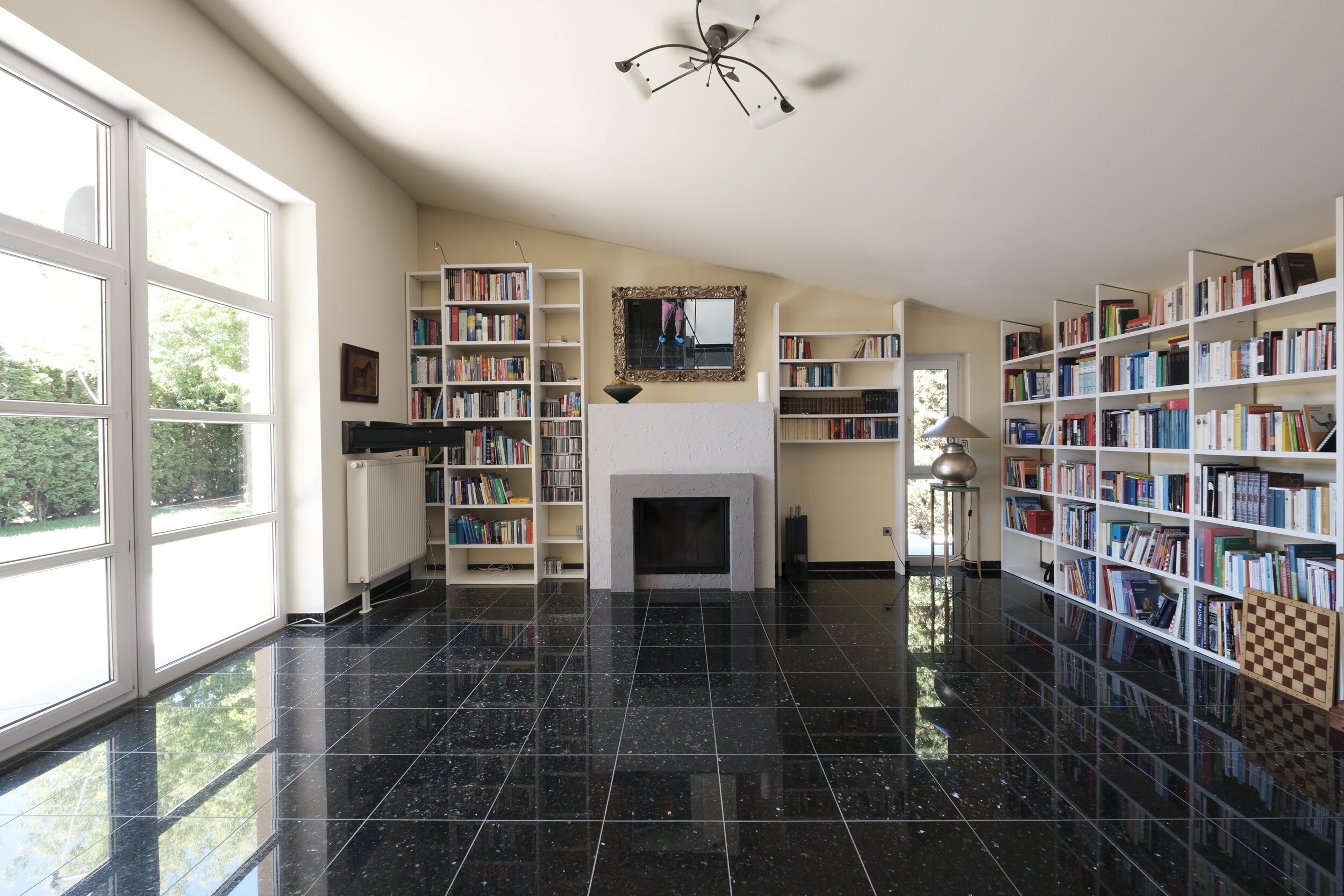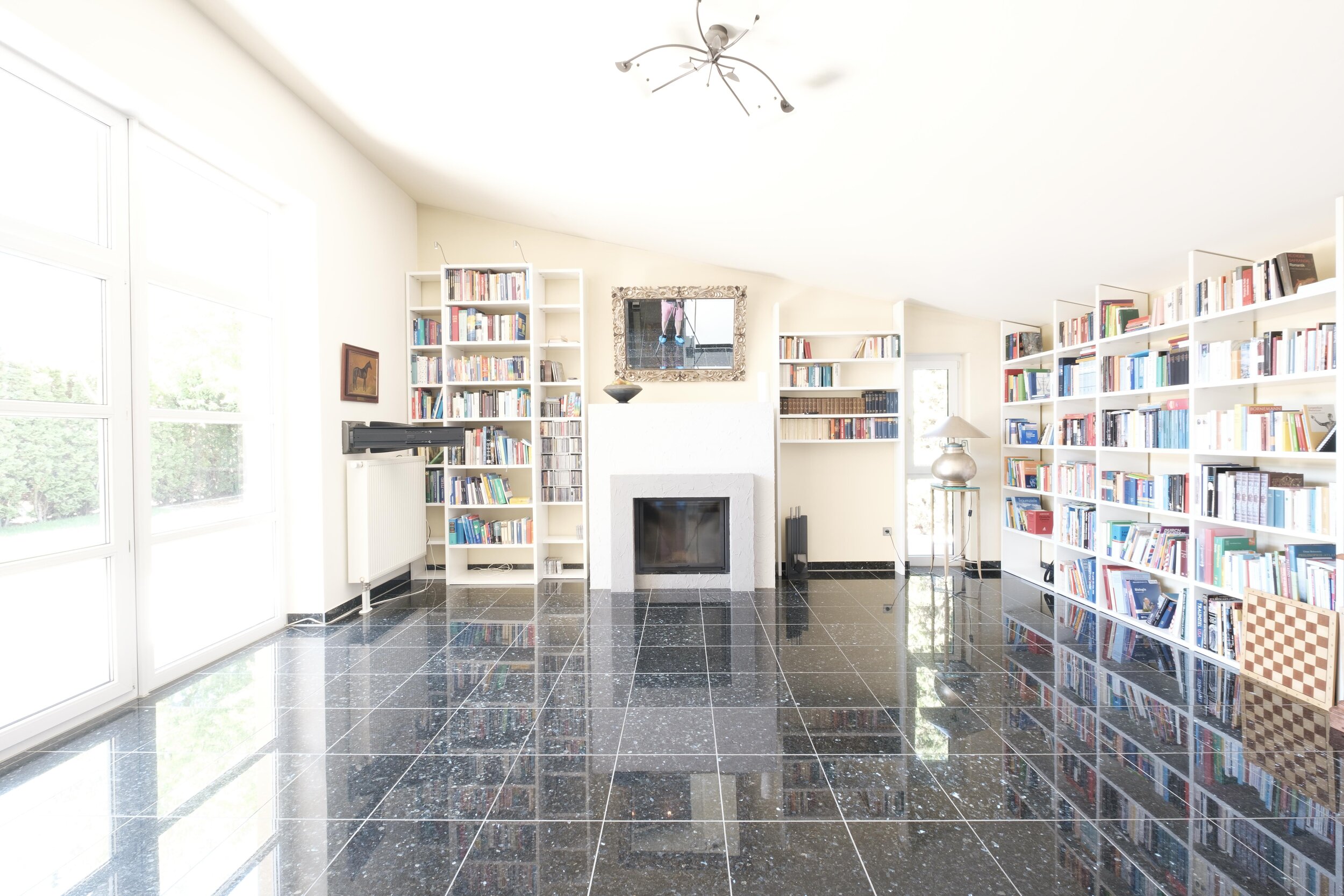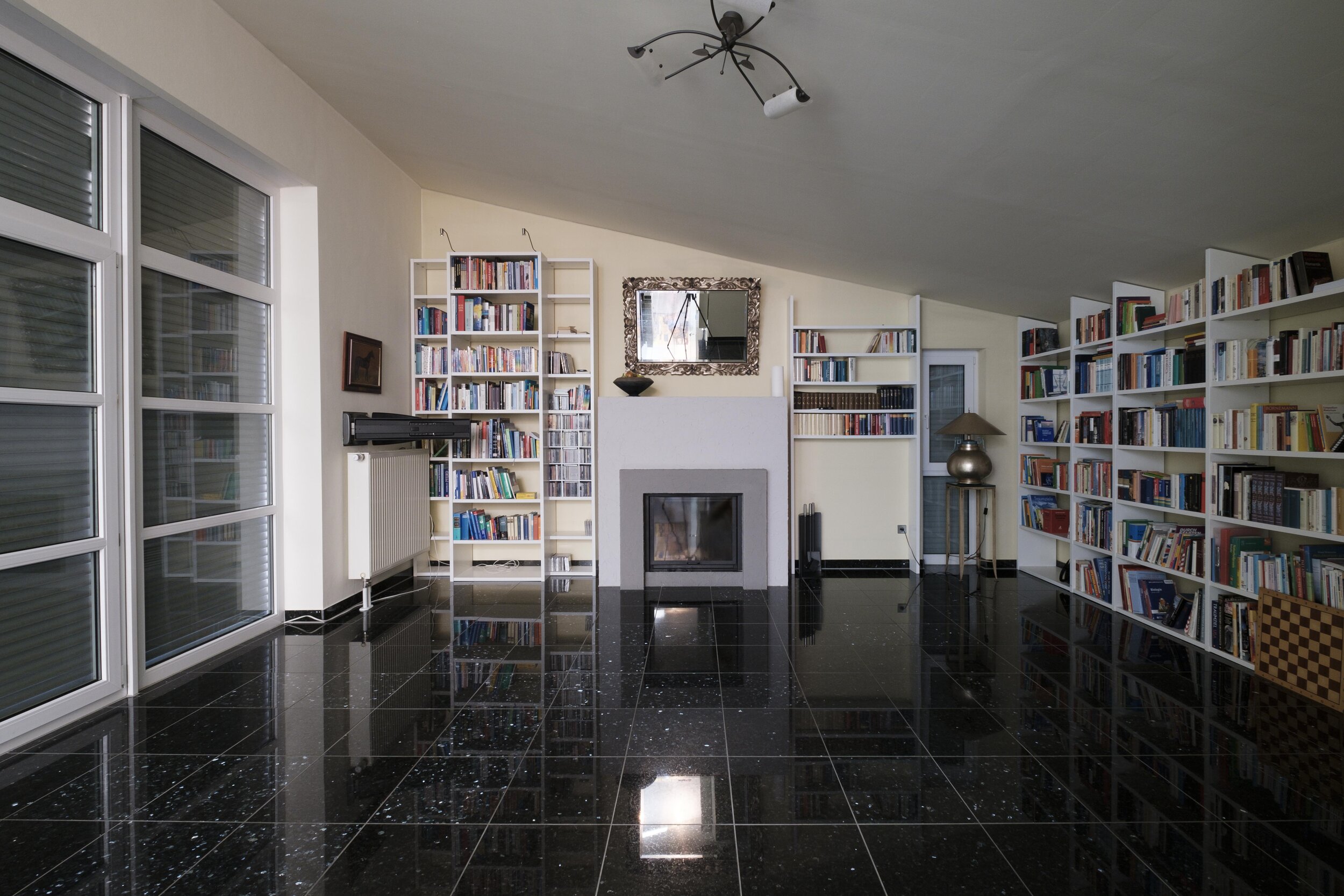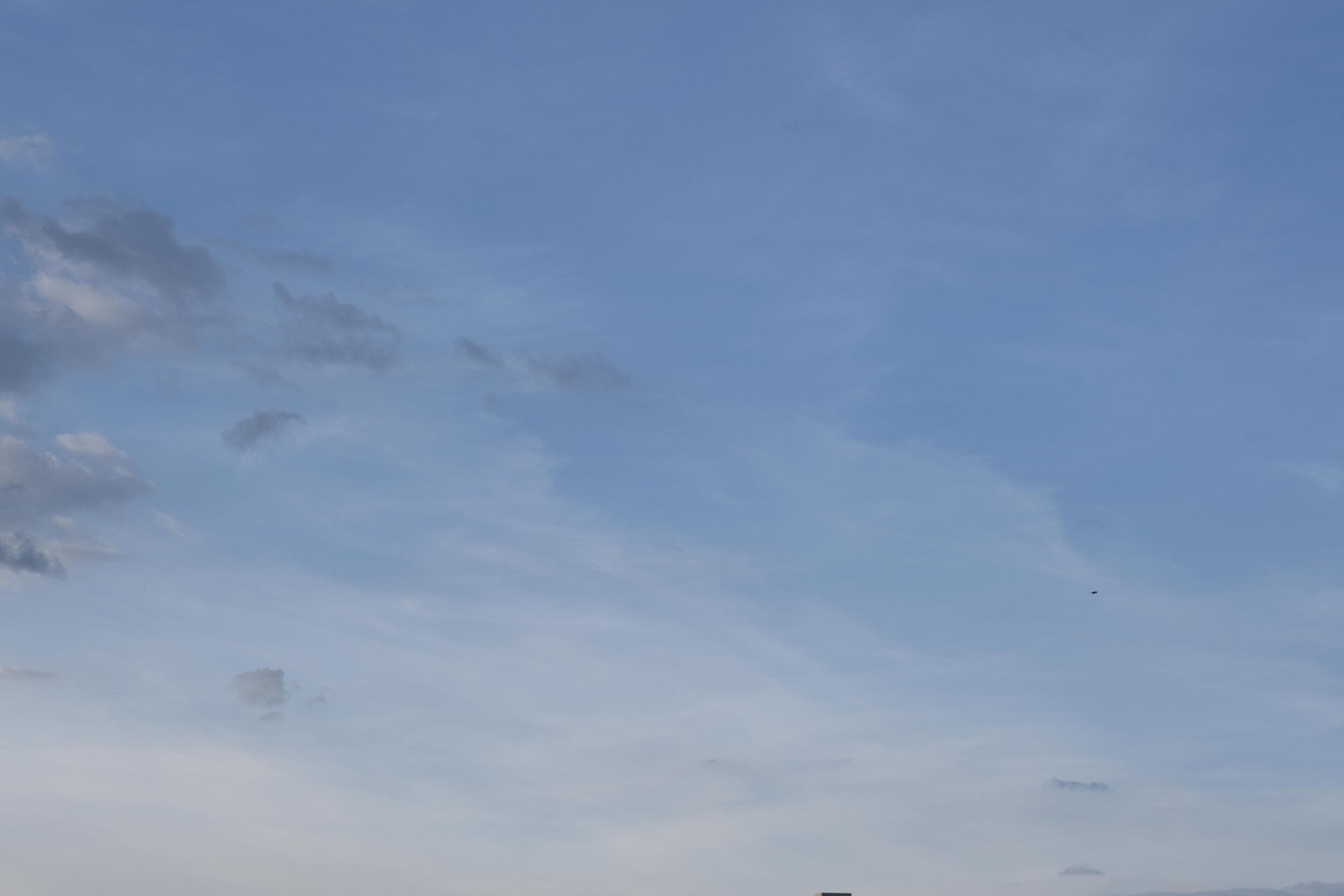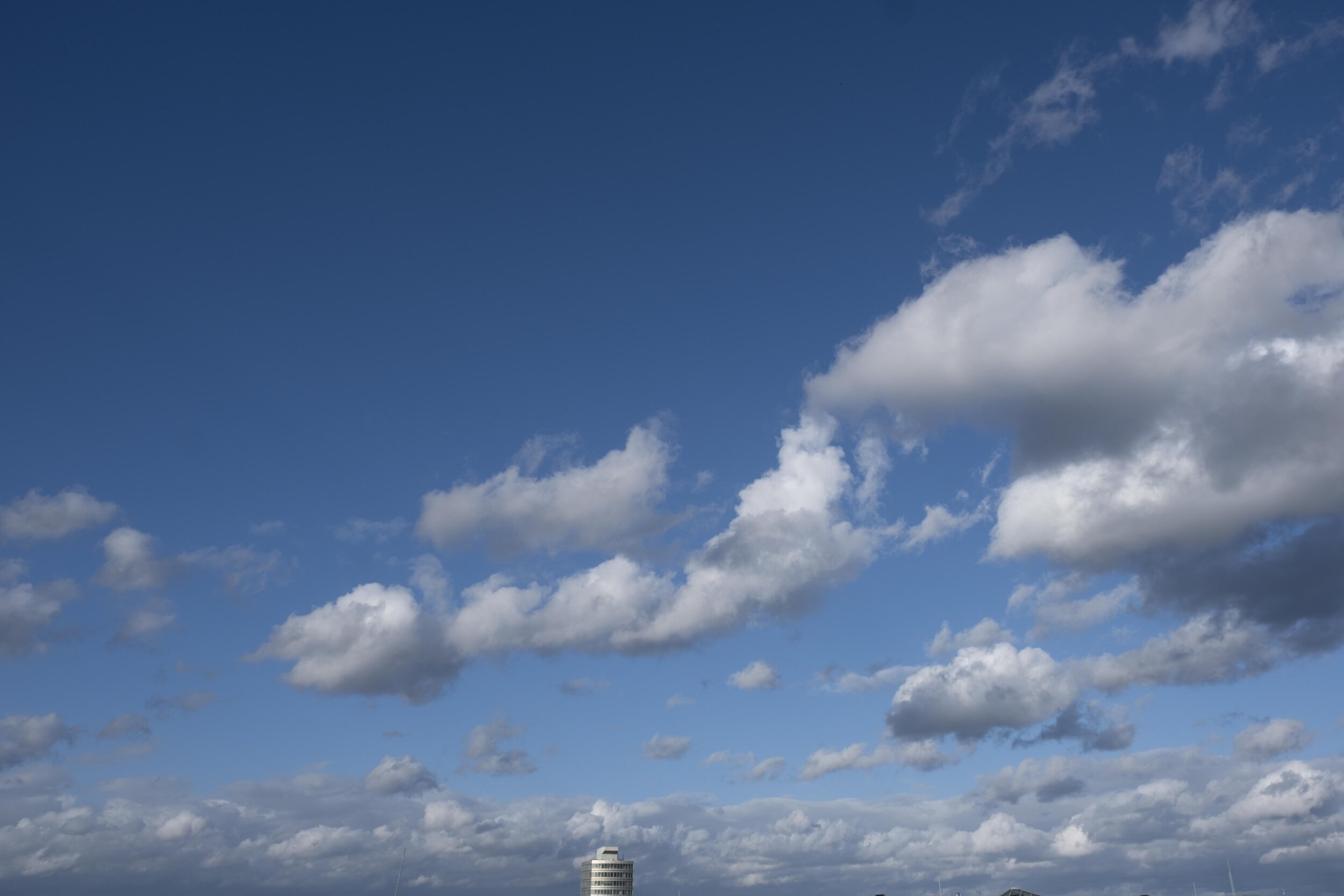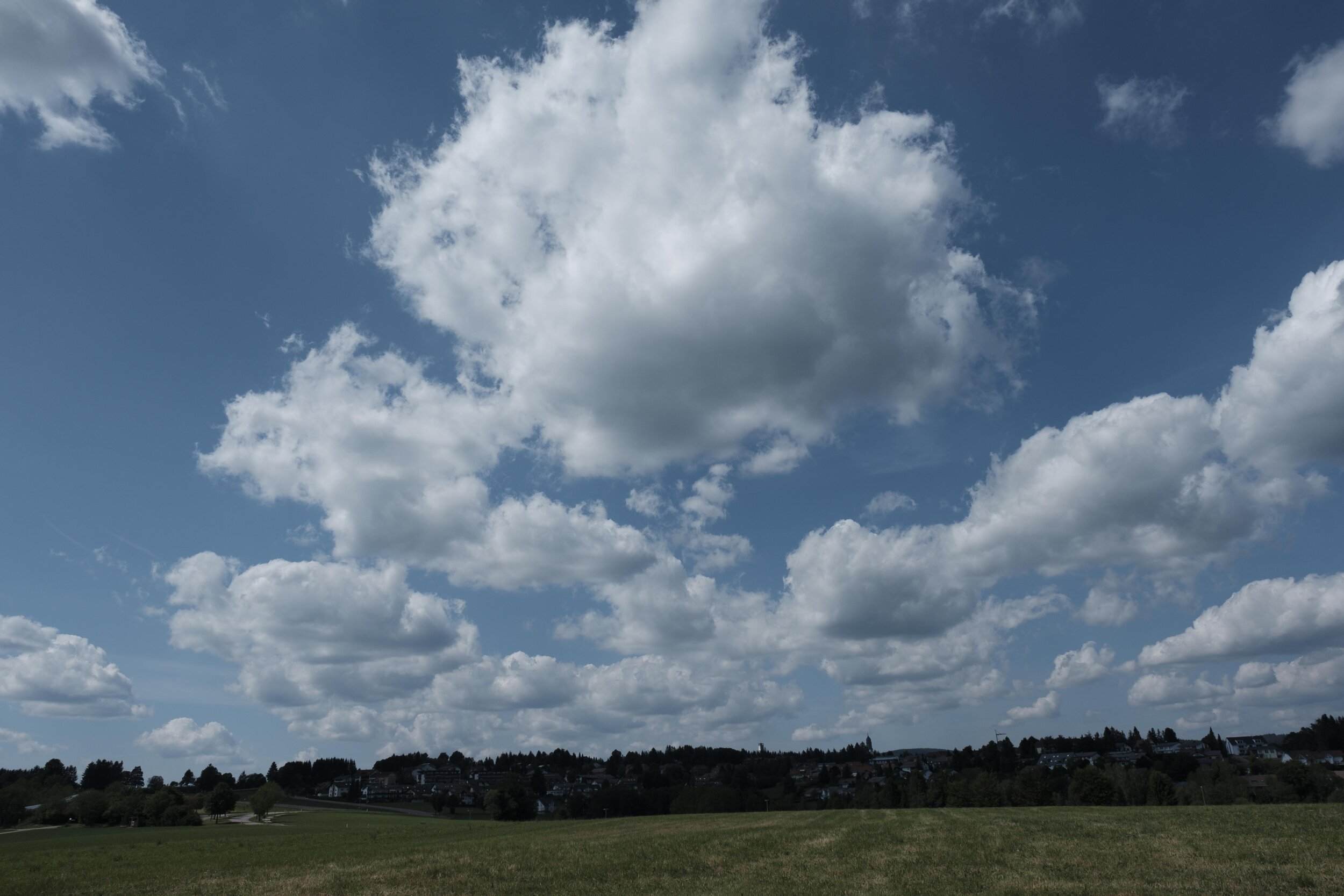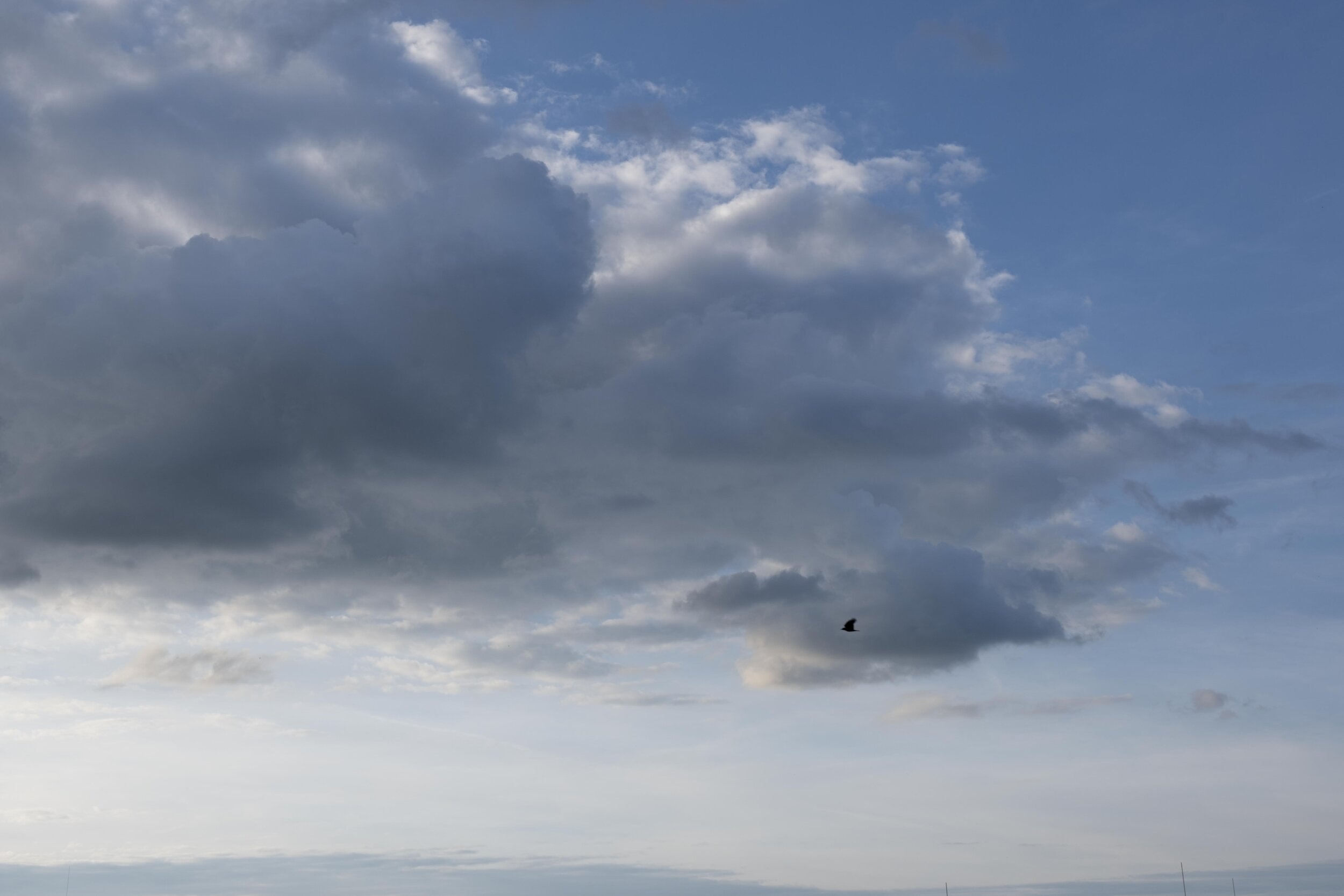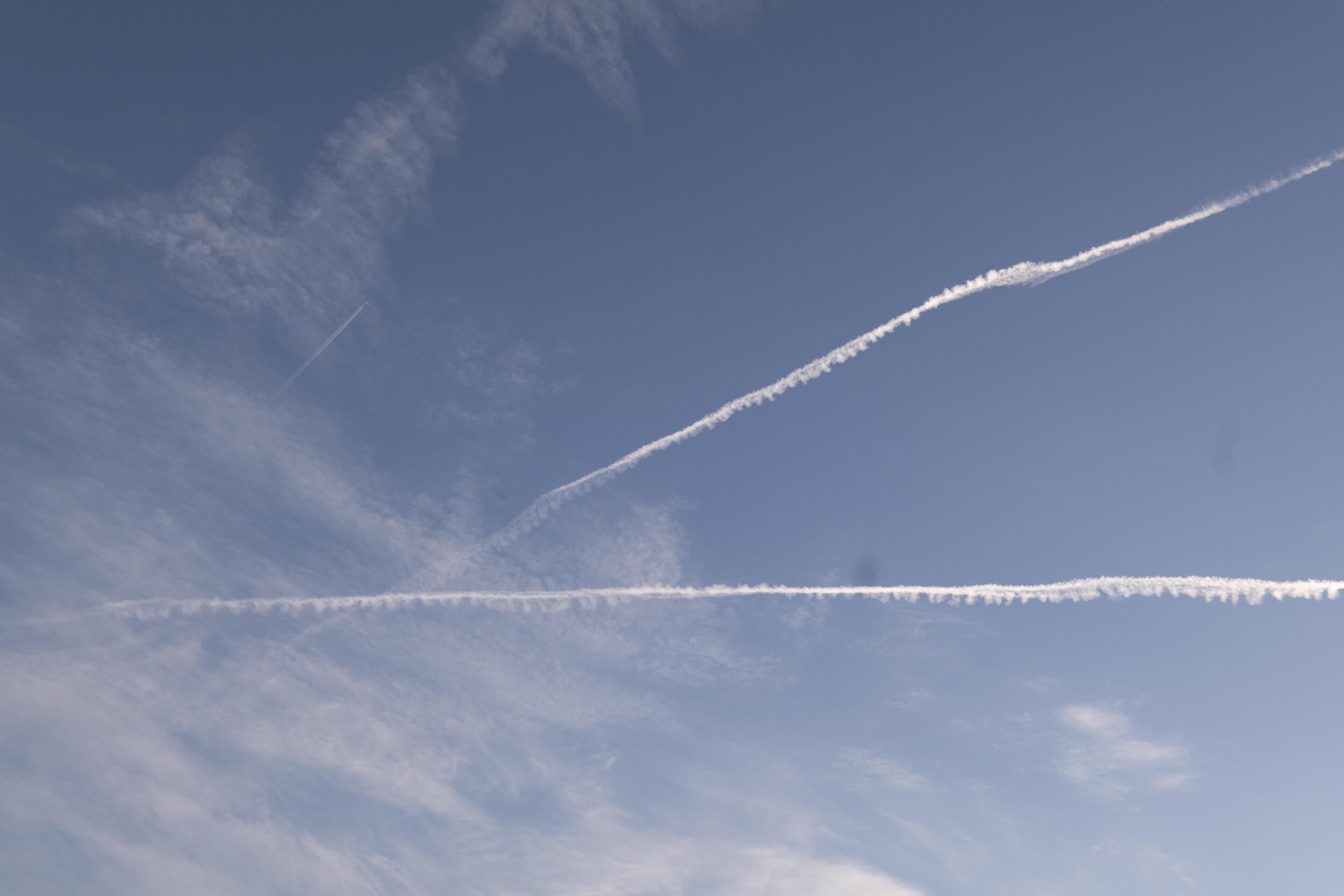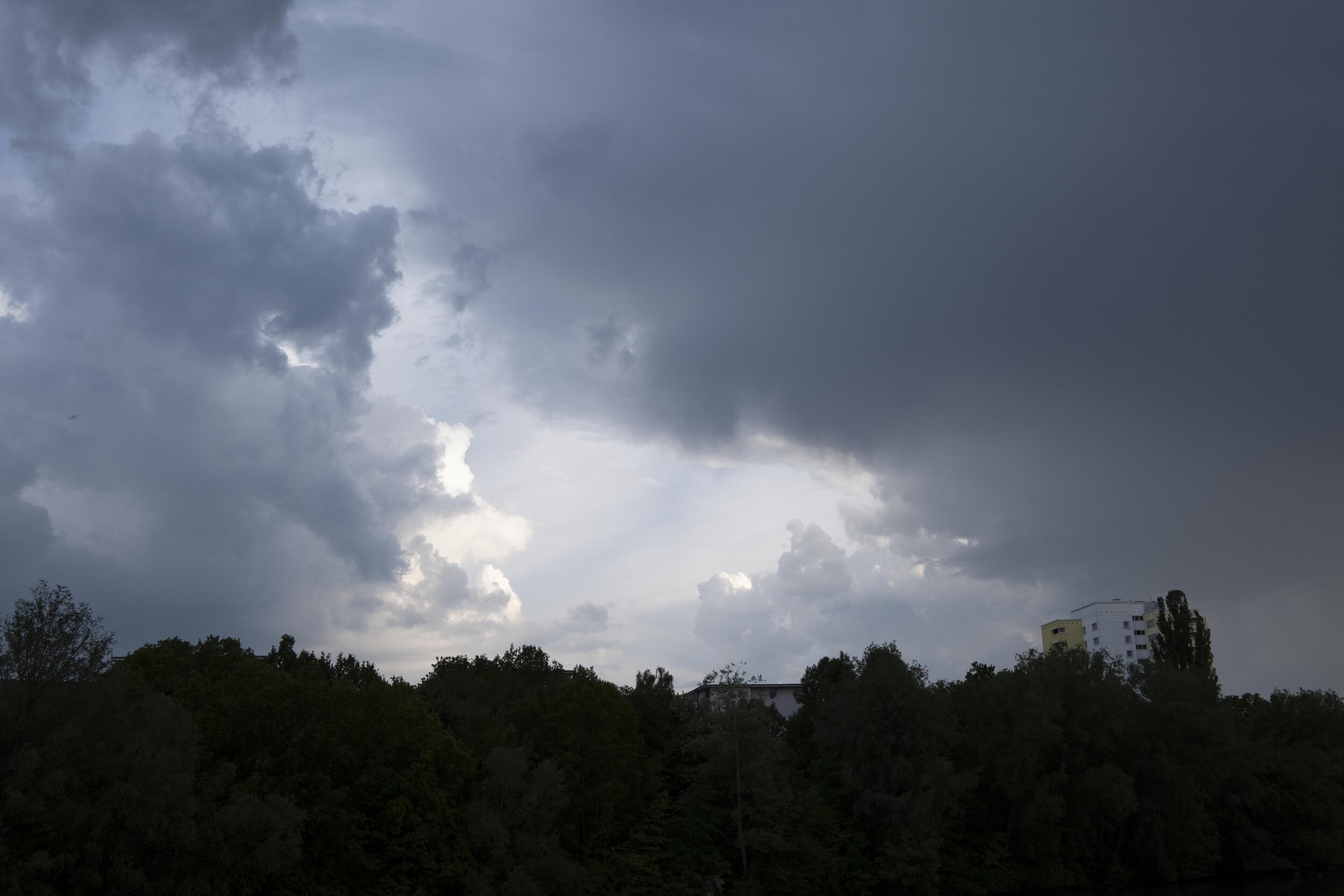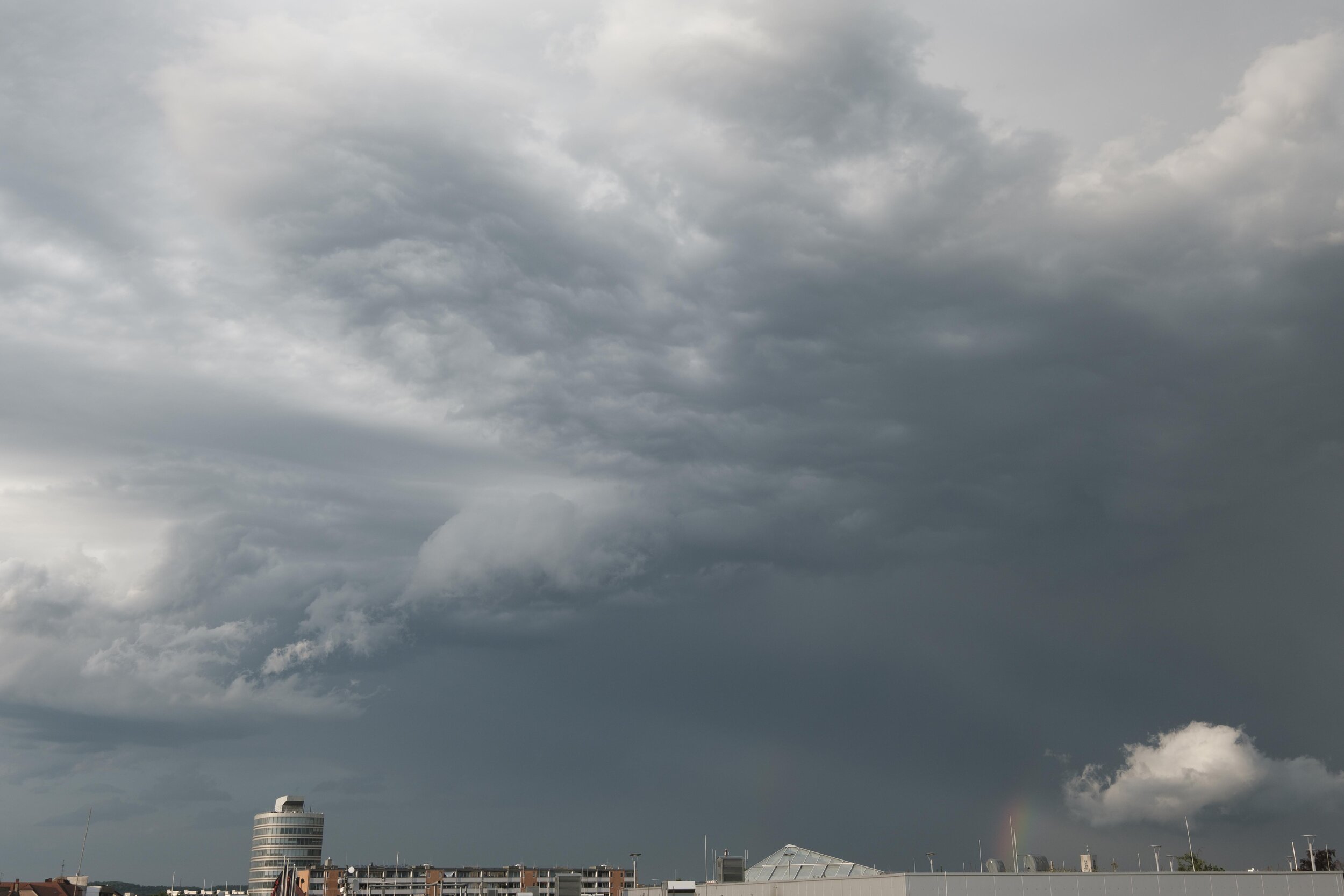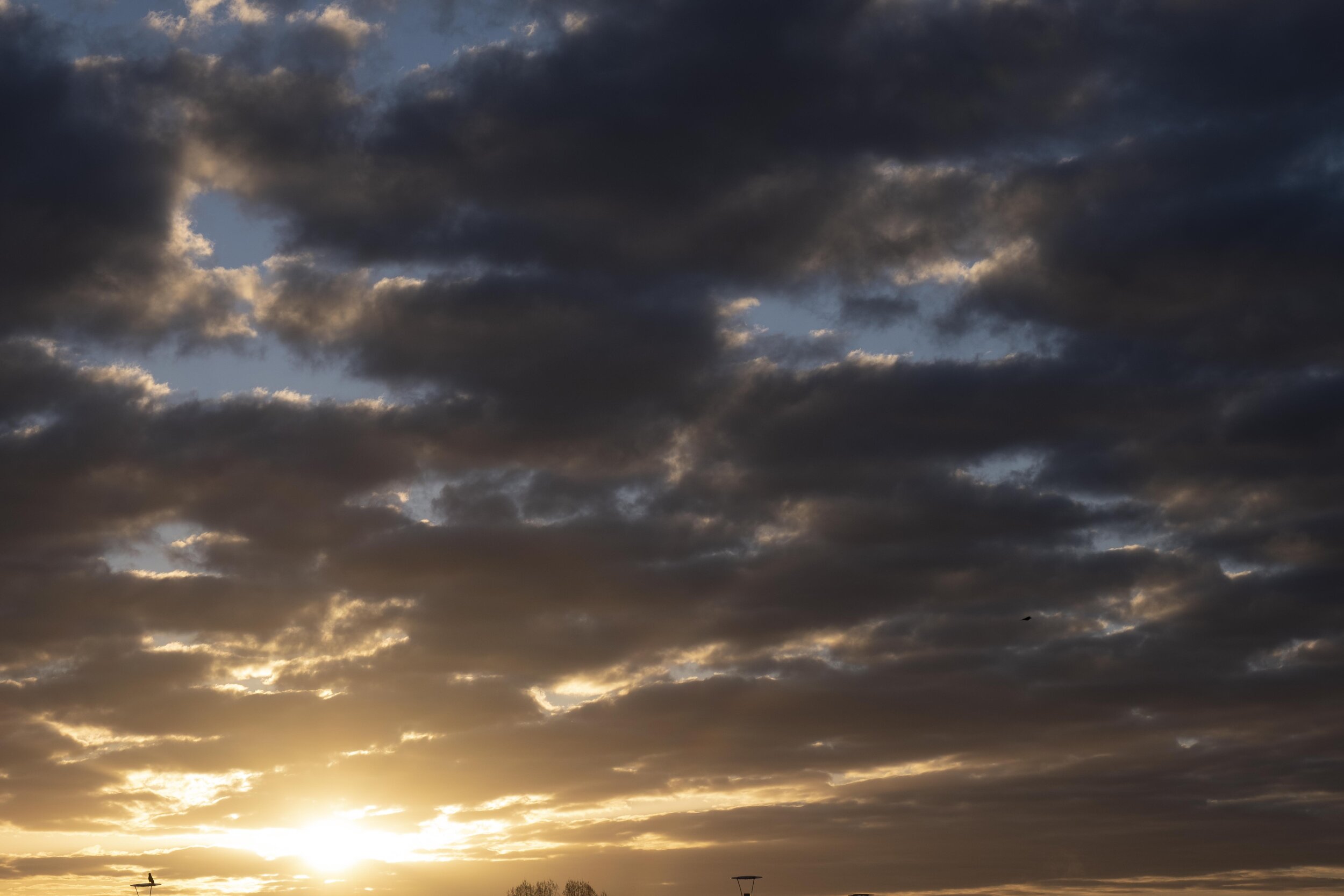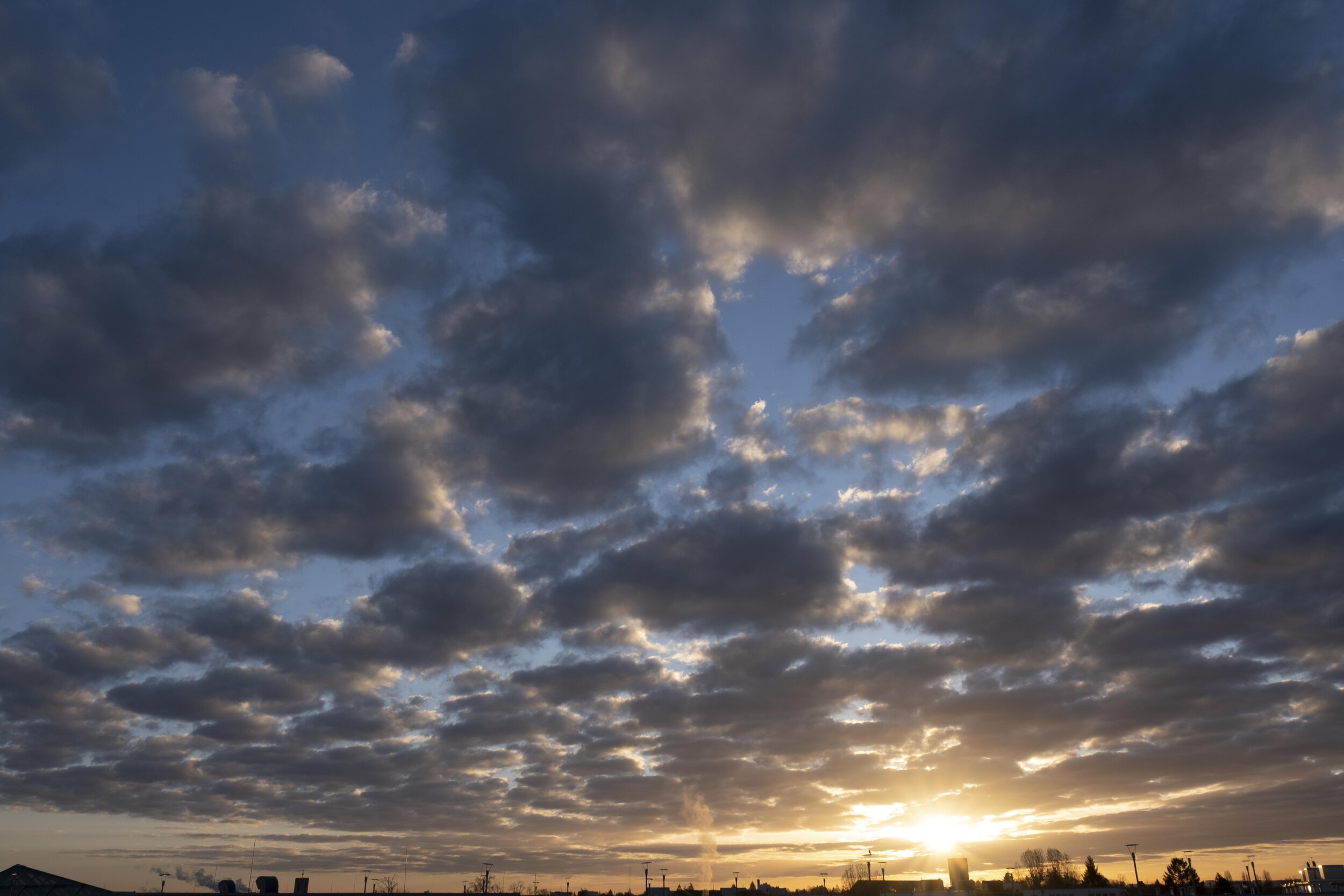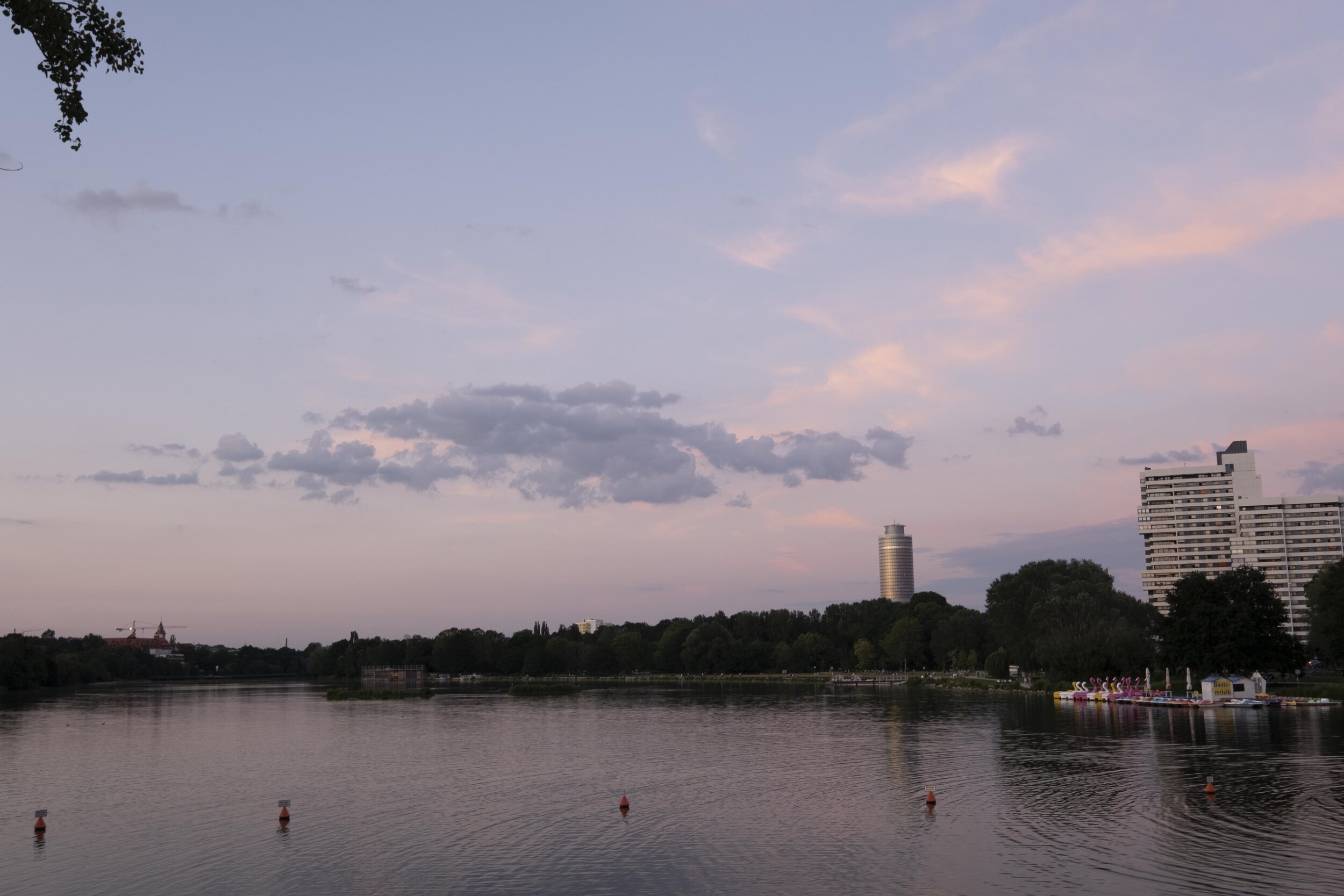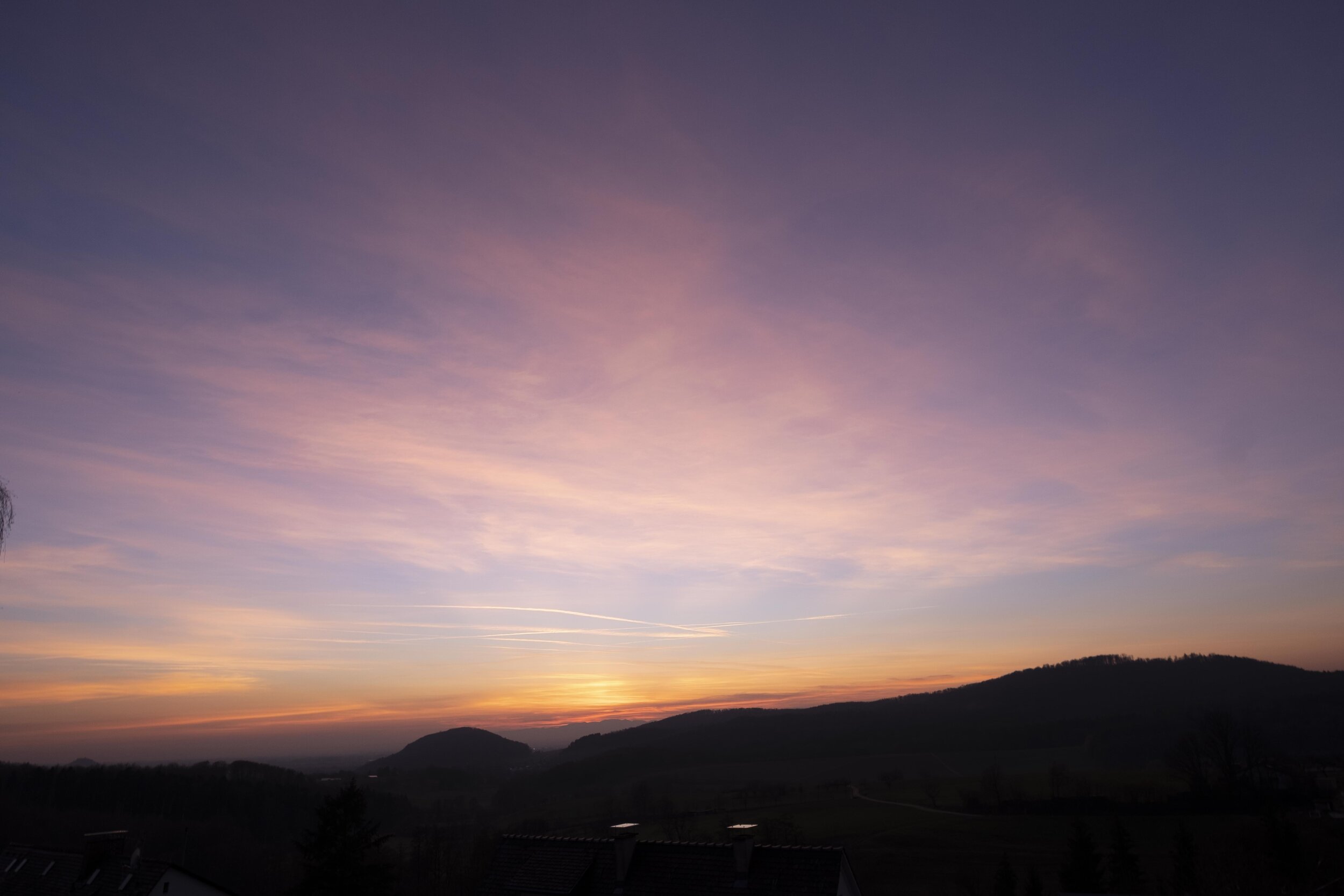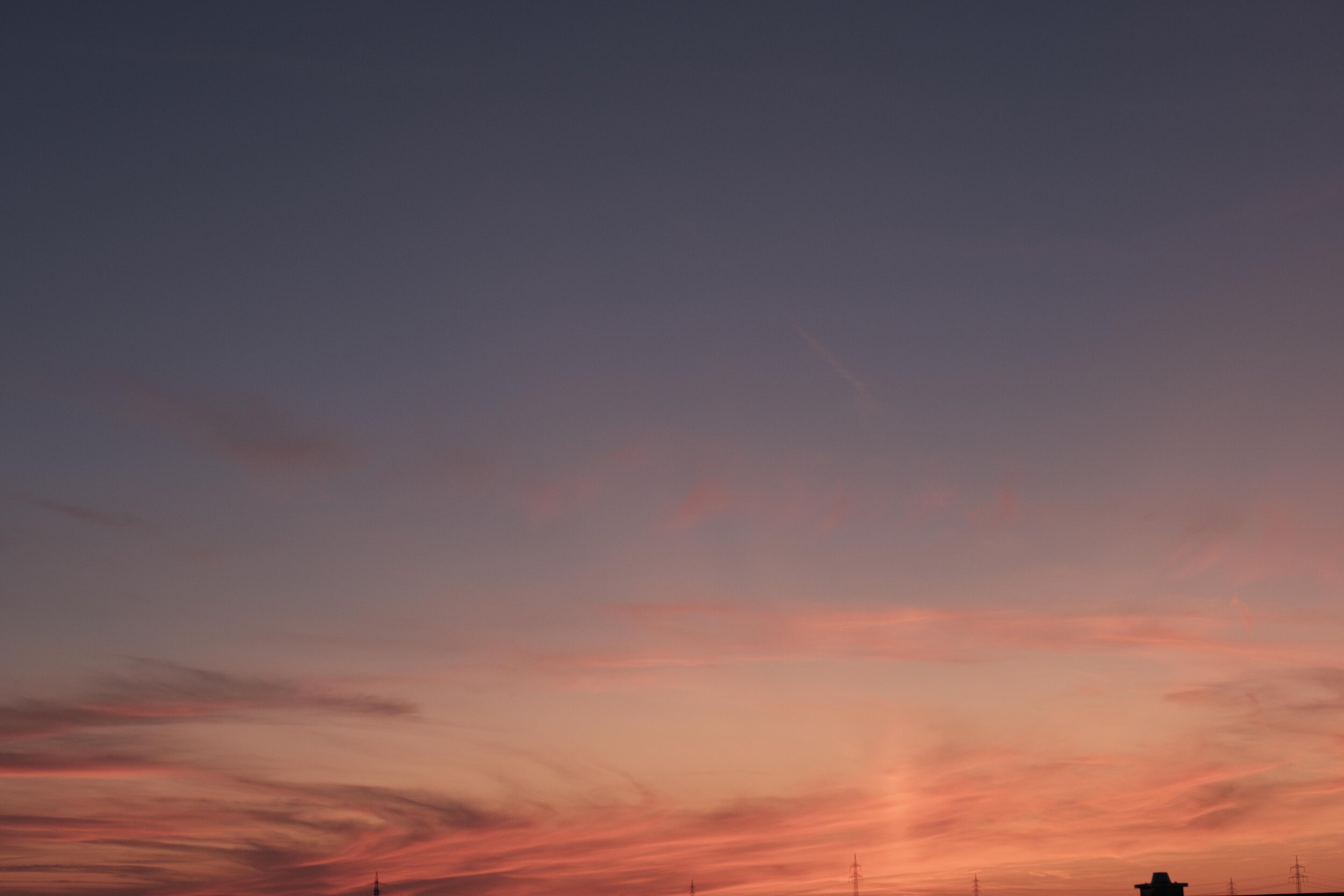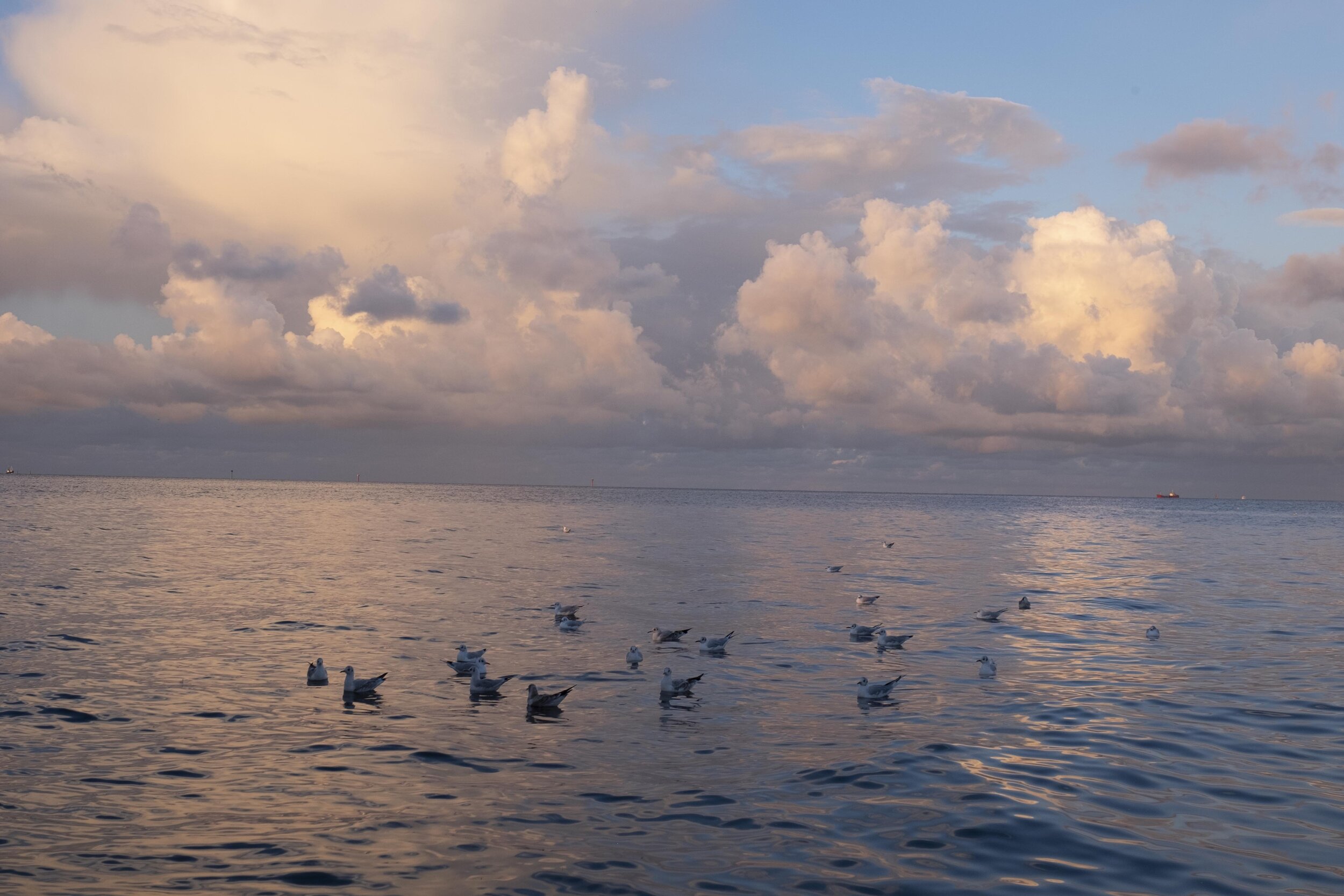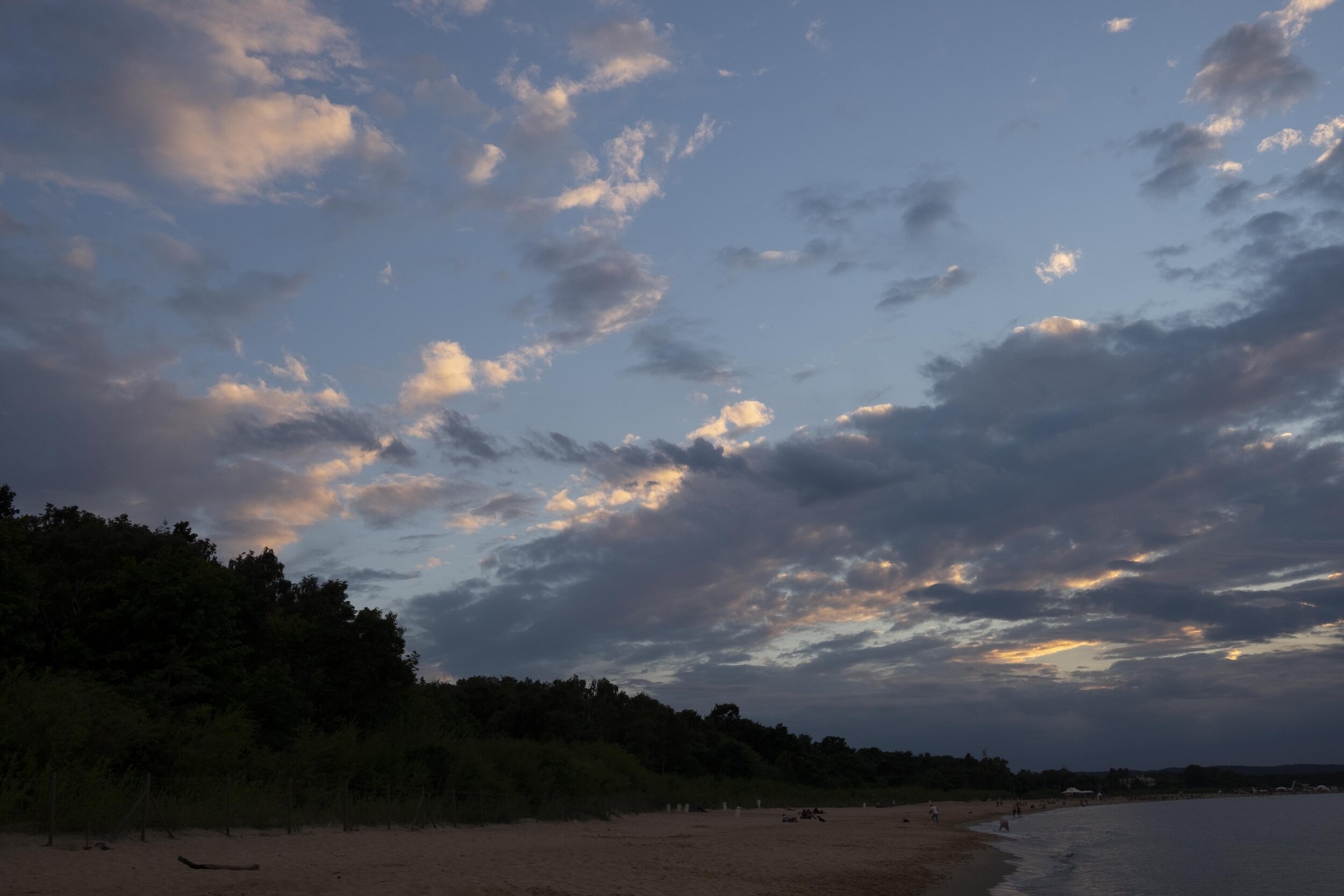Iceland, the dream destination for many; especially for those seeking after gigantic waterfalls, green mossy hills, strong waves, basalt canyons, black sand beaches and - of course - Iceland’s mascot, the super cute puffin. Yes, that is also what I focussed on when I first visited Iceland, back in 2016. This year, I completely shifted my photographic interest to a much lesser known subject matter: Iceland’s architecture.
Hence many of my photo stops, I planned out on Google maps beforehand, were much lesser known. That way, we also stayed away from many tourists and had the spots almost completely to ourselves.
Starting our journey, just as we were riding out of Rejkjavik, I suddenly told my girlfriend to pull over when I saw some glowing objects lurking above the lava field. As we got closer, we stumbled upon some extraterrestrial looking black igloos. I have definitely never seen such constructions - although I have already visited almost all nordic European countries. So of course, I took some pictures to show how well they are embedded into the surrounding lava field. The harmony of nature and complementing architecture will be seen again in this architectural series, as I think it is one of Iceland’s most unique architectural features. As there were some barriers and many signs telling visitors to stay away from the property, I was intimidated. So I considered it to be some sort of military facility. In reality, I just found out as I was writing the article that this is the Aurora Borealis Basecamp, a facility for observing the Northern lights, which is now covered by a tent due to the off-season.
But then, it was high-time to really start our journey along the ring road! Our first planned architectural photo spot was one day later at the Ólafsvíkurkirkja on the Snæfellsnes peninsula in North West Iceland.
This beautifully designed is situated on a hill of the village of Ólafsvík, overlooking the beautiful nearby fjord. To give you some facts, the church was consecrated in 1967, making it Iceland’s first modern church. Still, it looks almost newly built and extremely modern. When photographing it, I actually loved how representative these shots were for Iceland's weather and climate: On the left side, it is plain white and grey, while on the right side you can see the blue sky lurking through the white carpet of clouds, but still mixed with dark stormy clouds. So it is true what they say: Wait for 10 minutes if you don’t like the weather in Iceland. In that case, I didn't wait, because I liked the weather. ;) Btw: My girlfriend’s first association when seeing this church was a swan. I really liked that!
Continuing our journey clockwise around the ring road - which is untypical - we stopped at this fantastic place. There, we could see the blue sky for the first time after almost one week in Iceland! (- before our travel along the ring road, we hiked 50km through Iceland’s highlands with a tent, but that’s another story)! Before photographing this beautifully designed concrete church, we just sat down, let the sun shine in our faces while leaning against the warm concrete walls. What a blessing!
The Blönduóskirkja, this concrete church, shows perfectly how you can combine many different shapes and patterns into one building: Concrete in rectangular and circular shapes complementing and contrasting each other, mixed with dark wooden doors and big translucent glass window panes. (The only thing I don’t like are the round skylights mushrooming up from the grass. Other than that, the building is just a beautiful artwork of modern architecture!). Originally, the church was designed and built by Dr. Maggi Jónsson and was consecrated in 1993. As probably every Icelandic church, this church has been rebuilt as well, so there are items to be found from the old church that adorn the new one. The architect was inspired by the surrounding mountains and the nearby fjord, the Húnafjörður.
Just an hour later along the ringroad, we stopped again to discover a completely new side of Iceland’s architecture: Historical and traditional Icelandic architecture at the beautiful village of Glaumbær, where we could see traditional turf houses and the beautifully situated Glaumbærkirkja. The turf houses are a preserved historic farm. Nowadays, it is a museum, as Snorri Þorfinnsson and his parents lived here, in the 11th century (around 1010). Snorri is said to be the first European to be born in America while his parents were there on exploration, even long before Columbus discovered America.
Snorri also built the first church at Glaumbær. Further, he was known as one of two men considered to be responsible for the Christianisation of Iceland. . The church of Glaumbær, the Glaumbæjarkirkja is made of stone. It was built in 1925-1926 and renovated inside in 1994. Its predecessors were made of wood and most with turf walls to protect against wind and cold. They stood a little east of the present church. The last wooden church stood on the other side road on the embankment, opposite the town gate, from 1870 to 1923. It was rather small but with a dome. It broke and partially fell "down to the field" in 1930 due to extreme weather.
Only 7 minutes away by car, you can also admire another Shire-like scenery: The Víðimýrarkirkja, a turf house church. The church was built in 1834 by Jón Samsonarson MP. The gate entrance dates back to 1936, the last time the turf church was refurbished. The last repairs took place in 1976 and again in 1997-1998, although the turf has to be regularly renewed. The timber is original though. The building material is turf from the land of Víðimýri and driftwood from Skagi. There has been a church at Víðimýr since the adoption of Christianity in Iceland around the year 1000. The church was dedicated to the Virgin Mary and the Apostle Peter during Catholicism in Iceland.
The last spot of my architectural photography series was in North East Iceland.: The Vök Baths. These uniquely built piece of modern architecture was to be photographed best from the bird’s perspective, as it perfectly shows how beautifully it is embedded into its surrounding landscape. From ground level, you even have a tough time finding the entrance, if it was not for the parking lot., as it is perfectly hidden inside the mossy hills.
The Vök Baths were built by the Icelandic architects from Basalt Architects. The baths are a geothermal destination opened in July 2019 on the beautiful Lake Urriðavatn in East Iceland. Located only 5-kilometres northwest of Egilsstaðir, the largest settlement in the East, Vök Baths is an essential stop on any visit to this part of the country. The baths harness the geothermal power of the region to create a unique bathing experience with amazing views of the rest of the lake and the surrounding area. While taking a bath in differently temperated pools, you can fully immerse yourself in Iceland’s unique and untouched landscape and become one with nature at the country’s first series of geothermal floating pools.
And as we were heading back to Rejkjavik, we got super lucky! On our second last day of our 14 days trip to Iceland, we heard the news of the Fagradalsfjall erupting again. So it was absolutely clear that we had to make this once-in-a-lifetime experience. While my girlfriend was driving, I researched all possible hiking routes to the eruption site, which wasn't very easy to figure out, since the Icelandic government wanted to make sure that it is safe, before tourists started flocking there. After a very long day on the road, we went on this hike just right on time to reach the eruption site during sunset. That was definitely an unforgettable highlight of this trip, also because we walked on the crunchiest surface of all time and cut our shoes open, partially. " Come properly equipped" they said. Oops! Anyway, we made it back safely, so I could bring home some bonus shots of this beautiful event that I also want to share with you.




